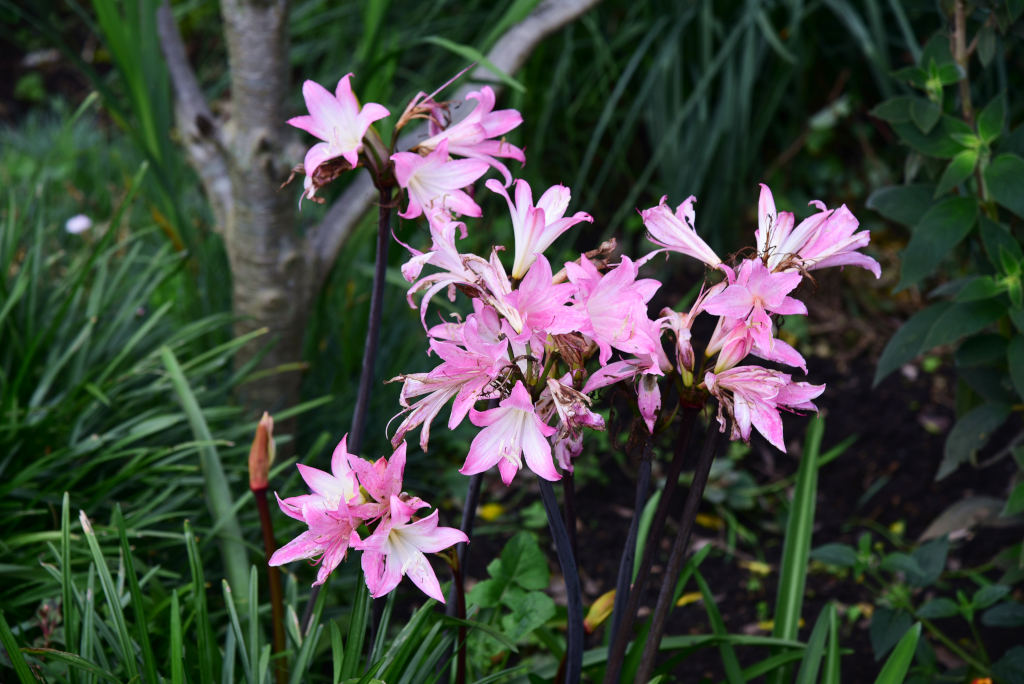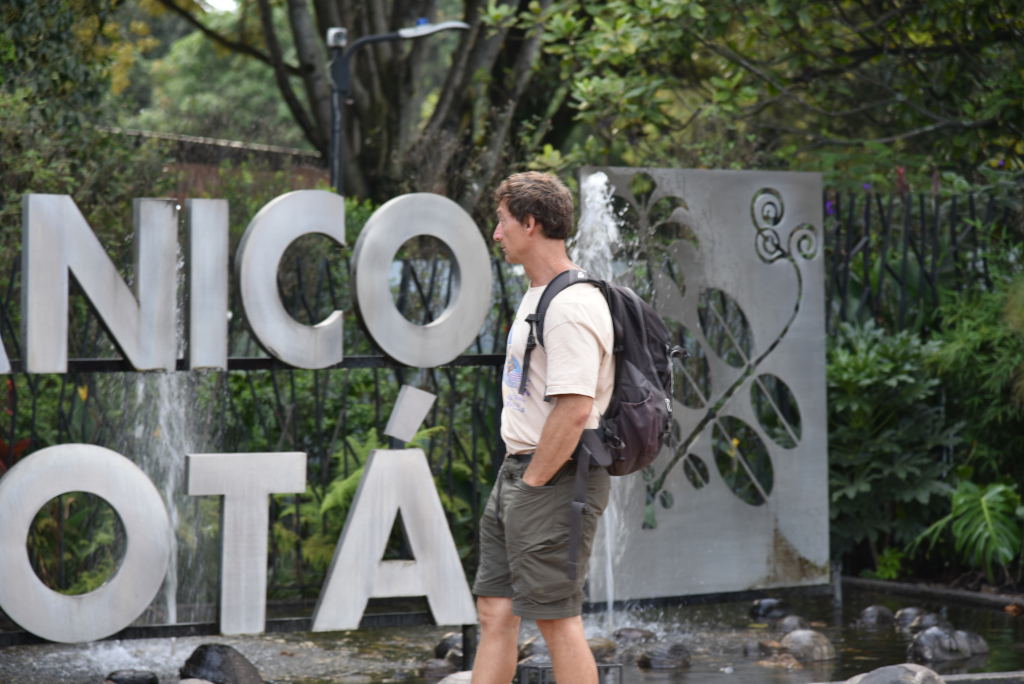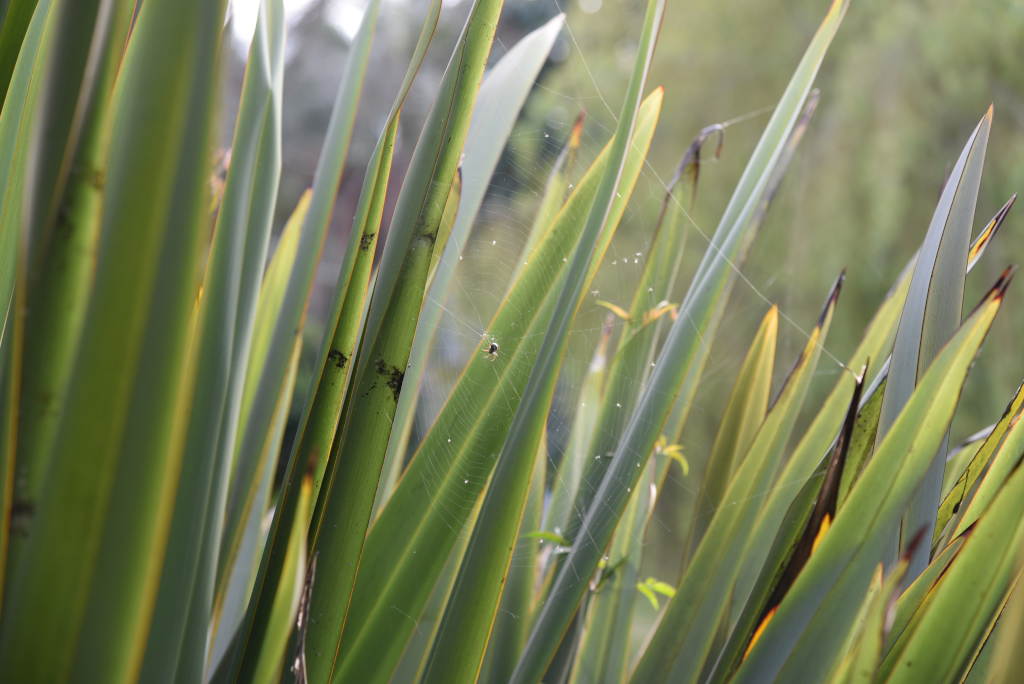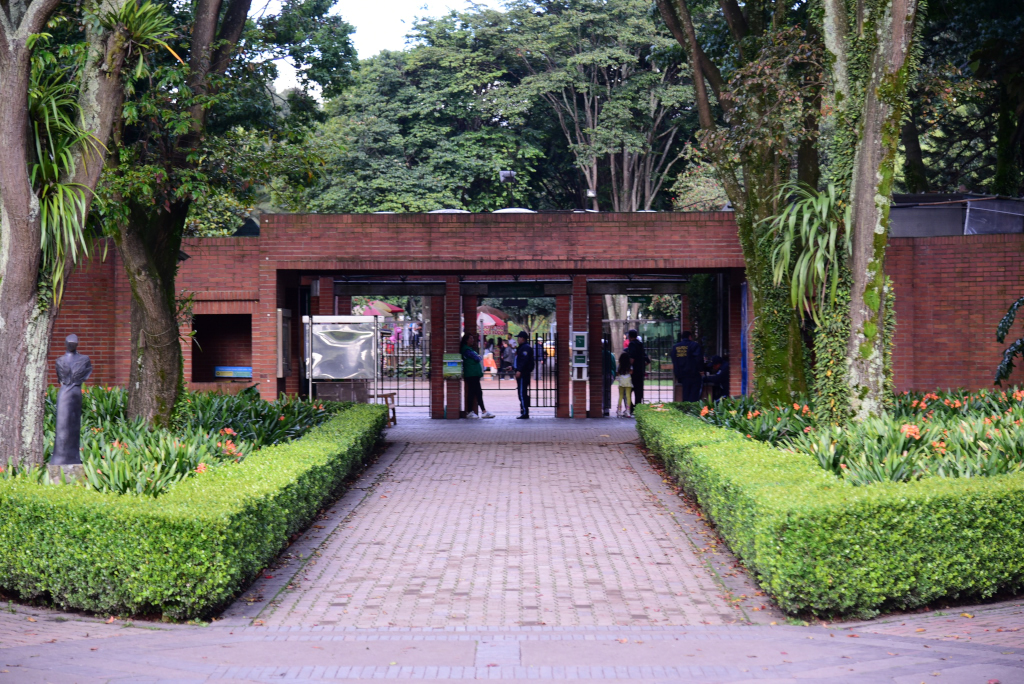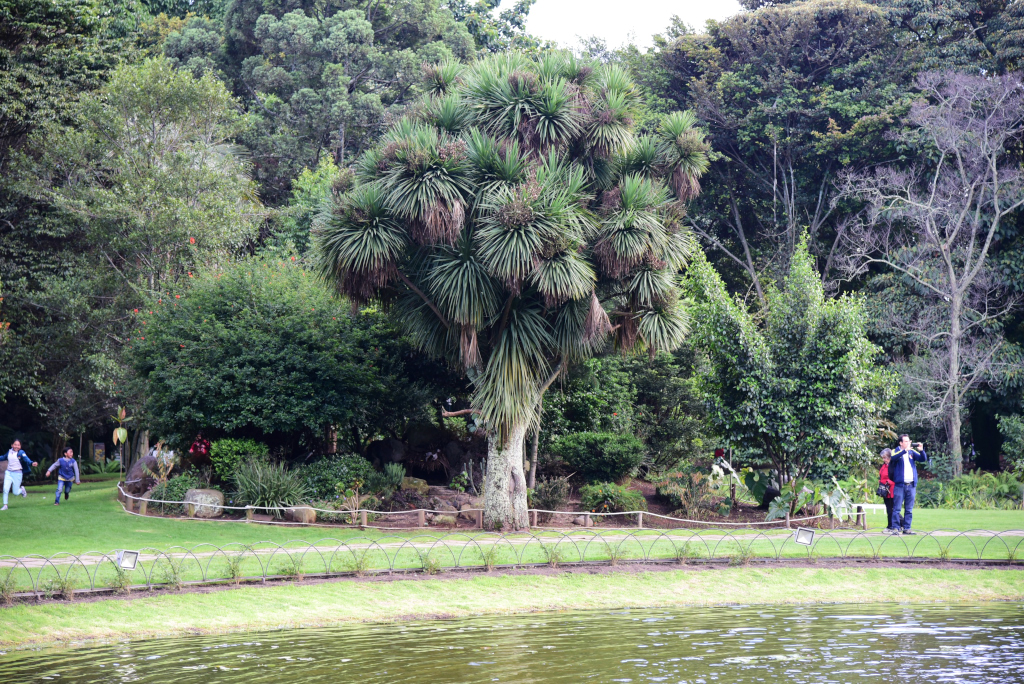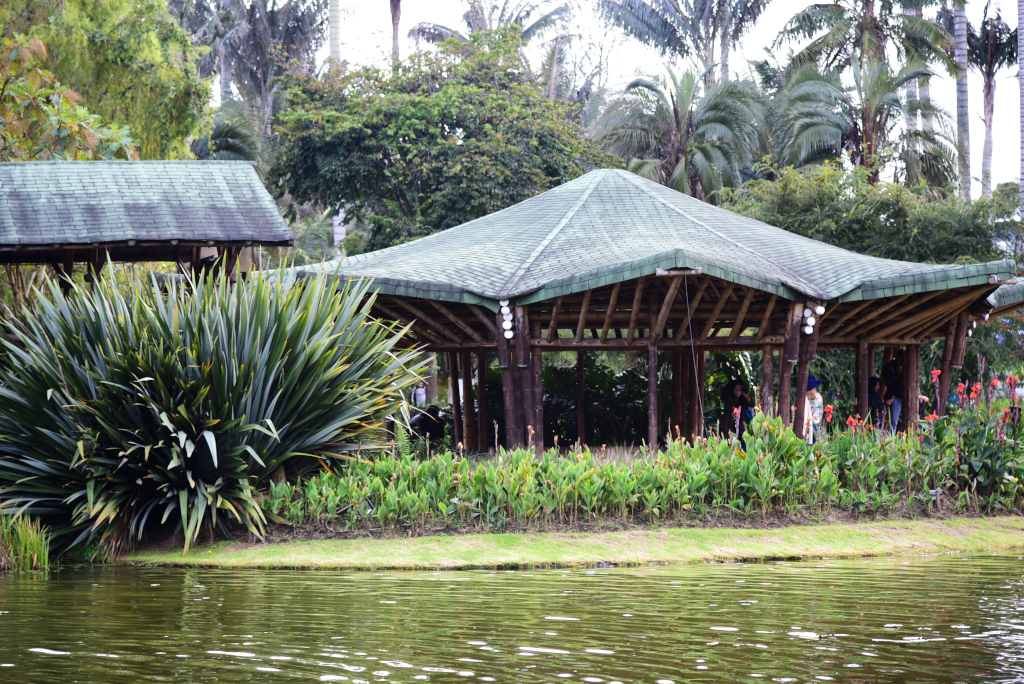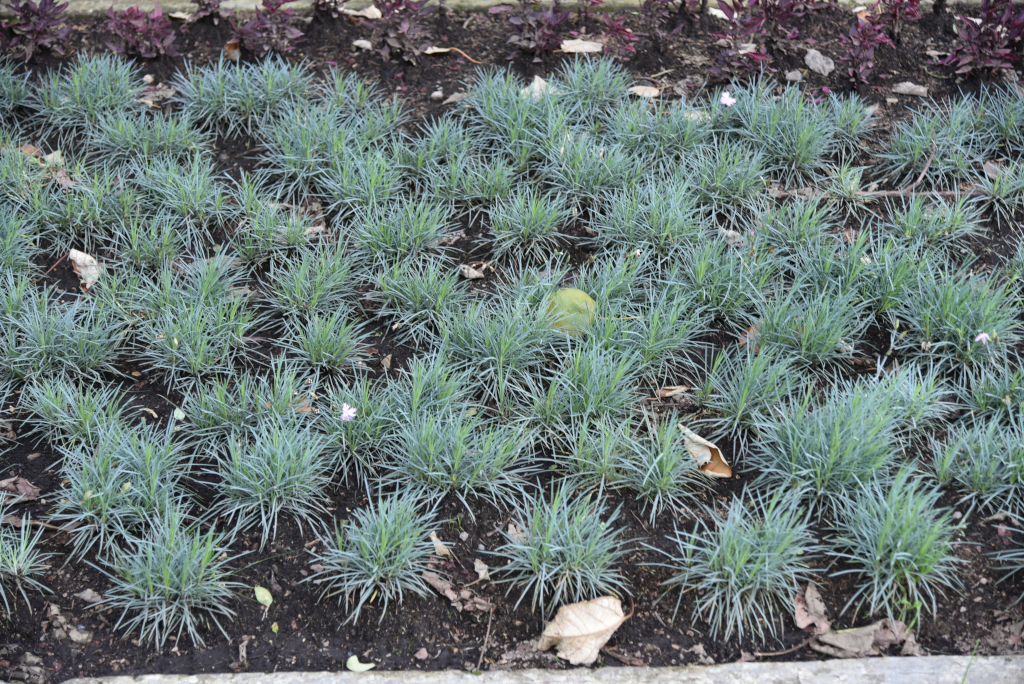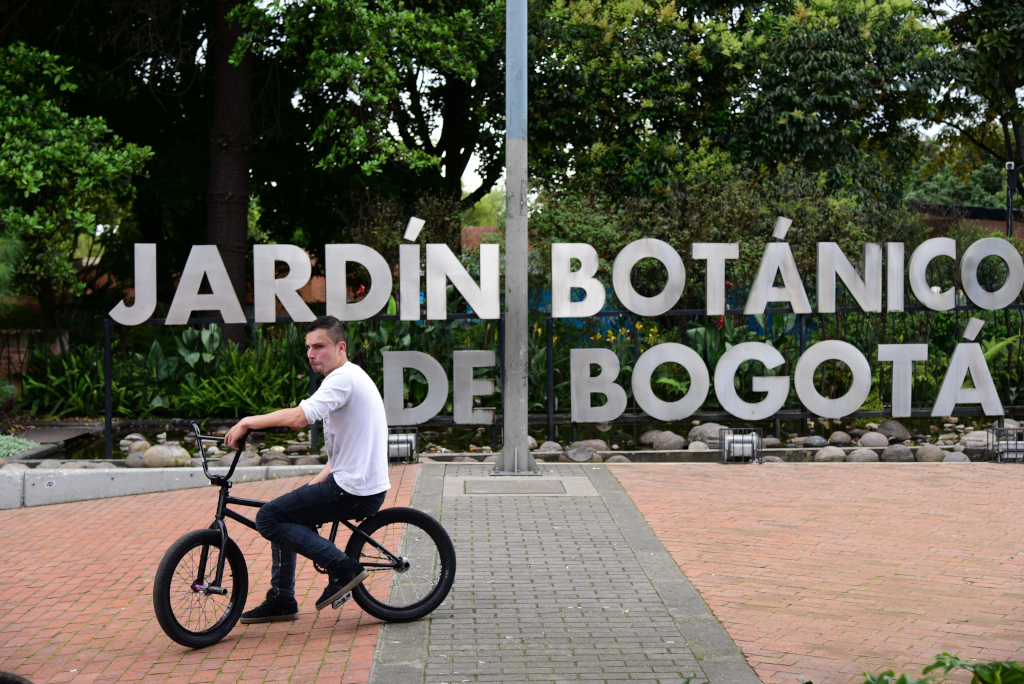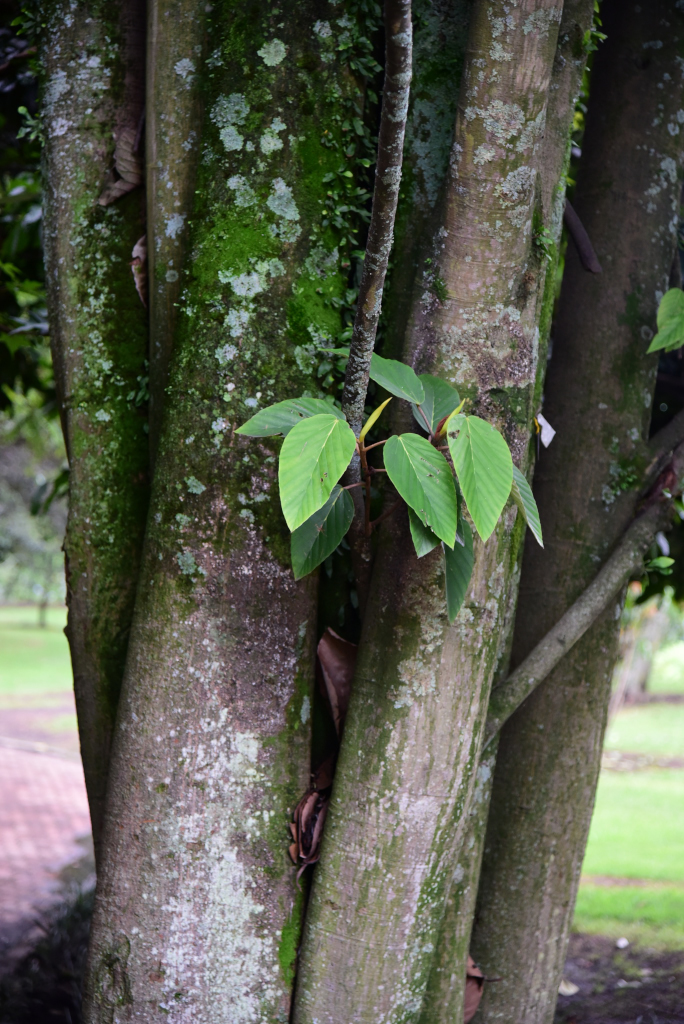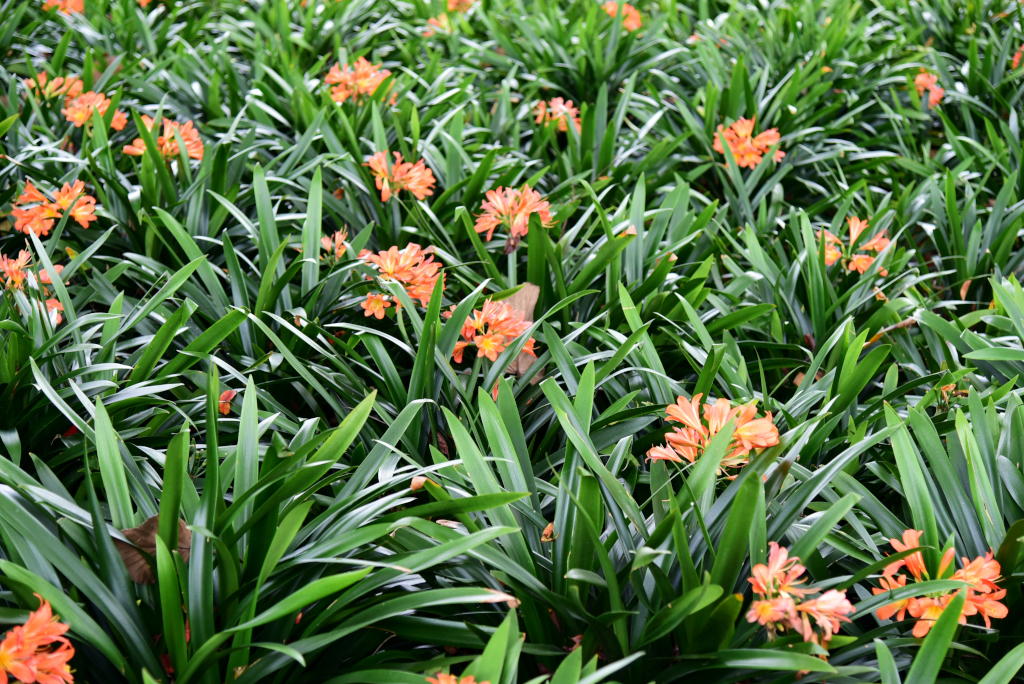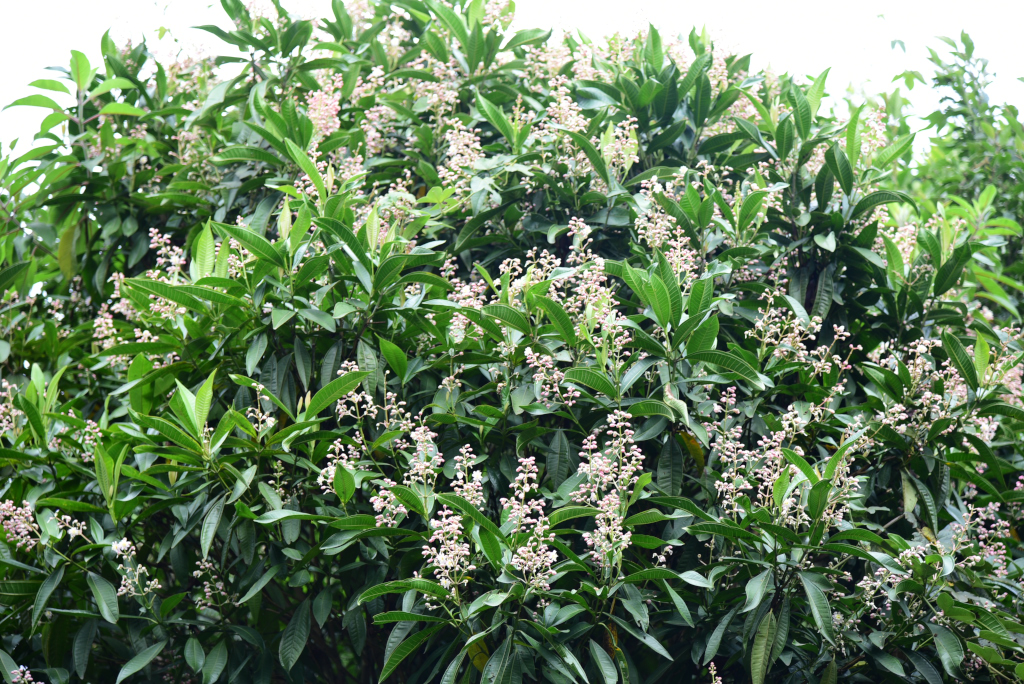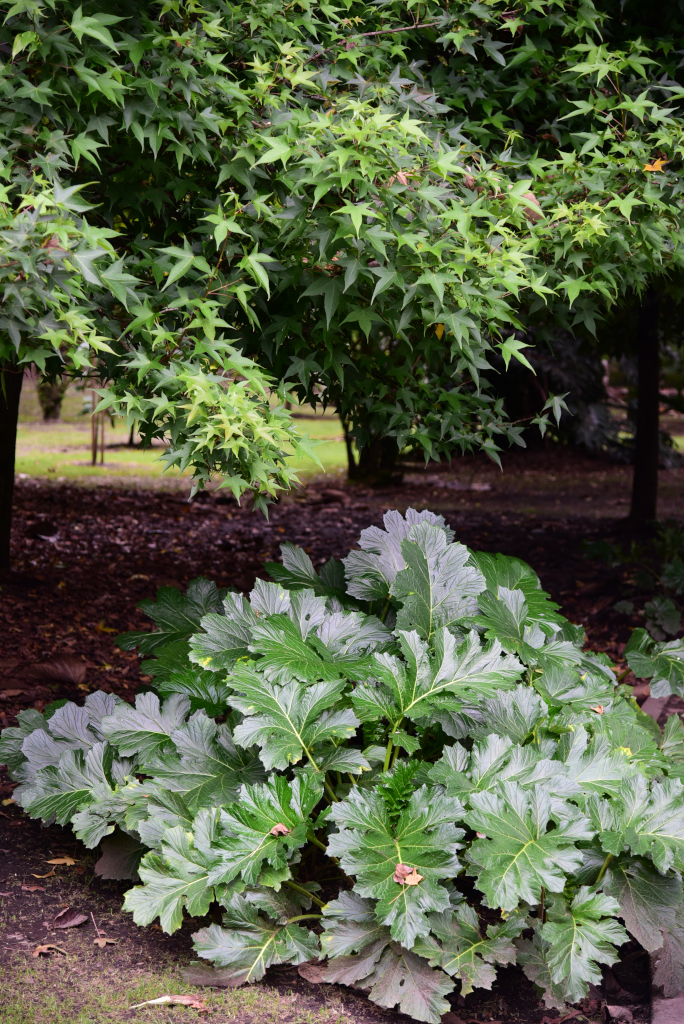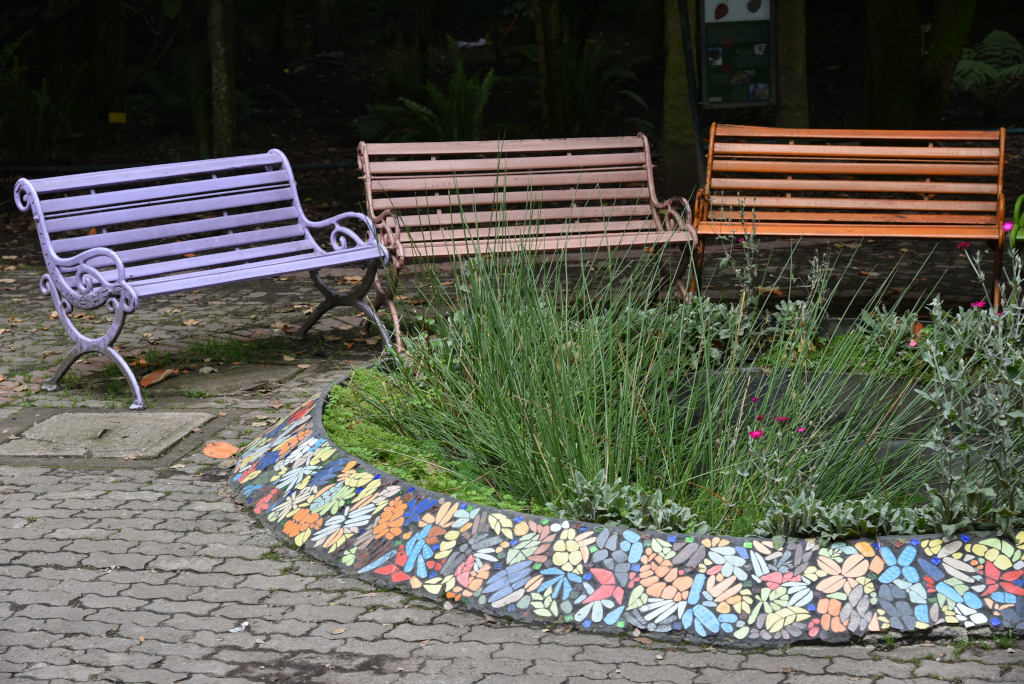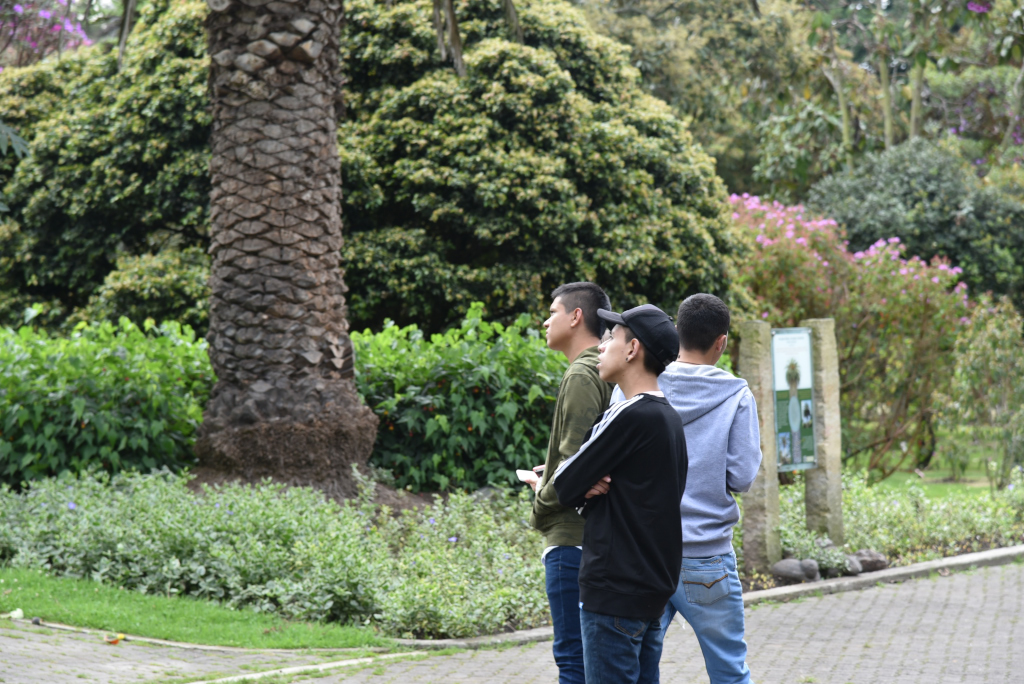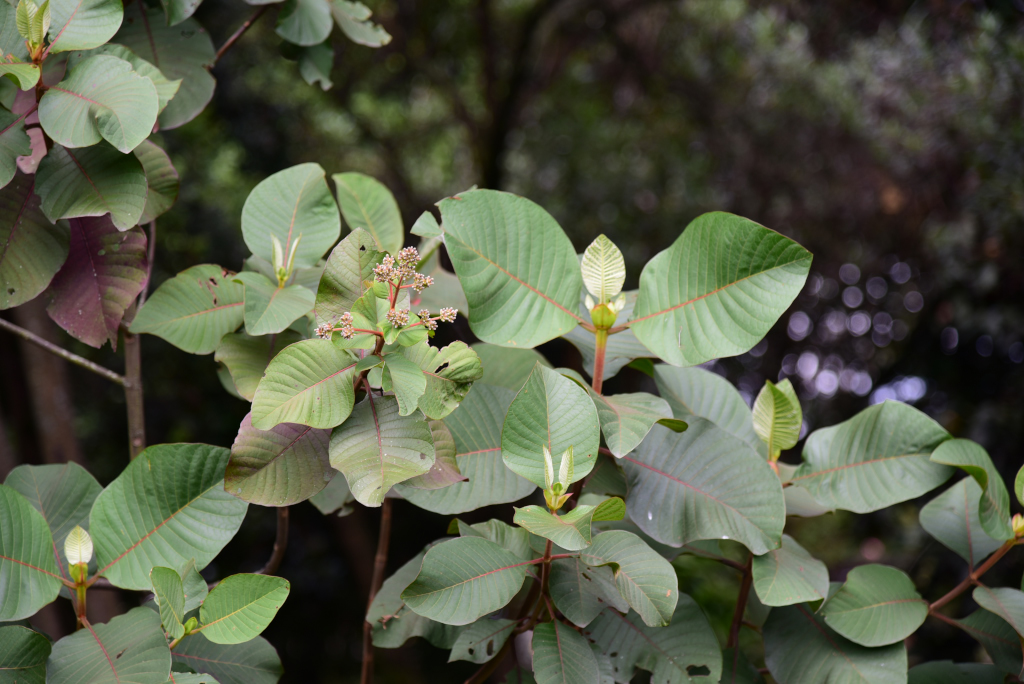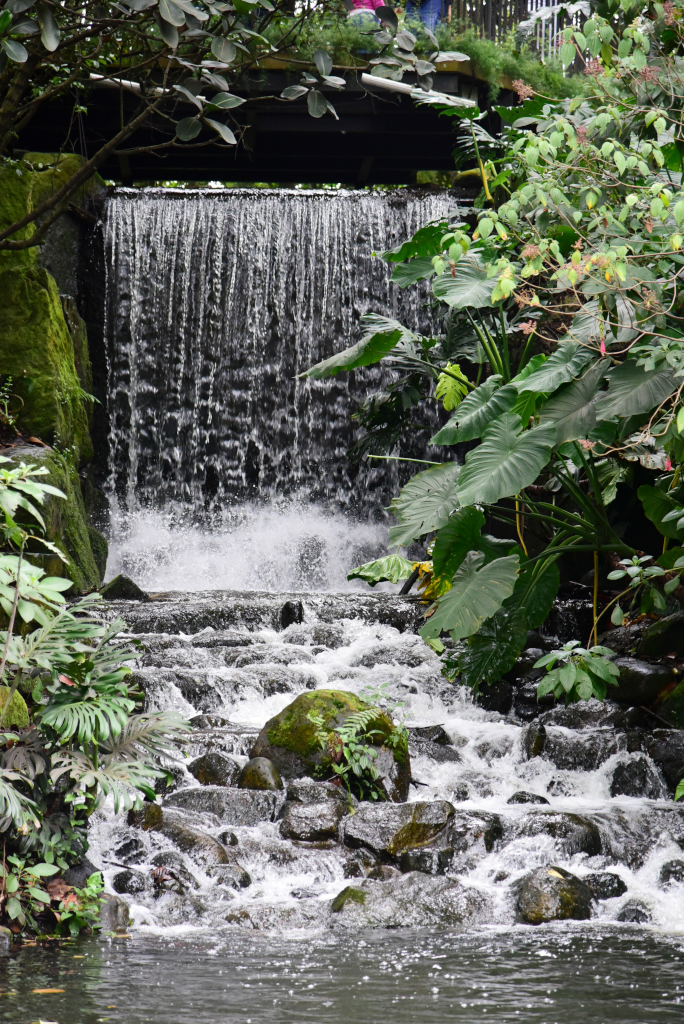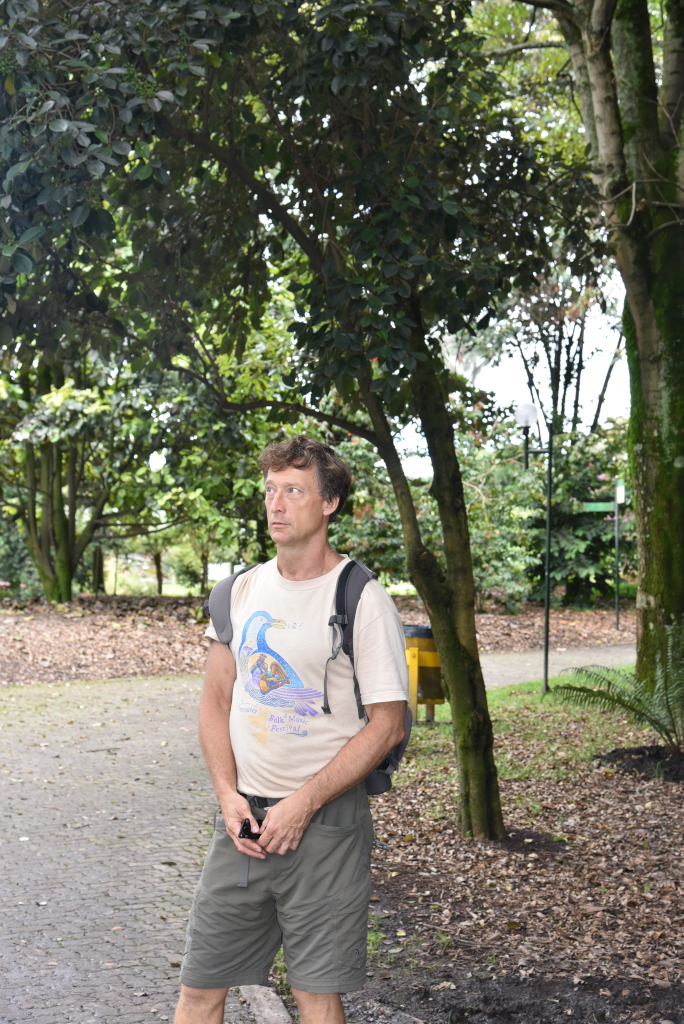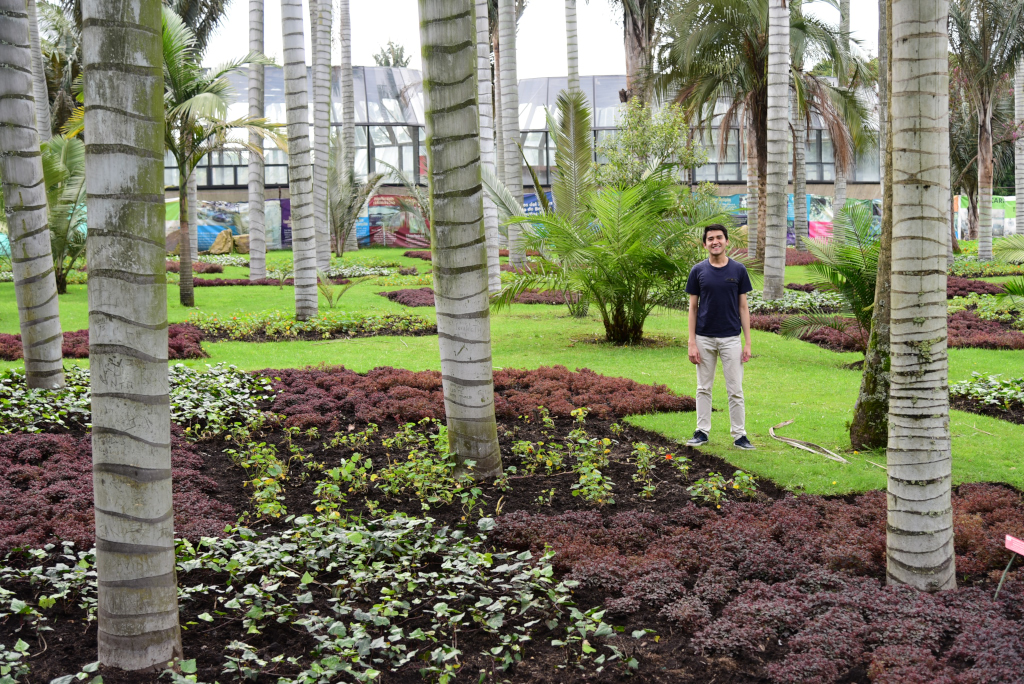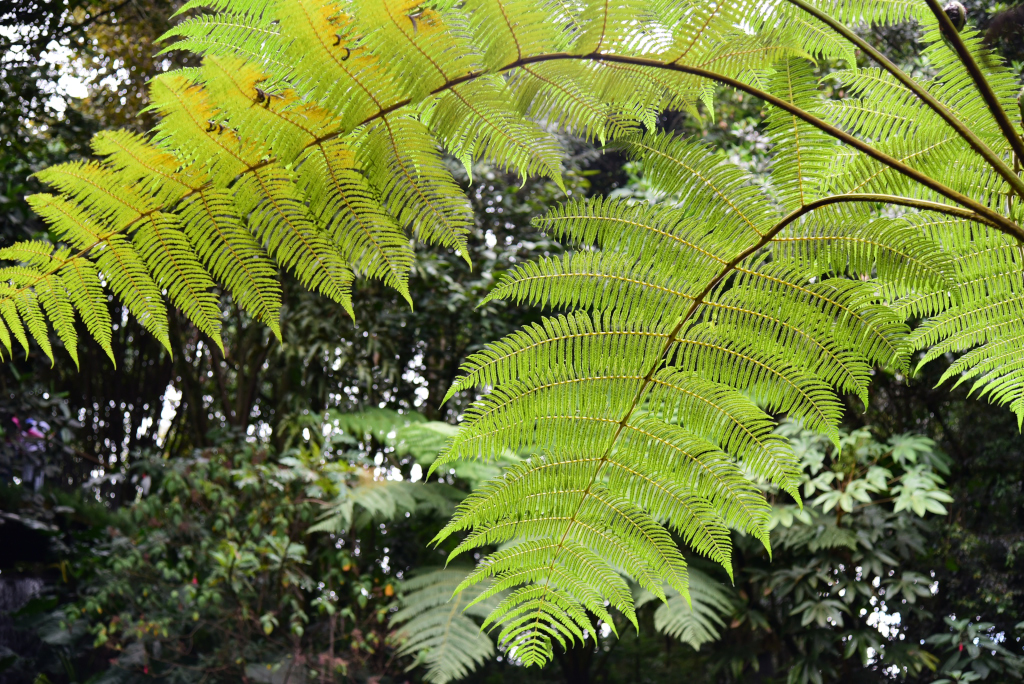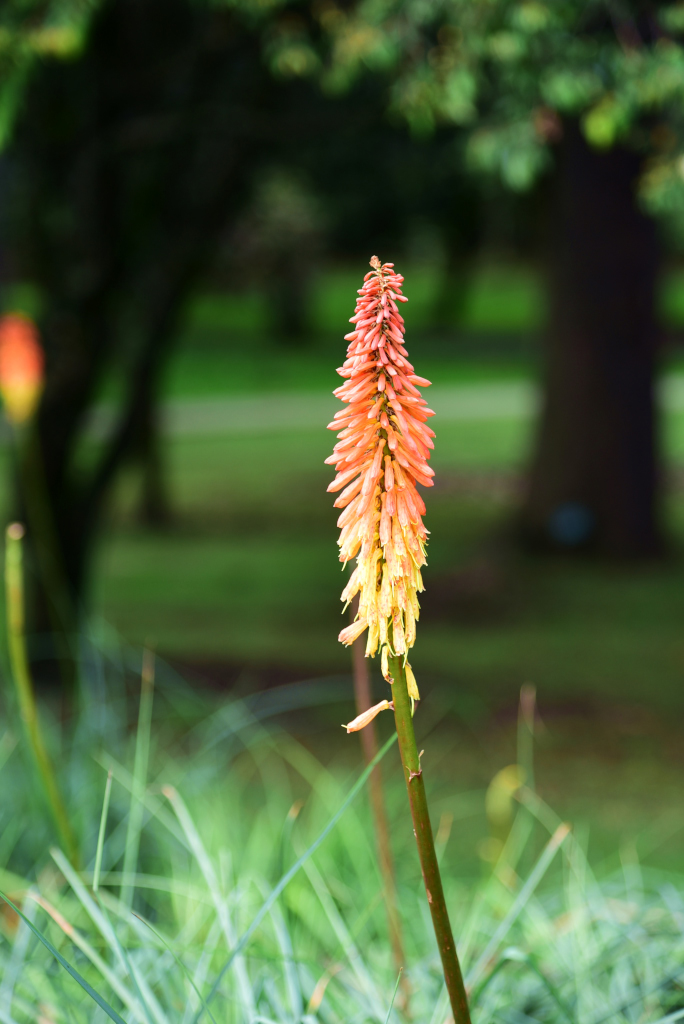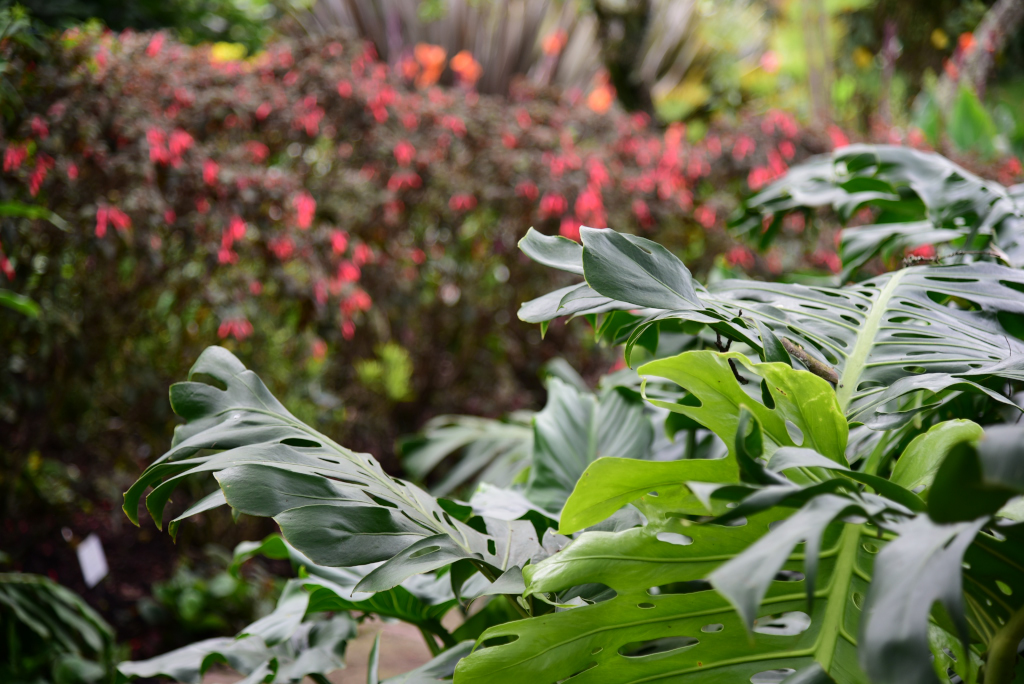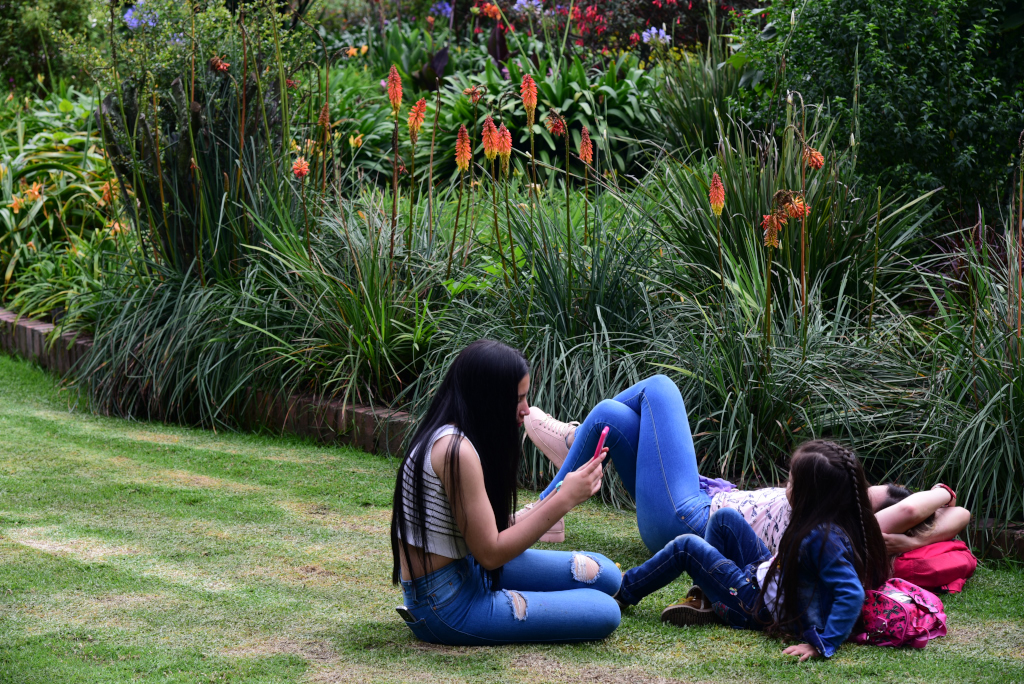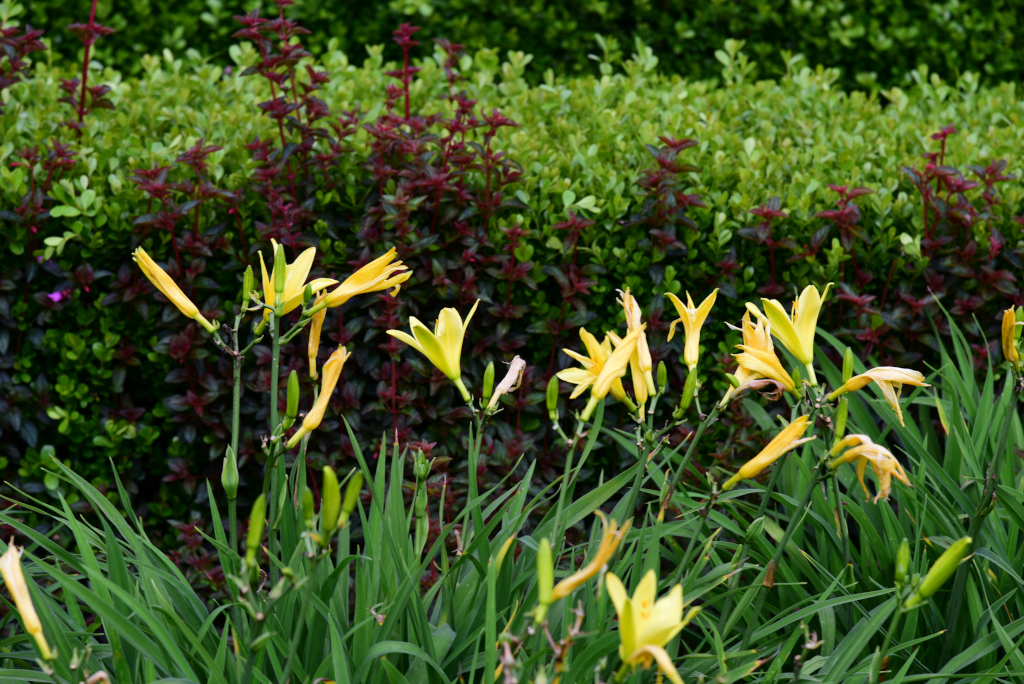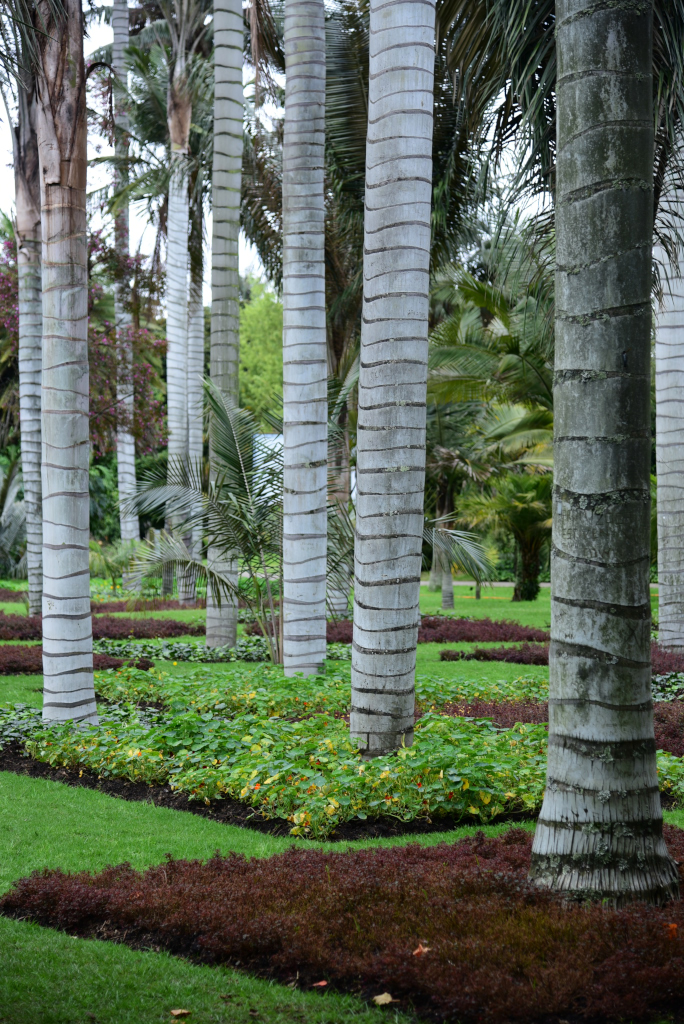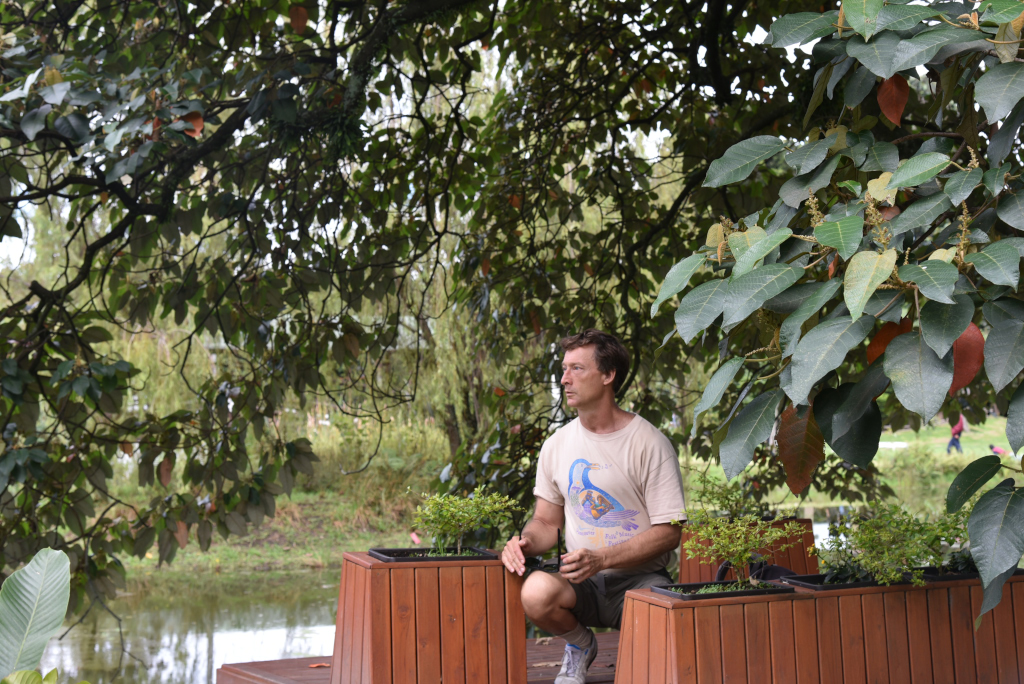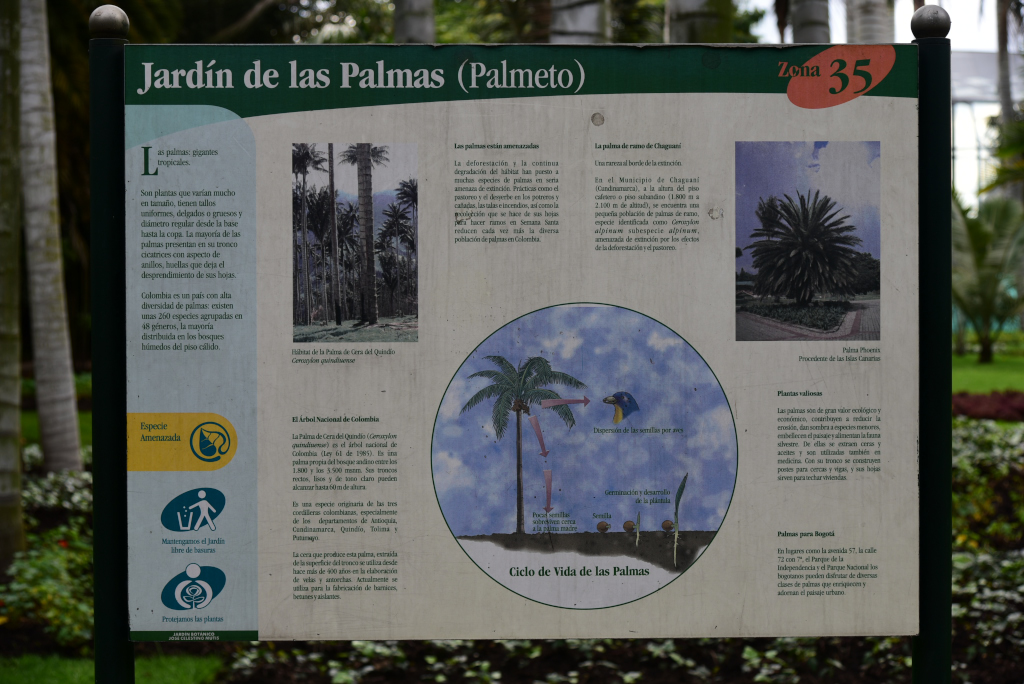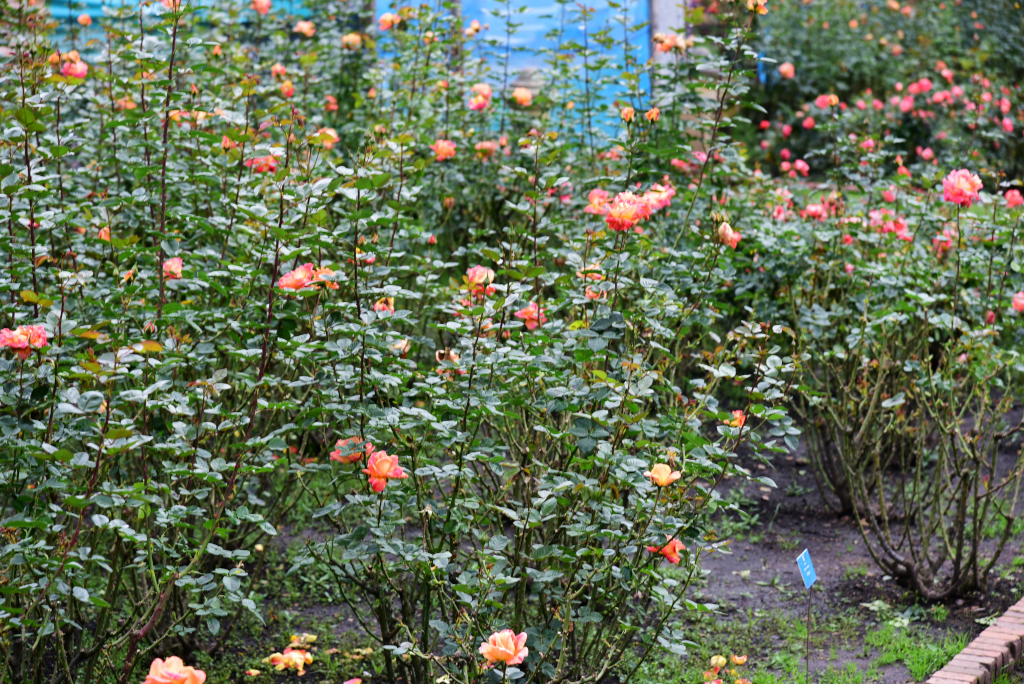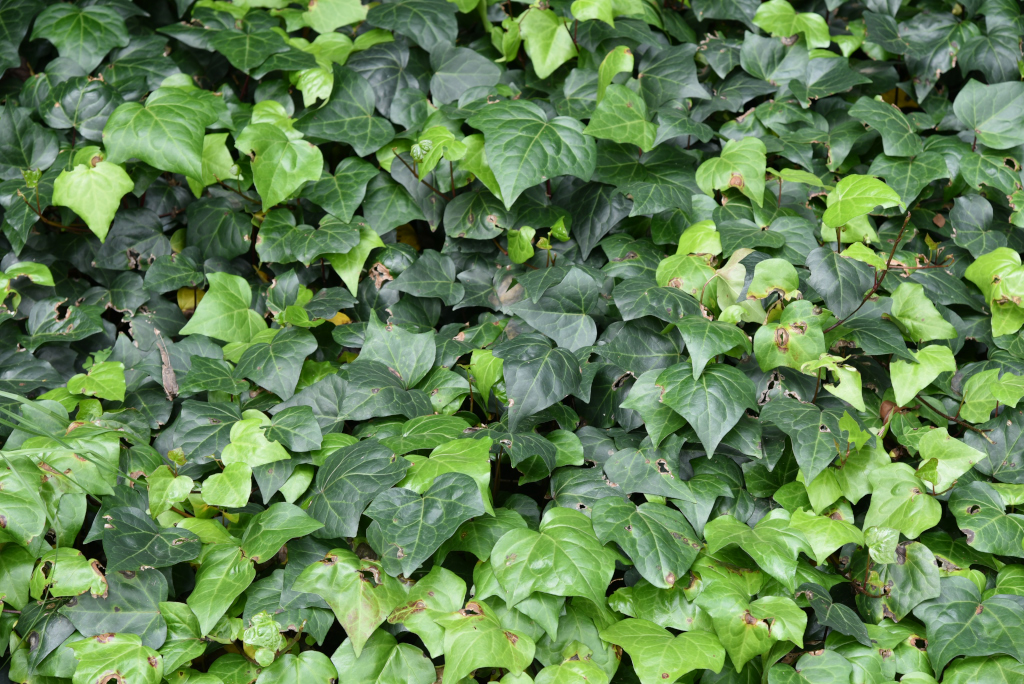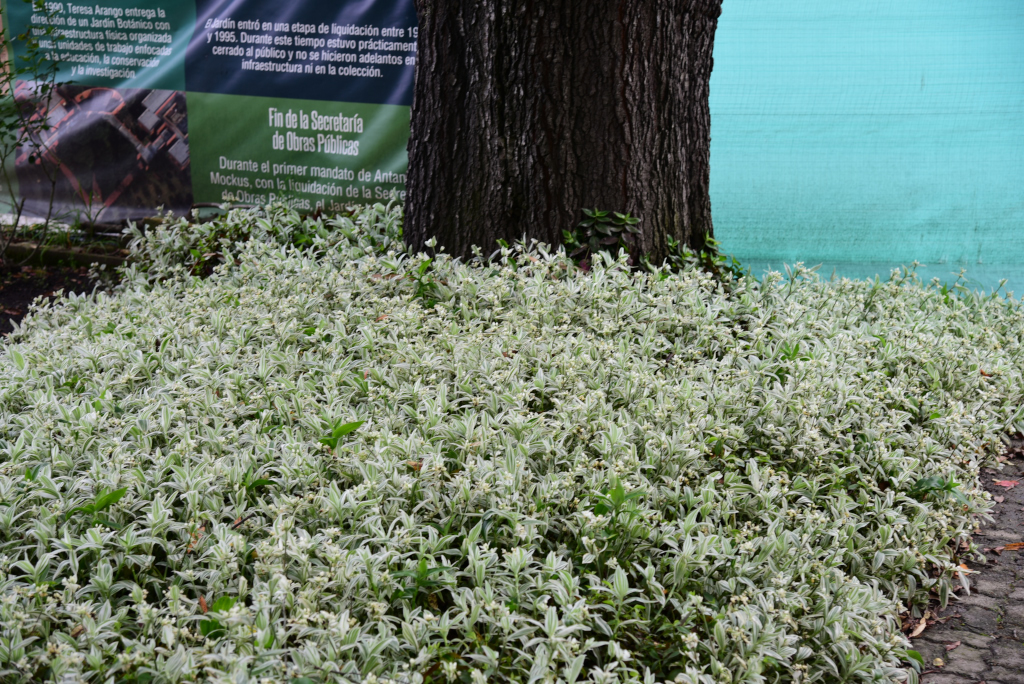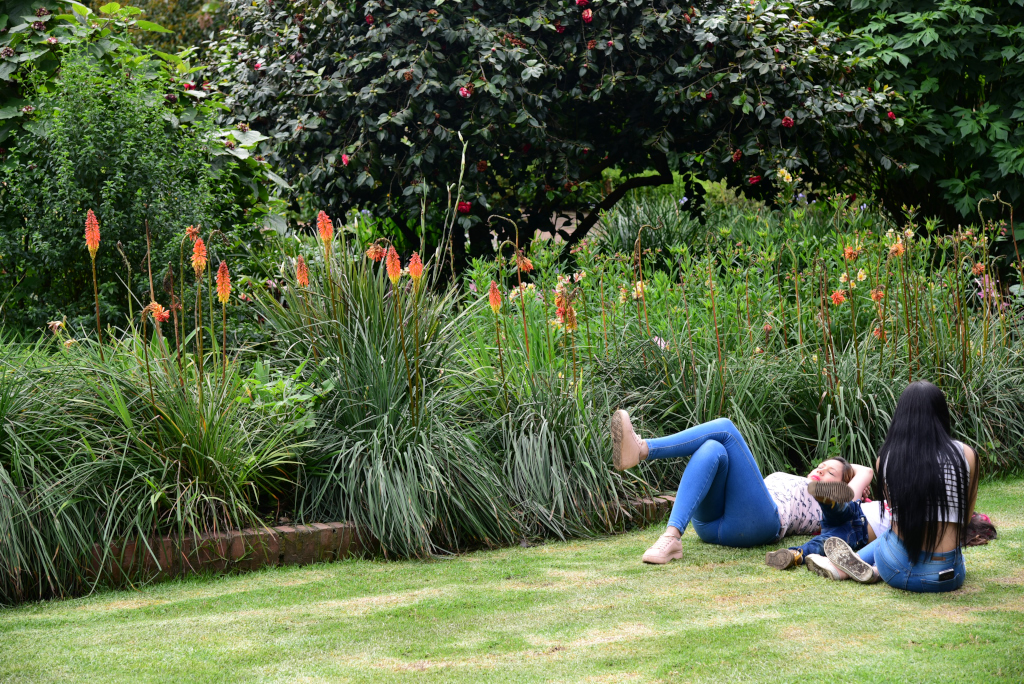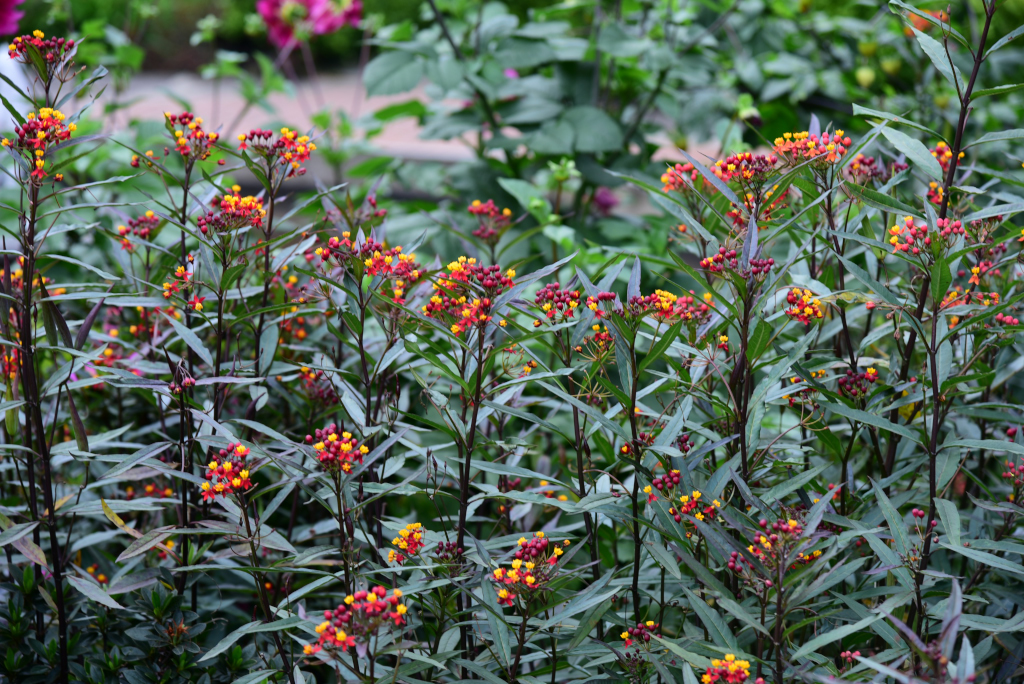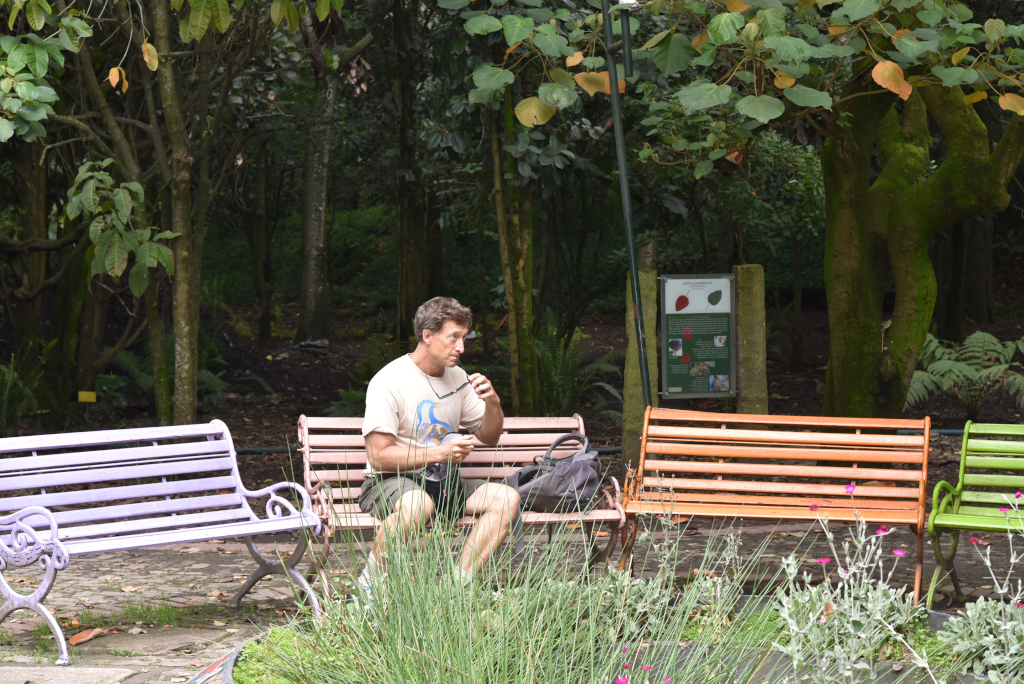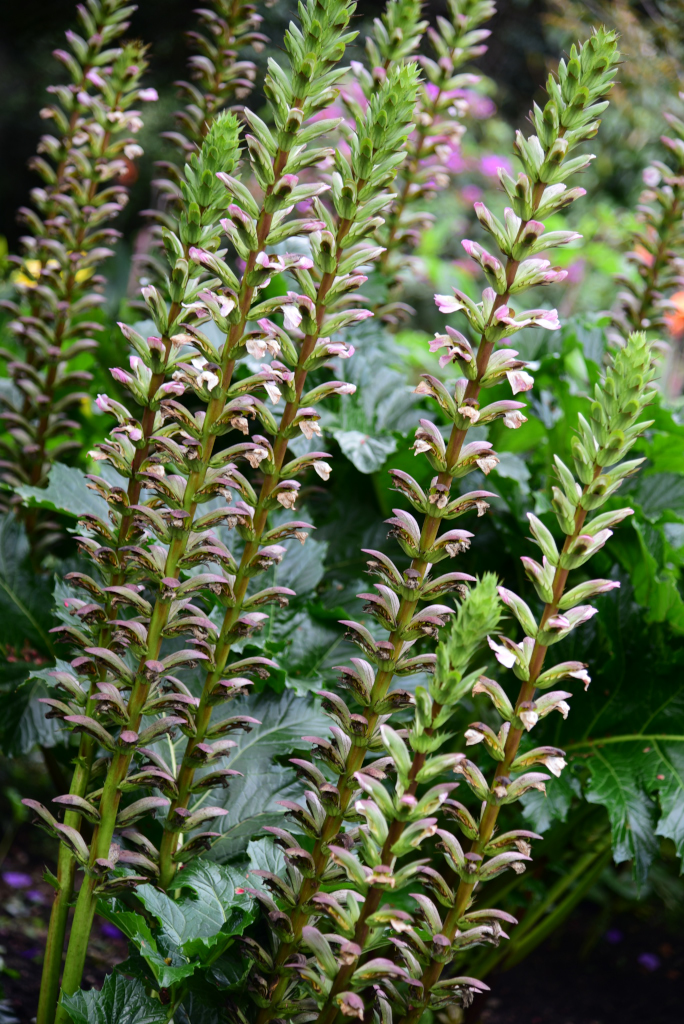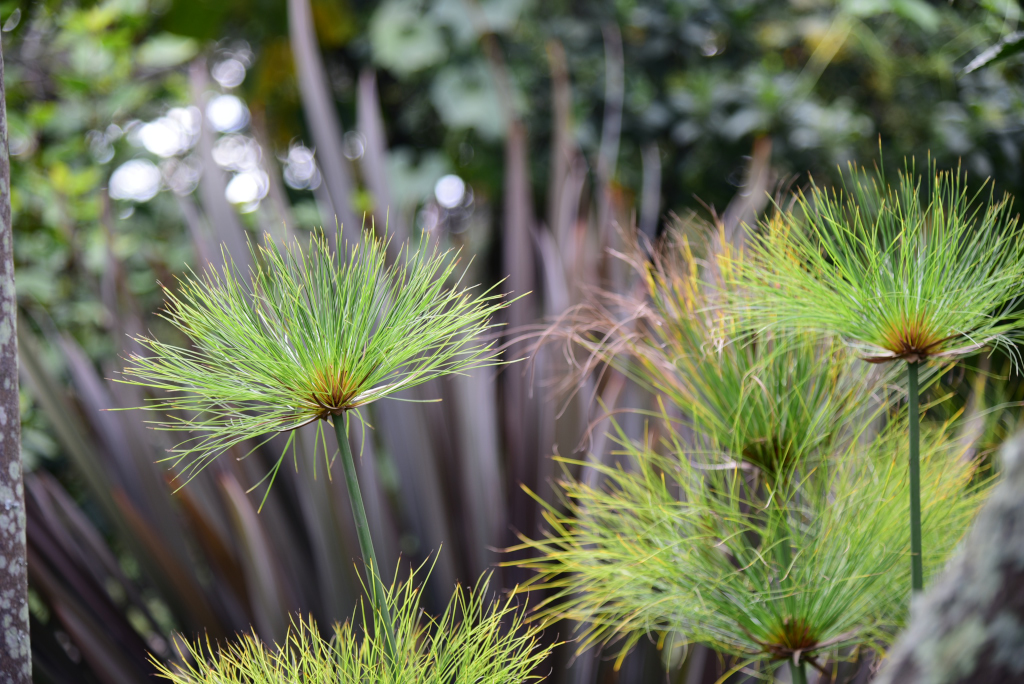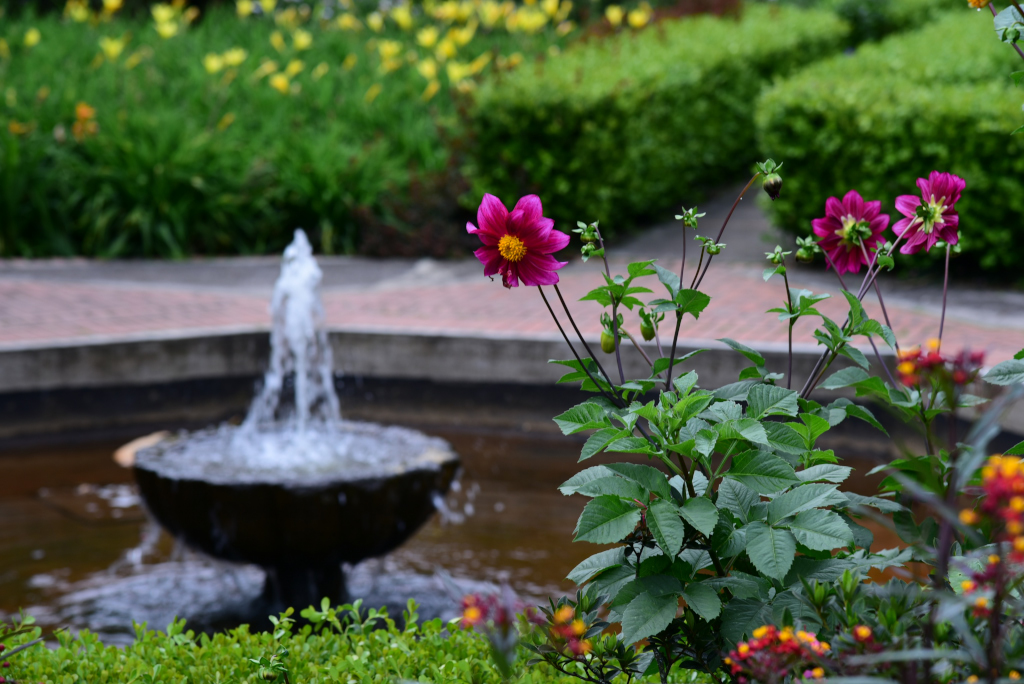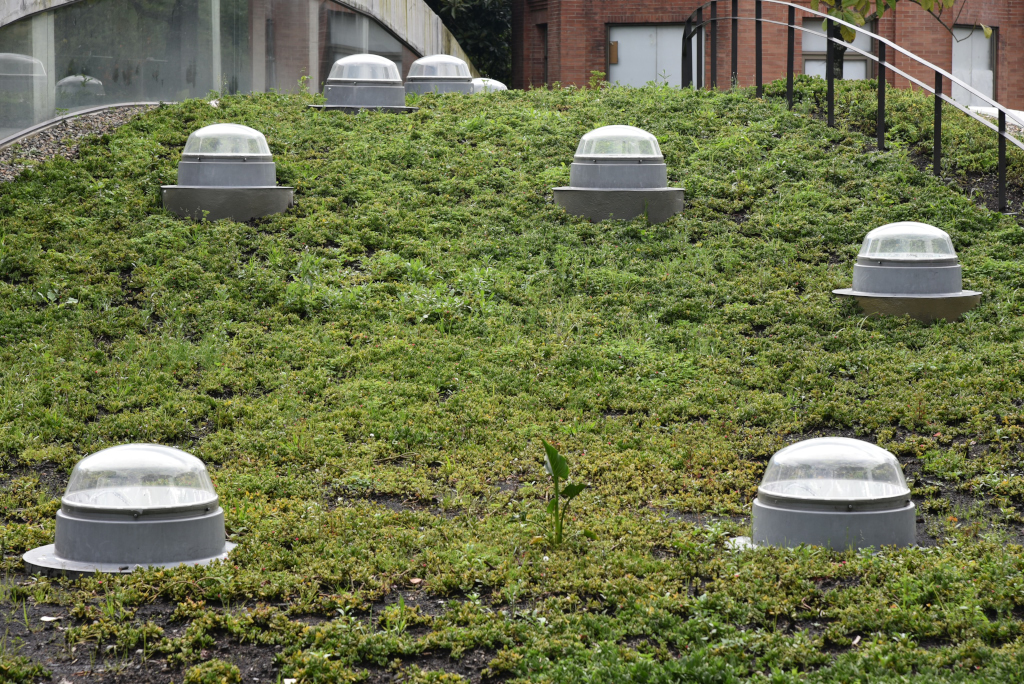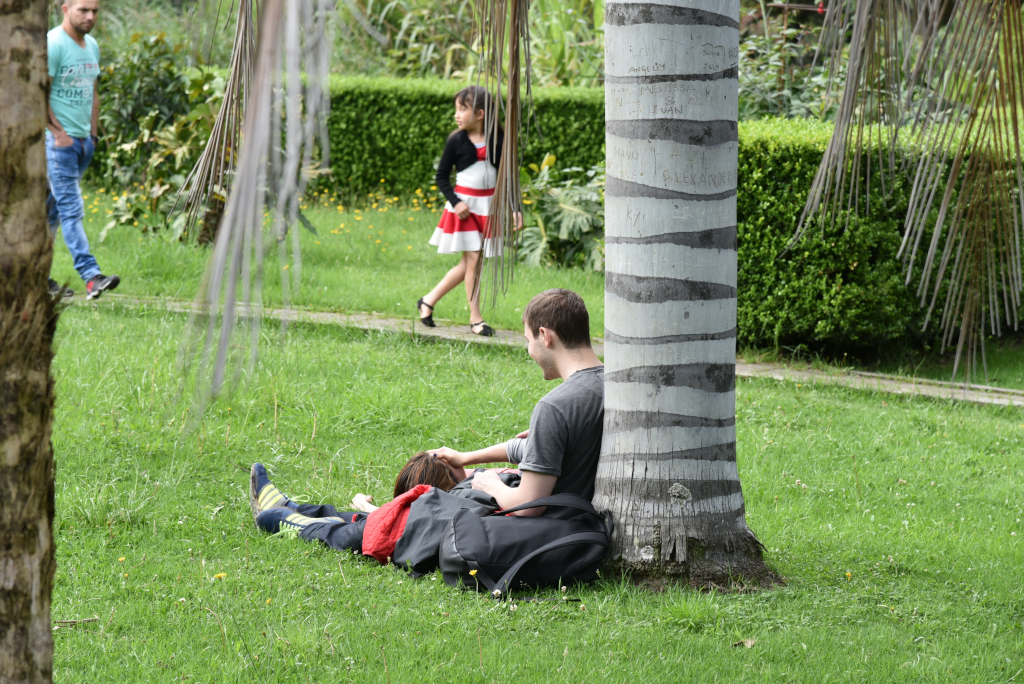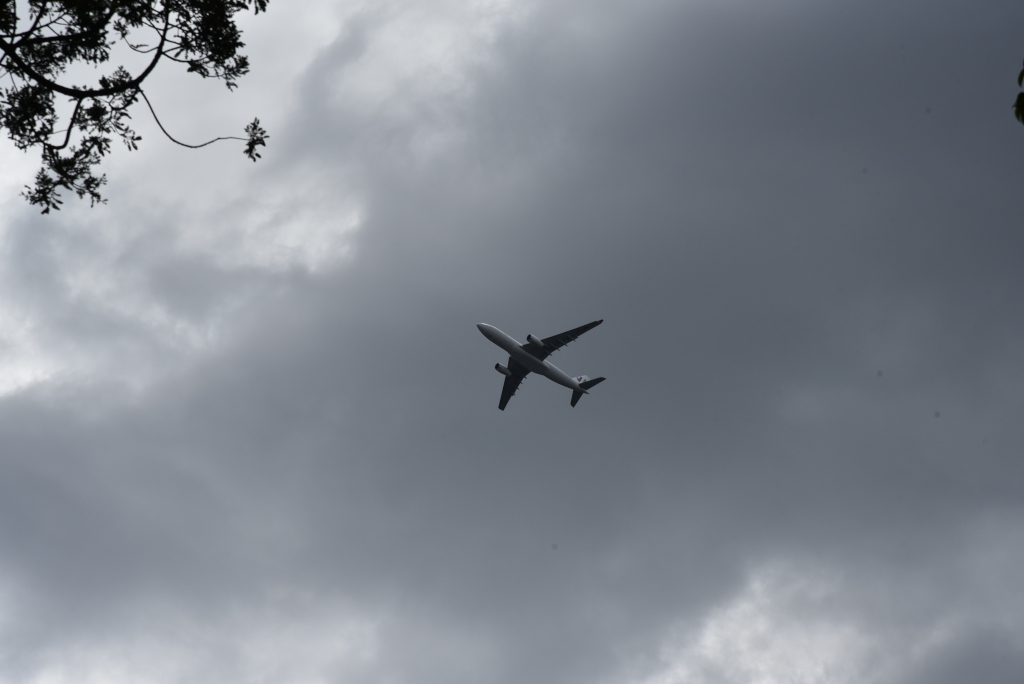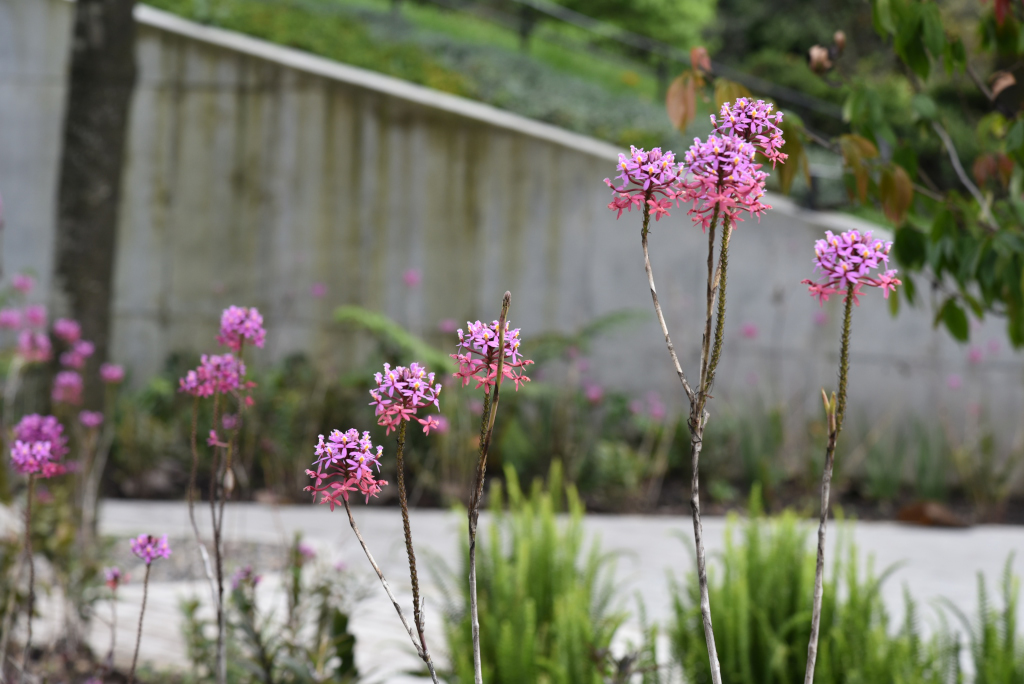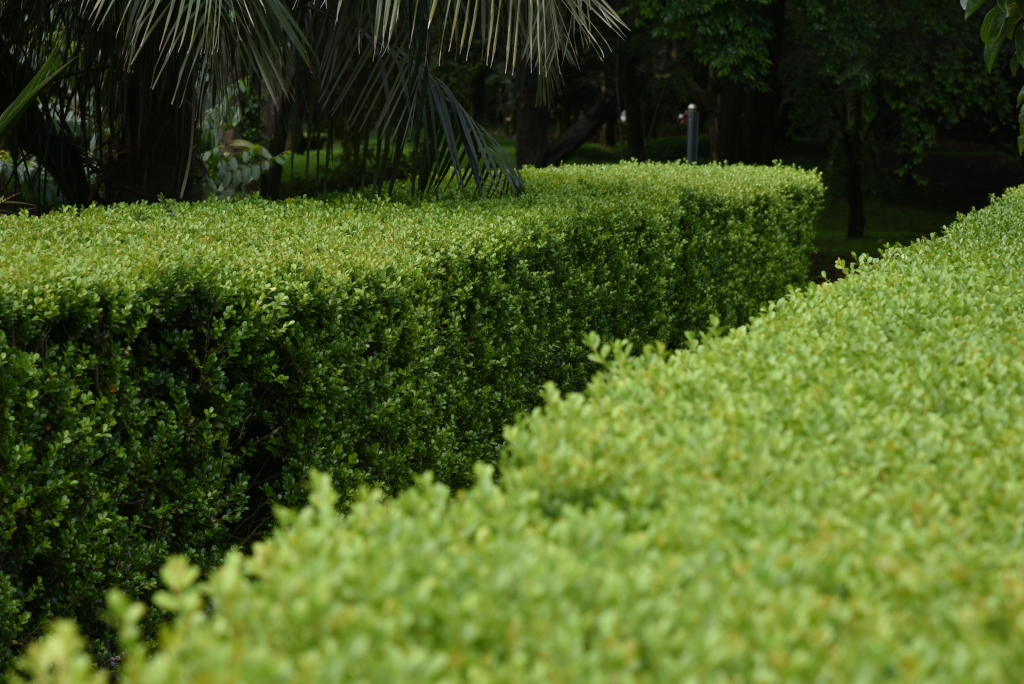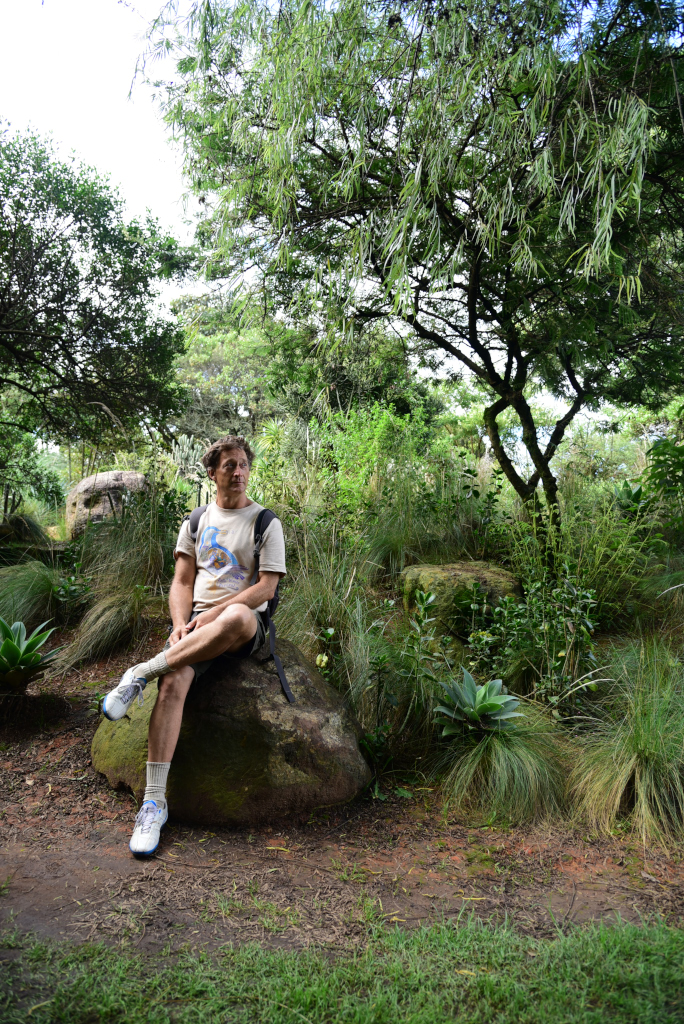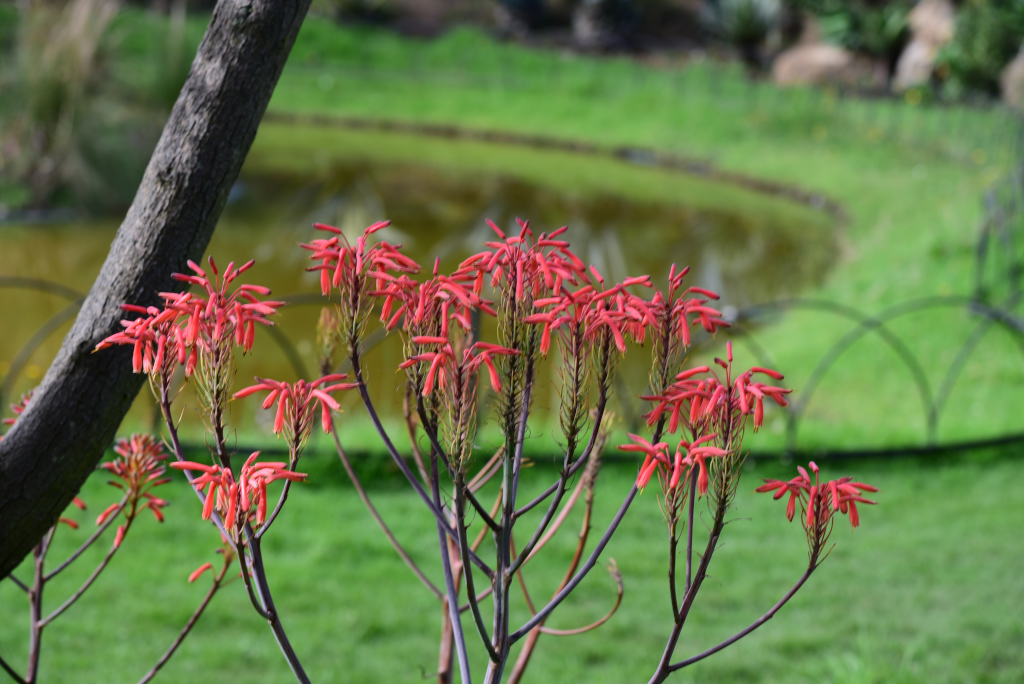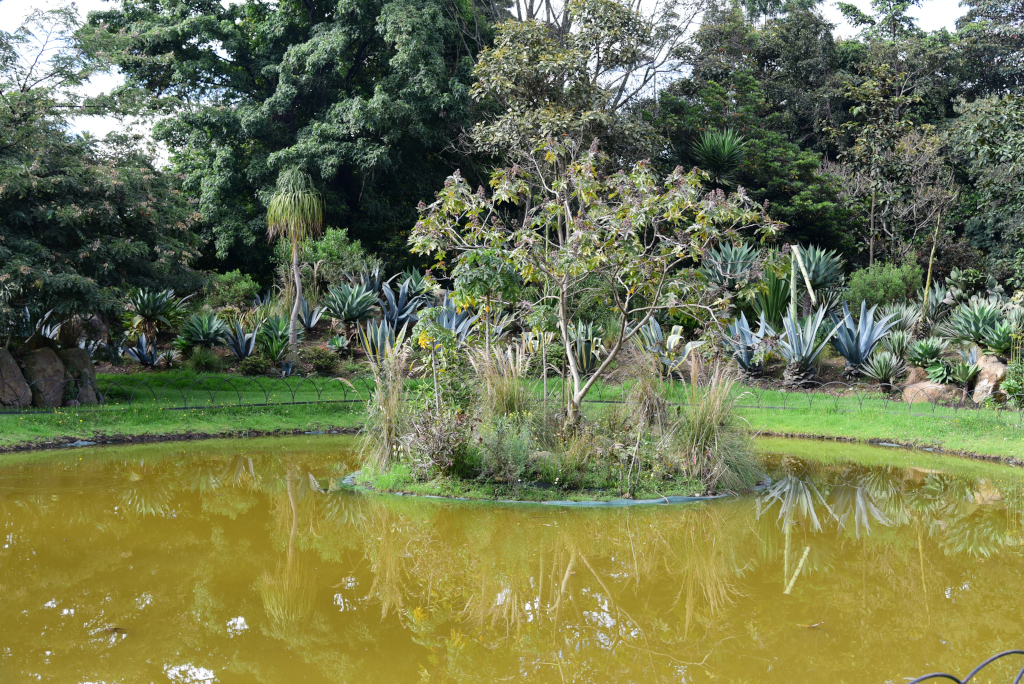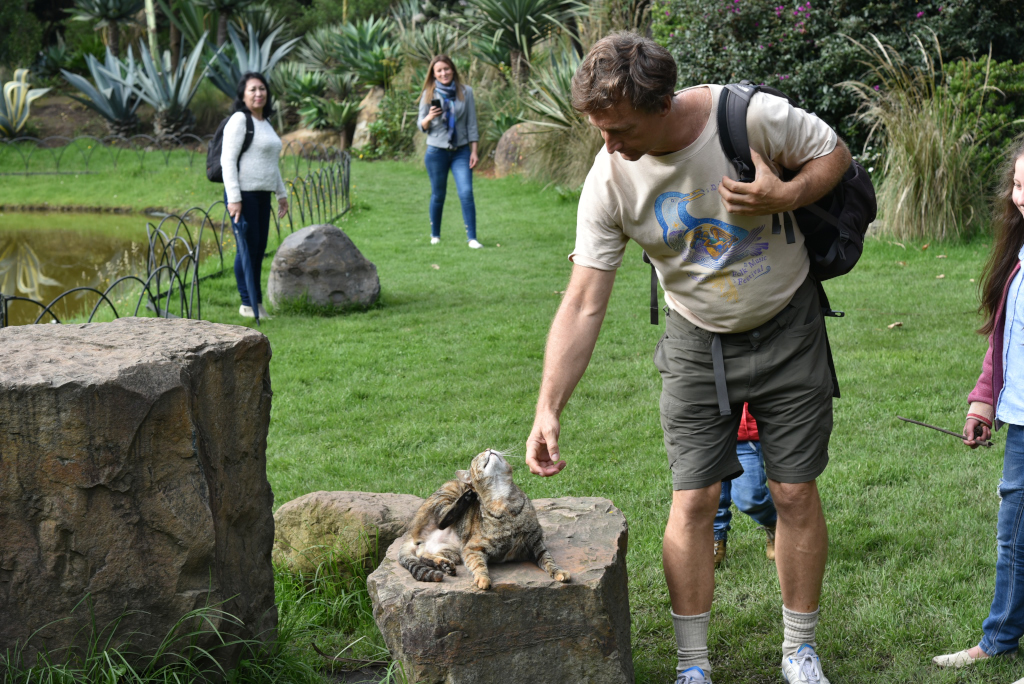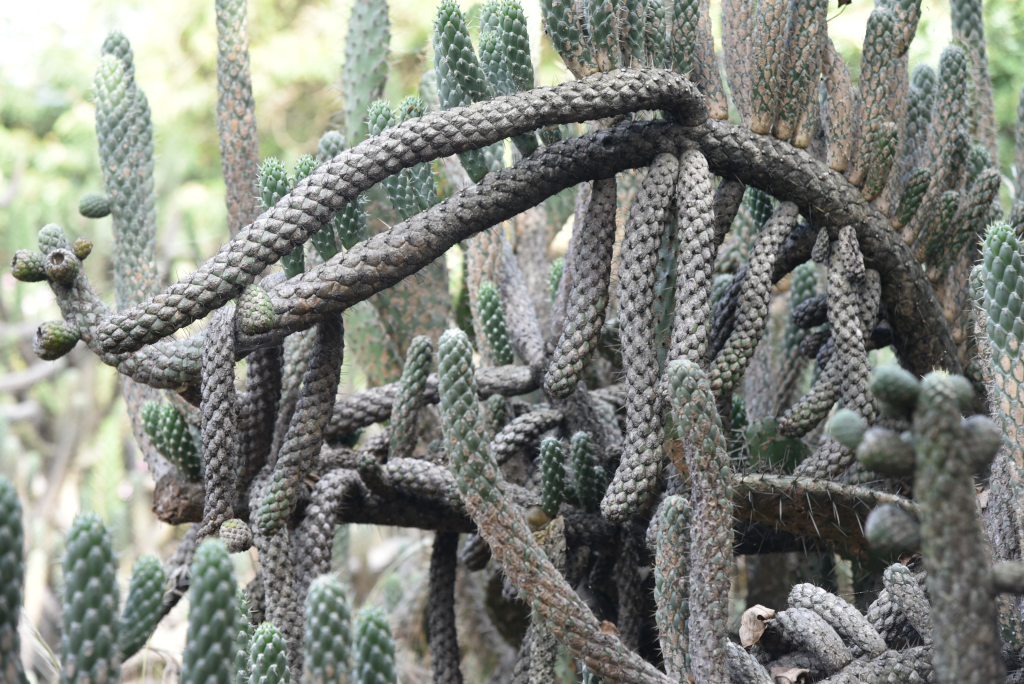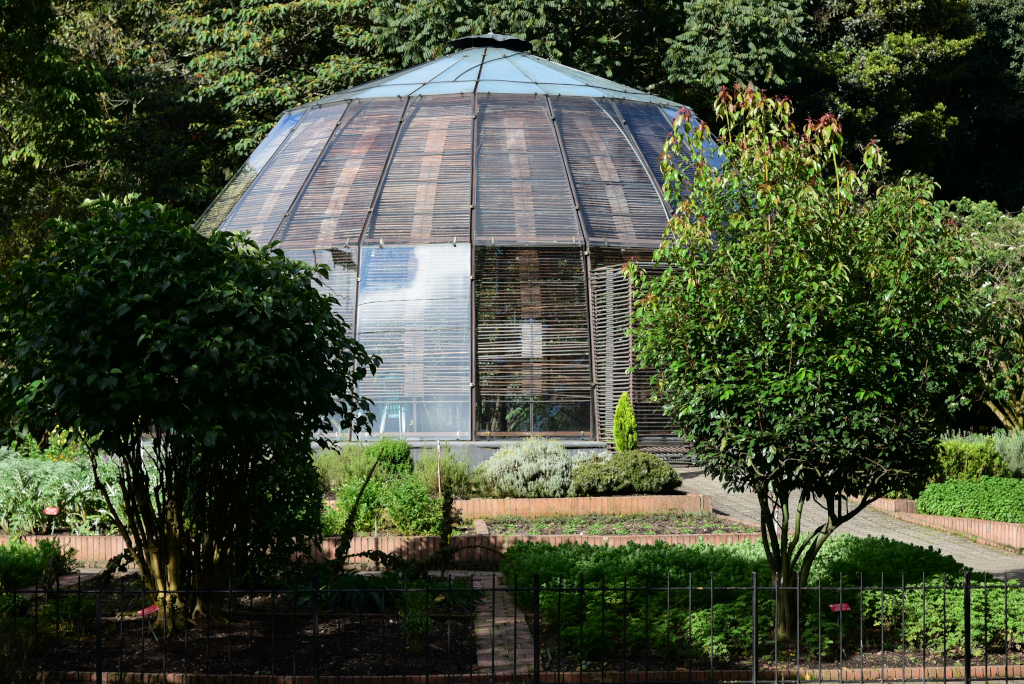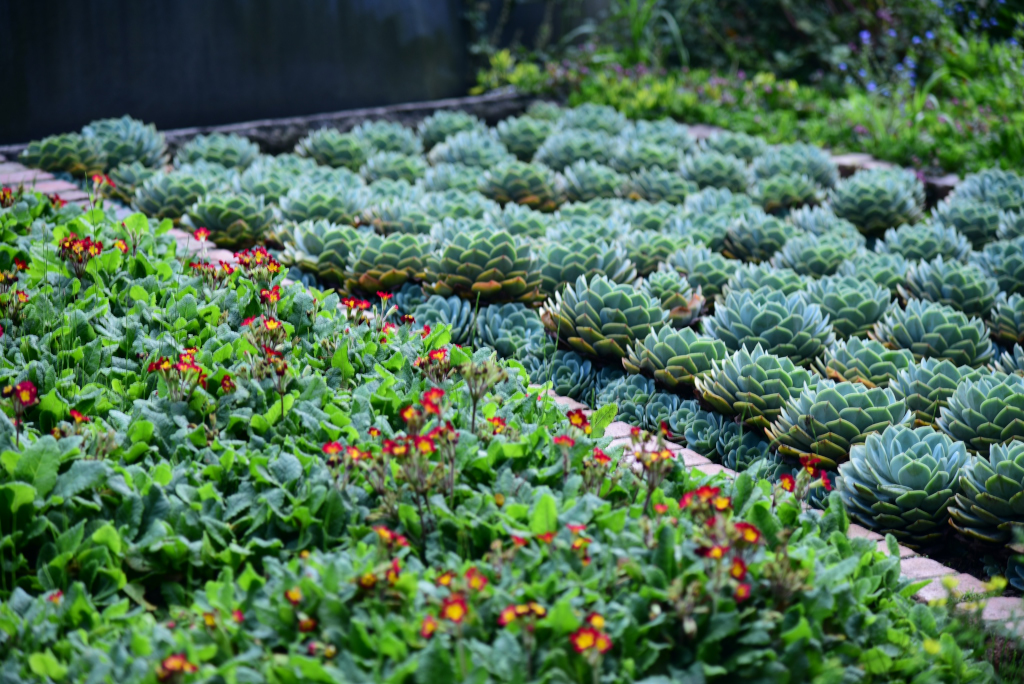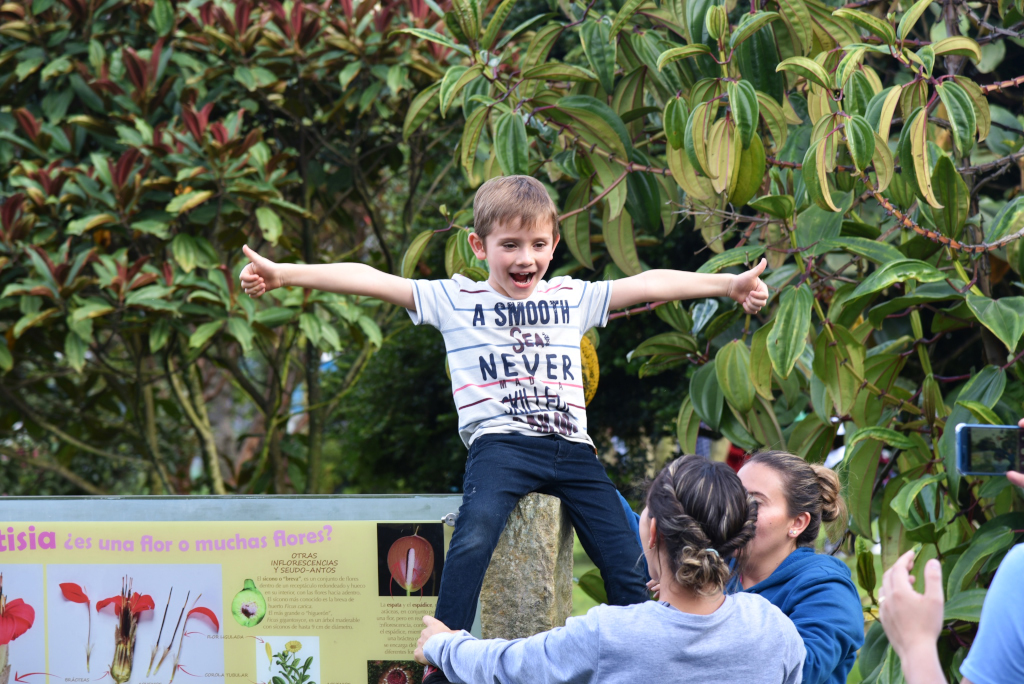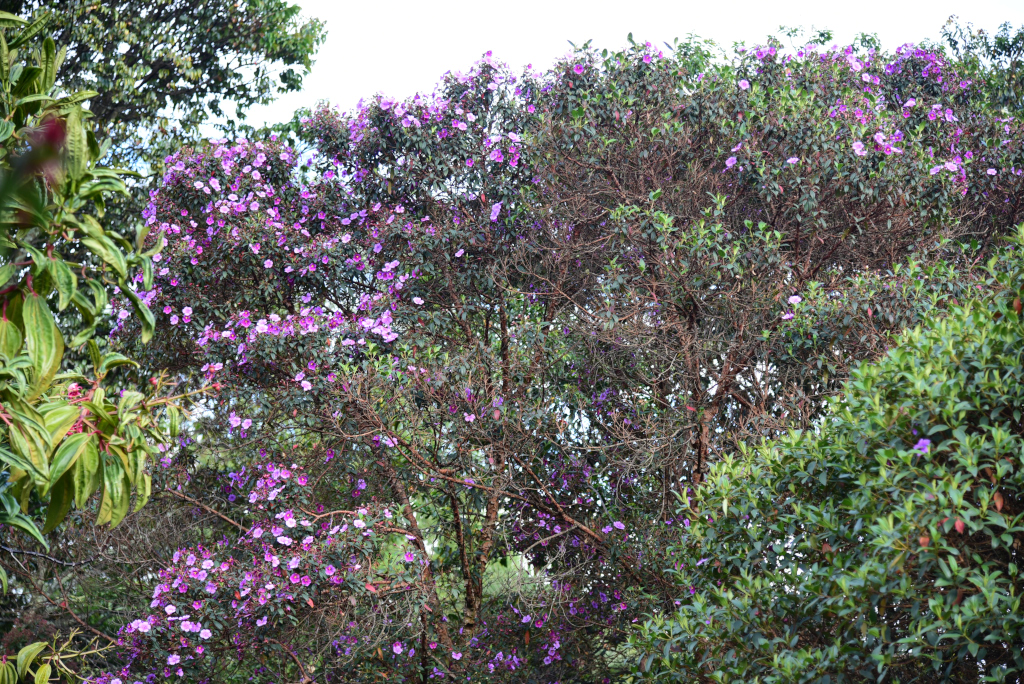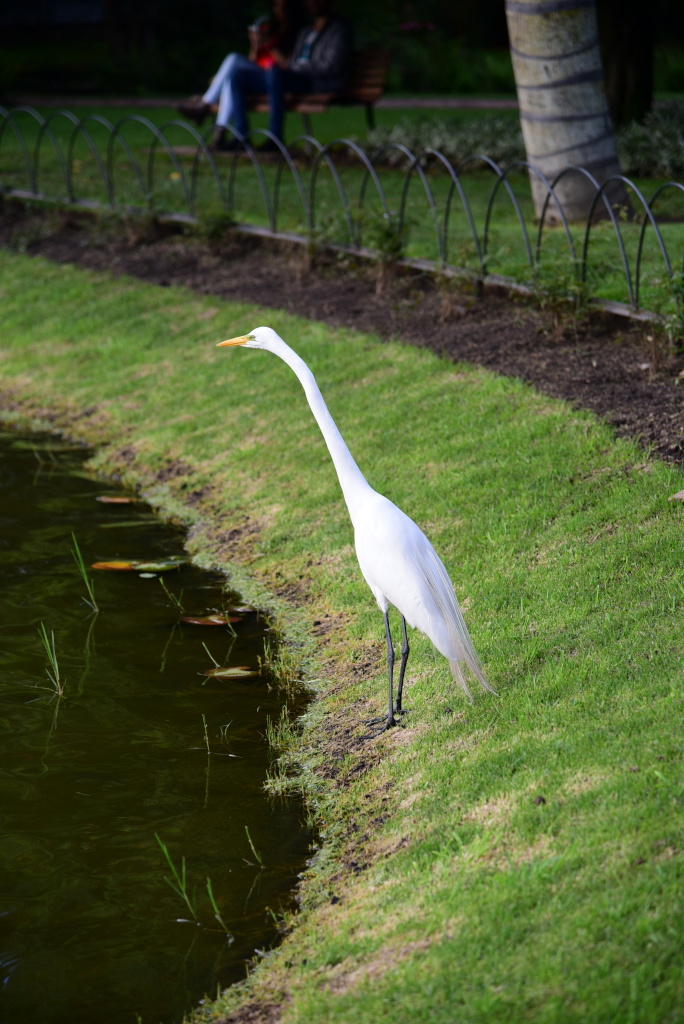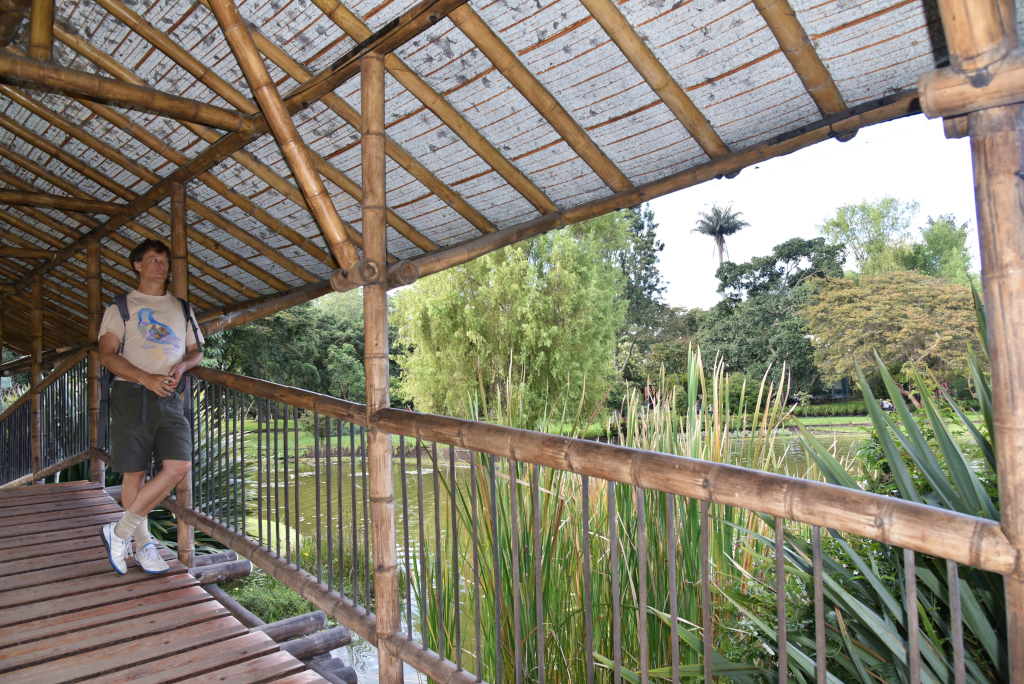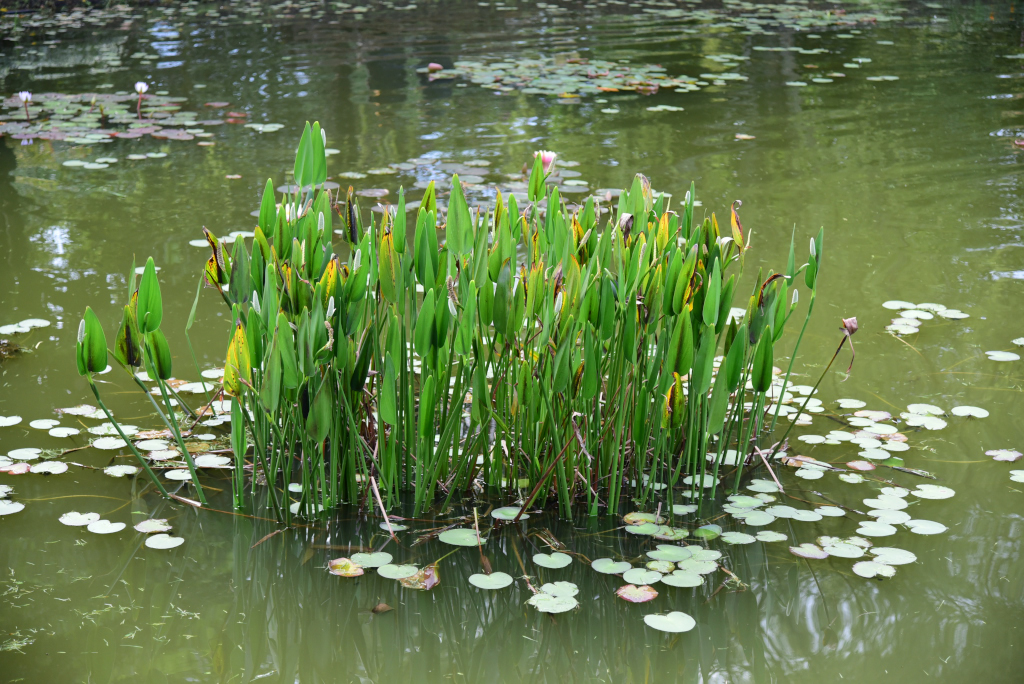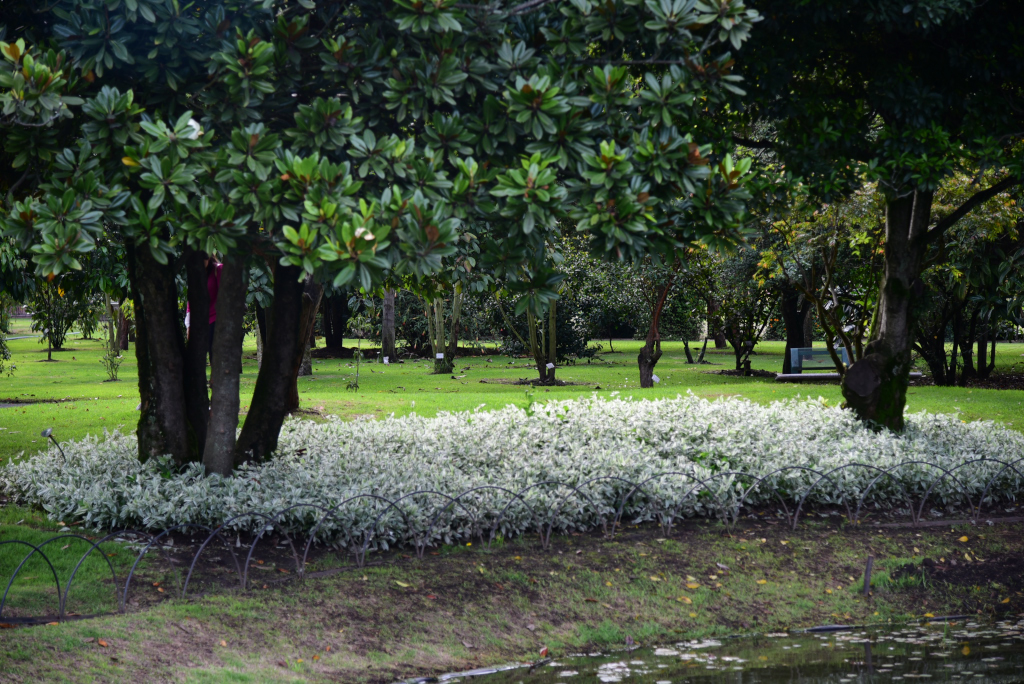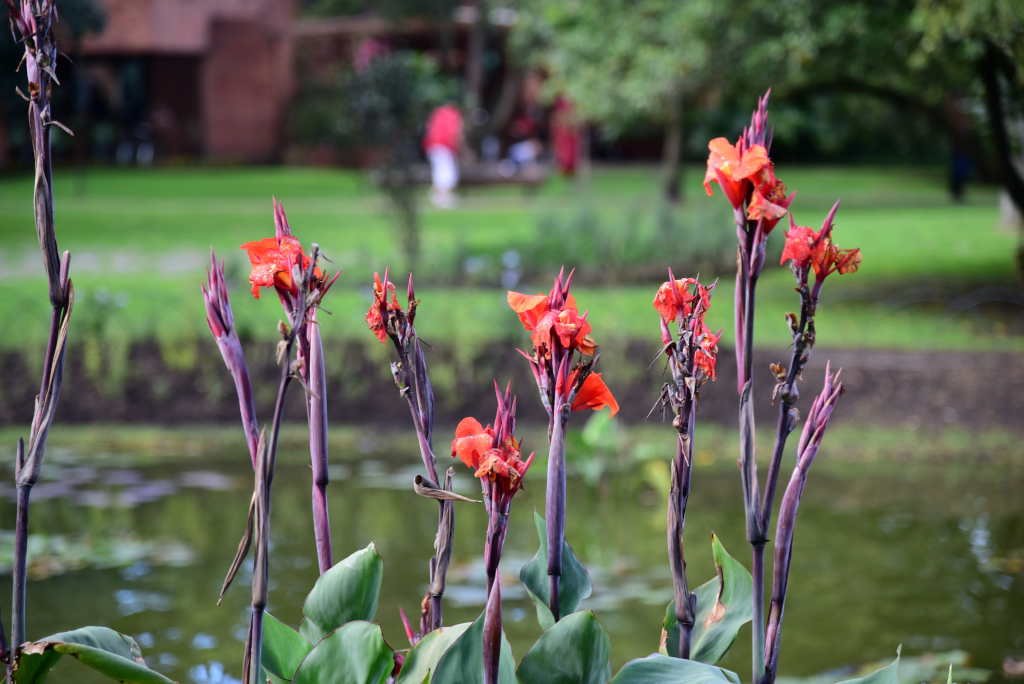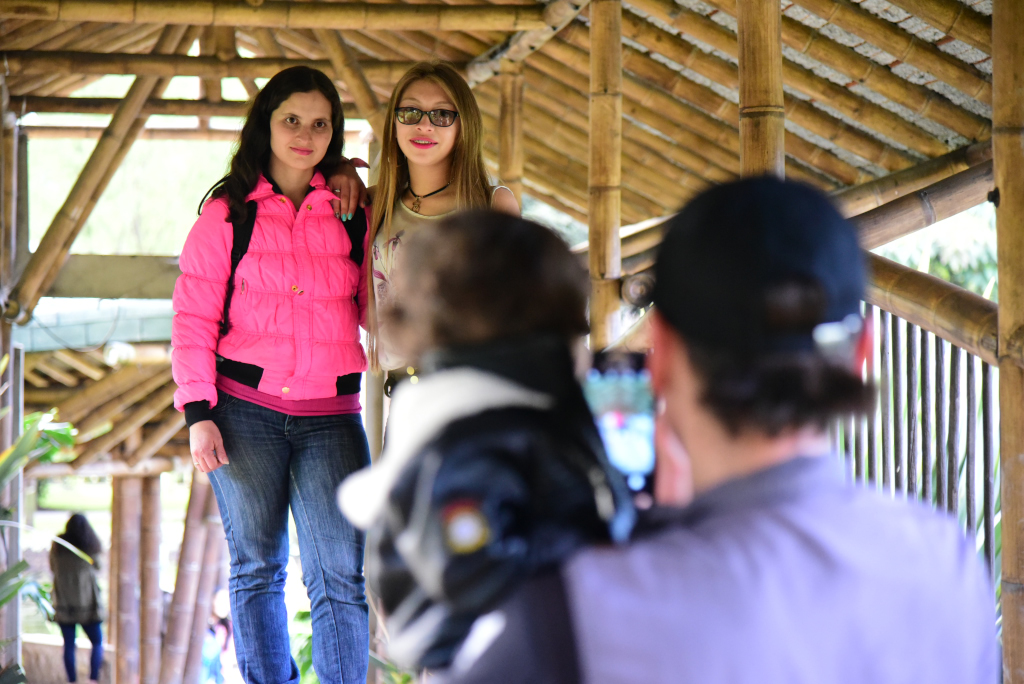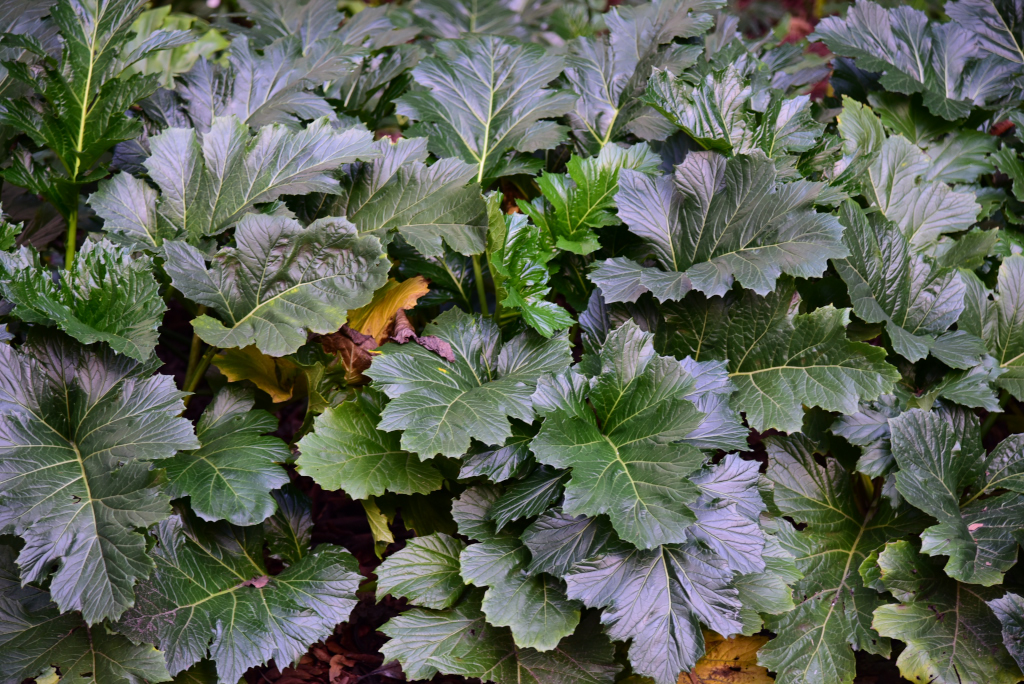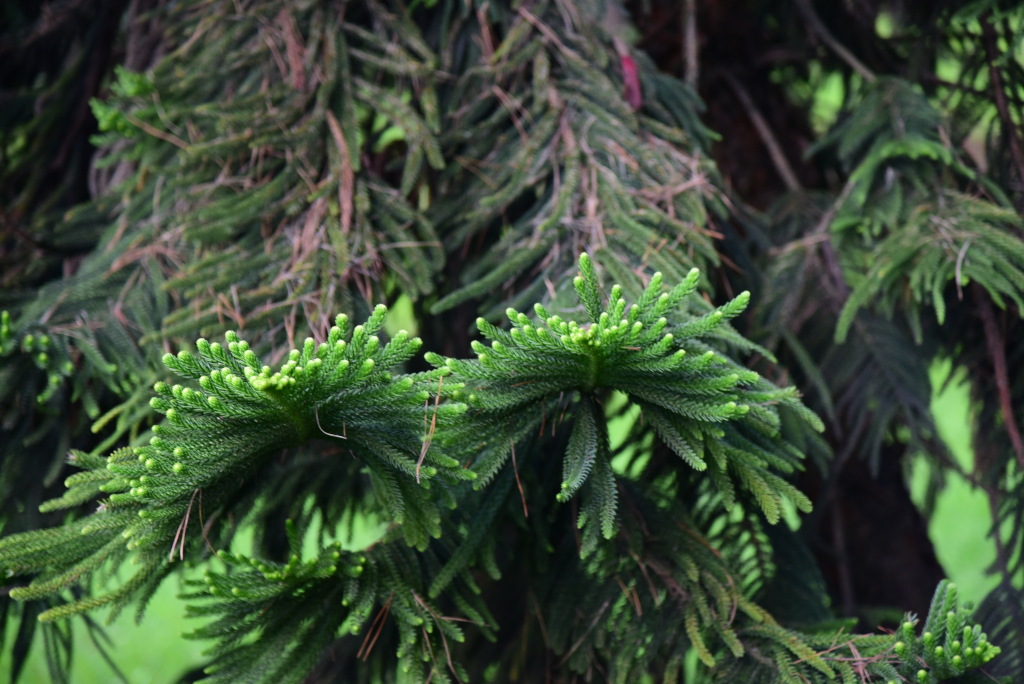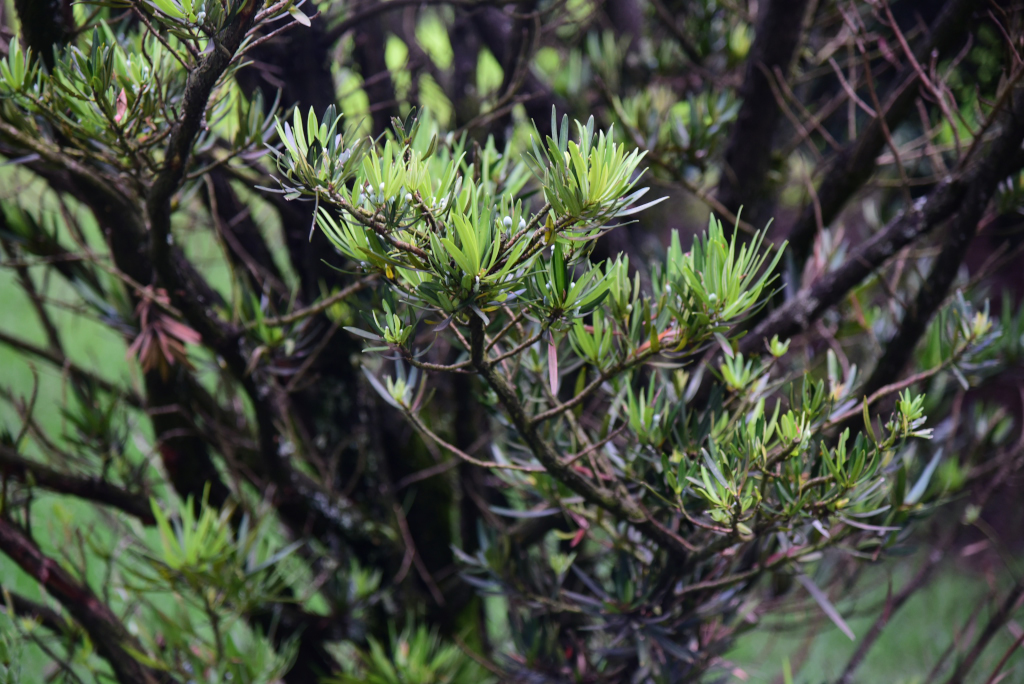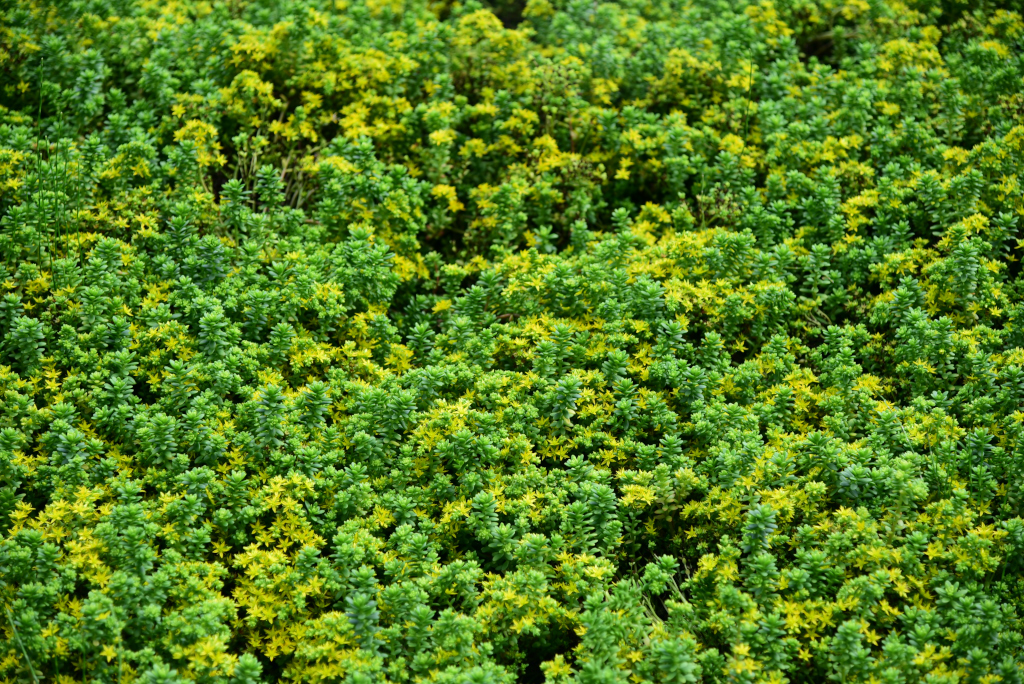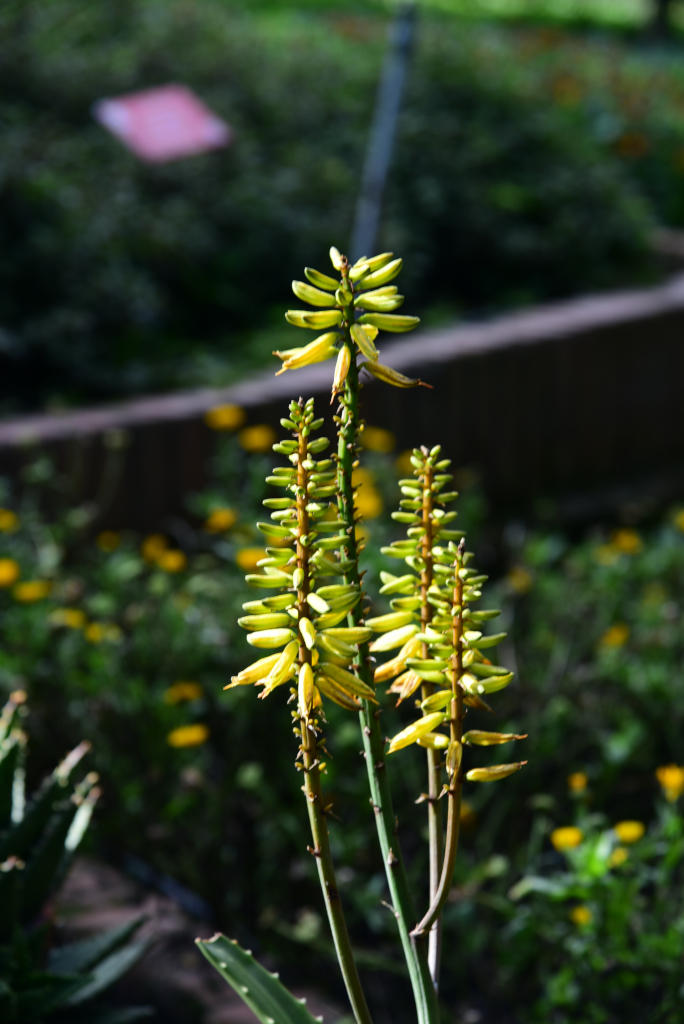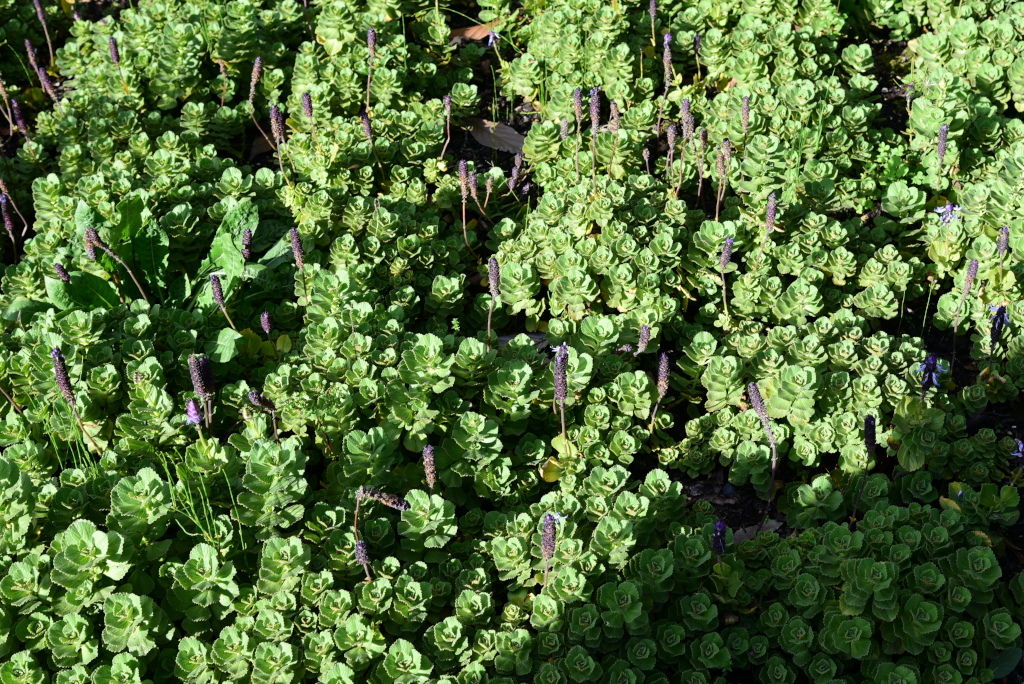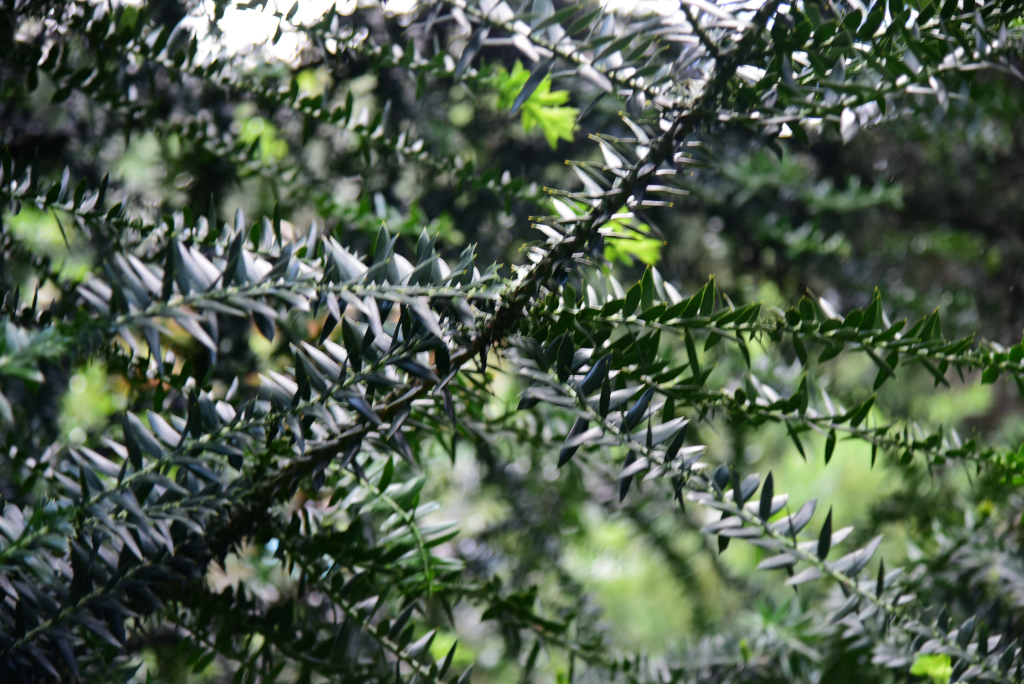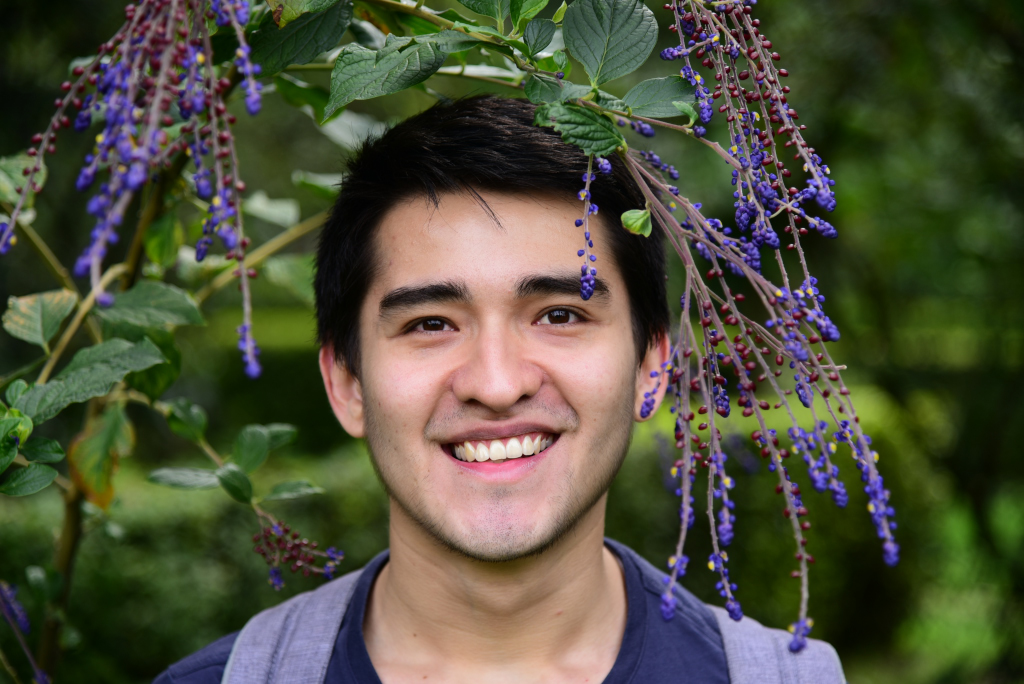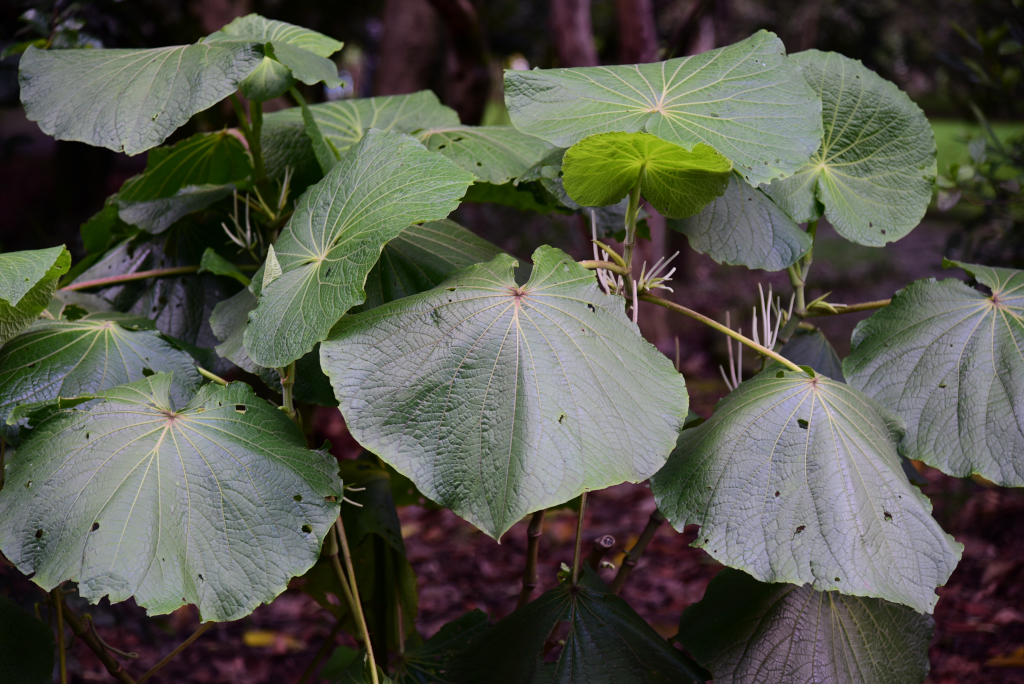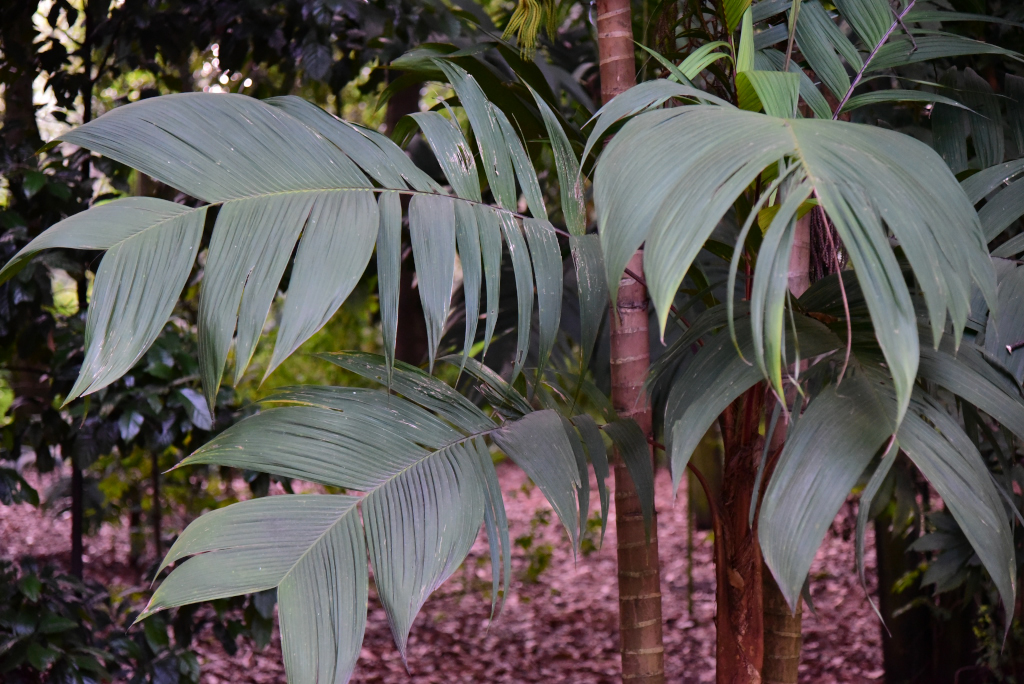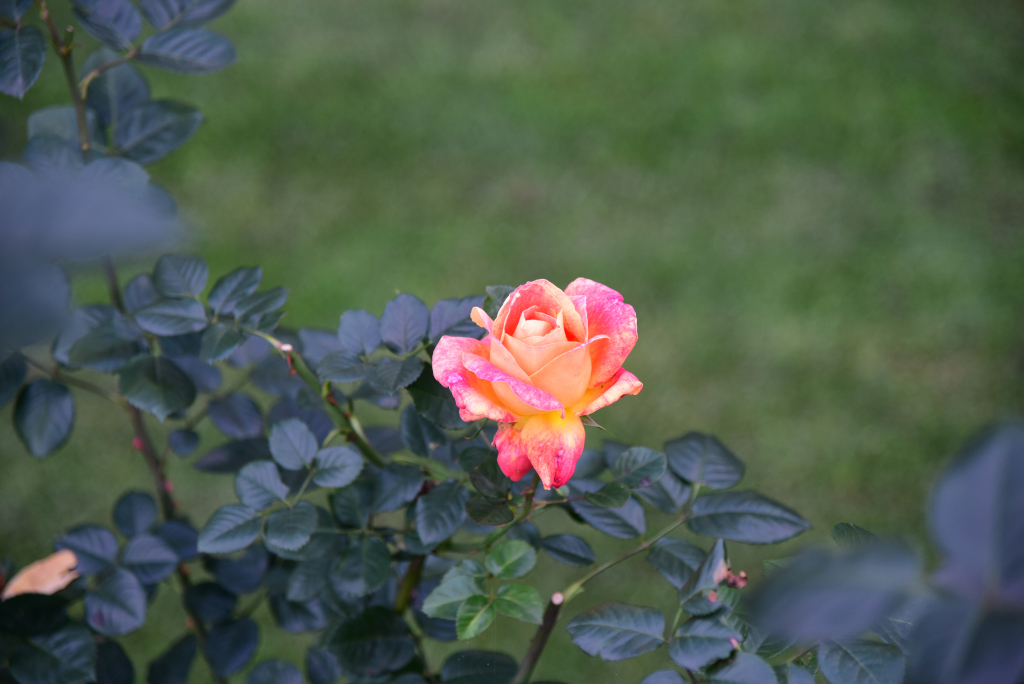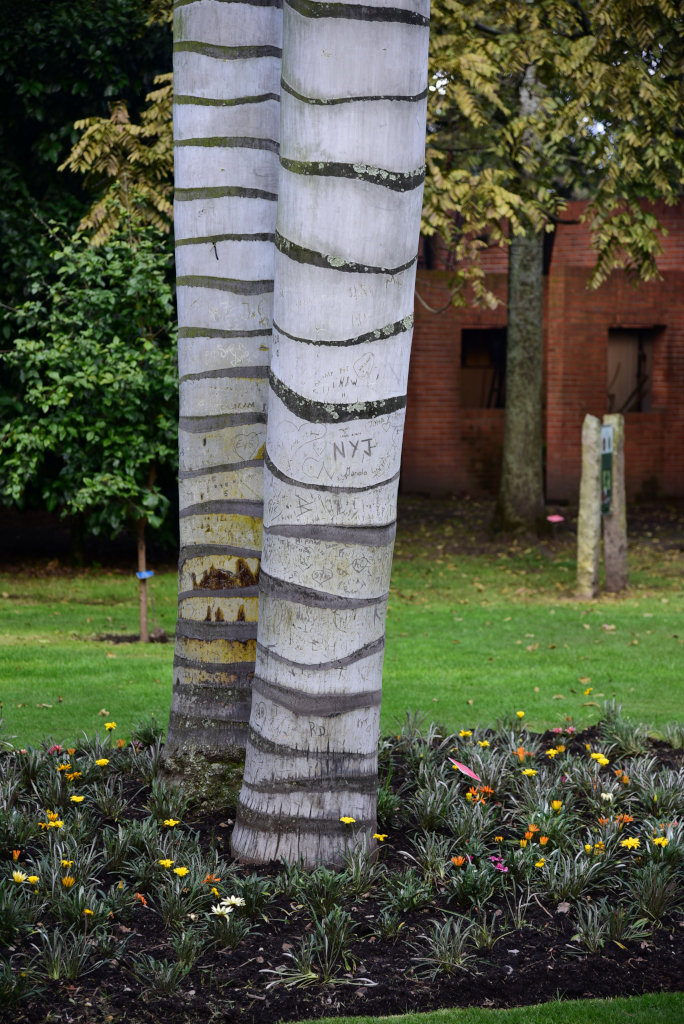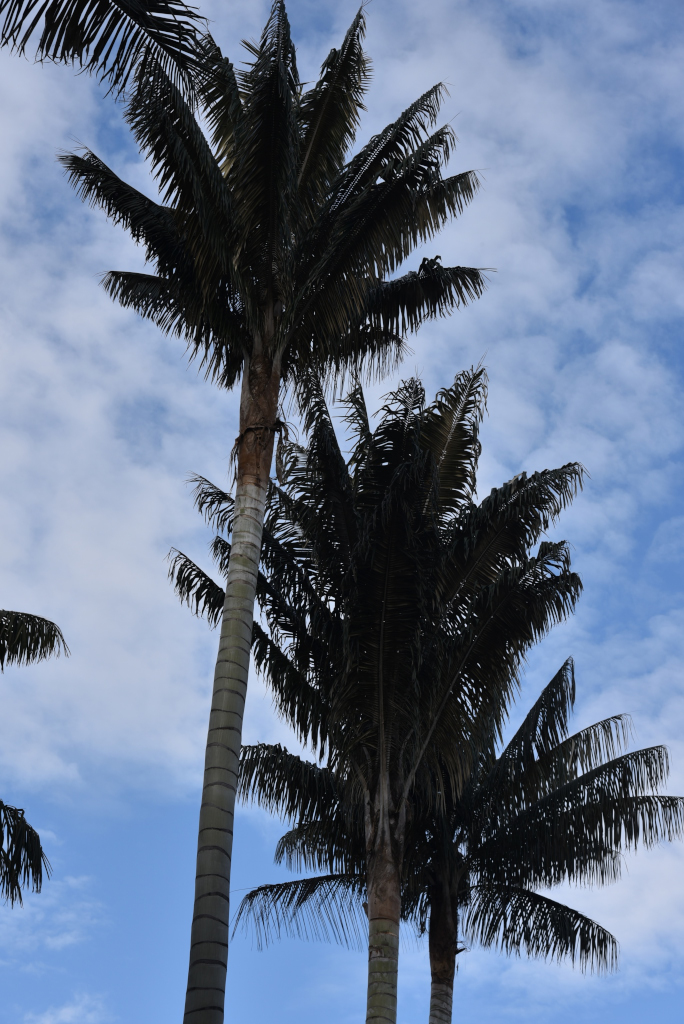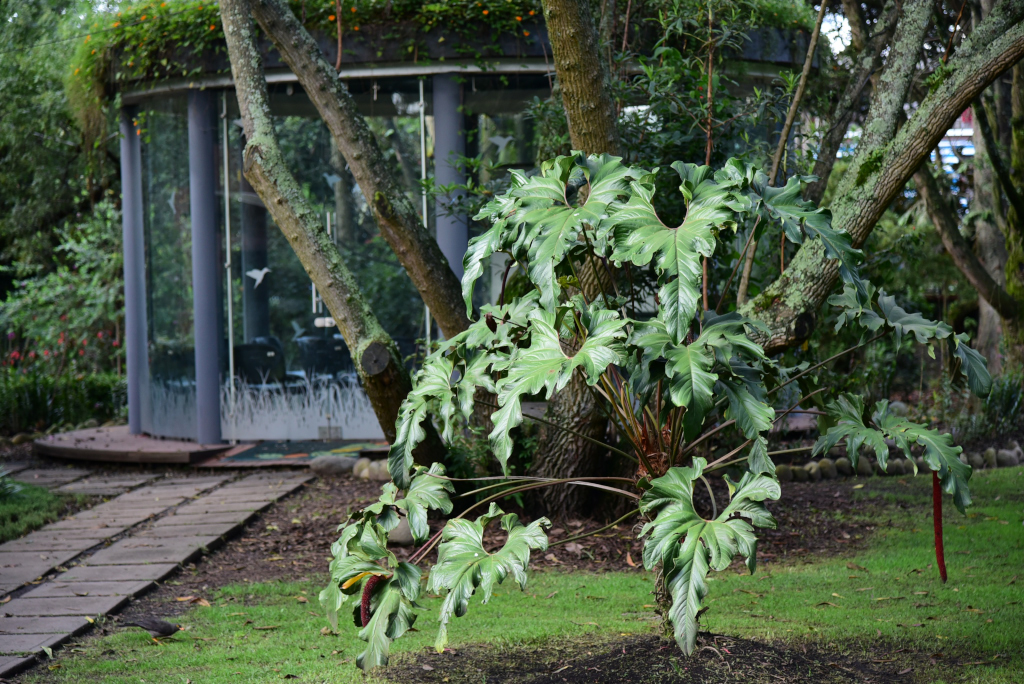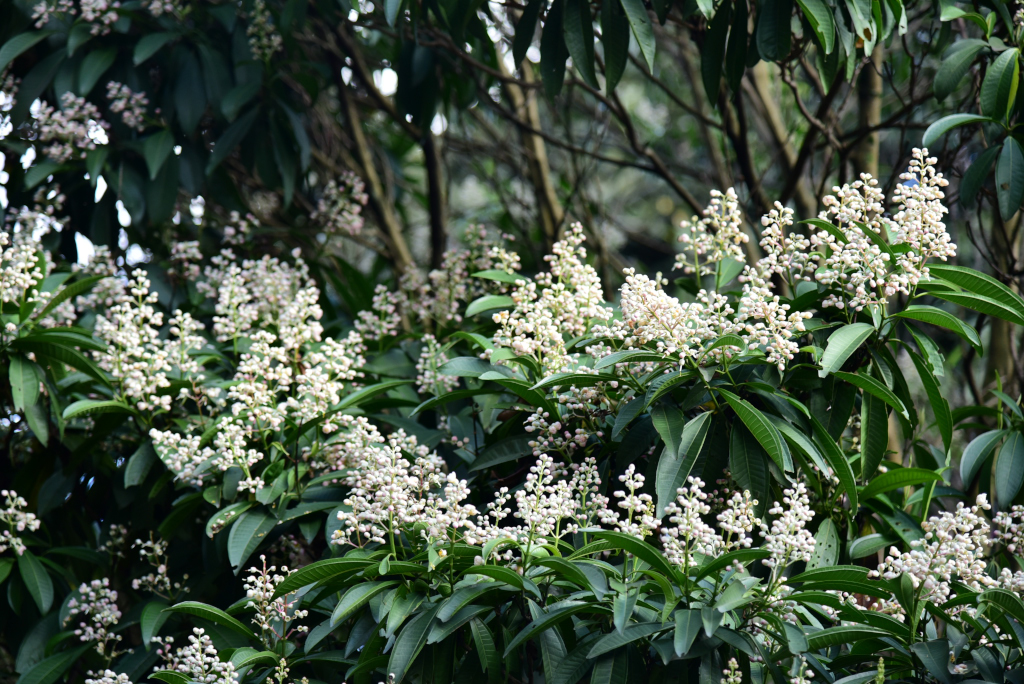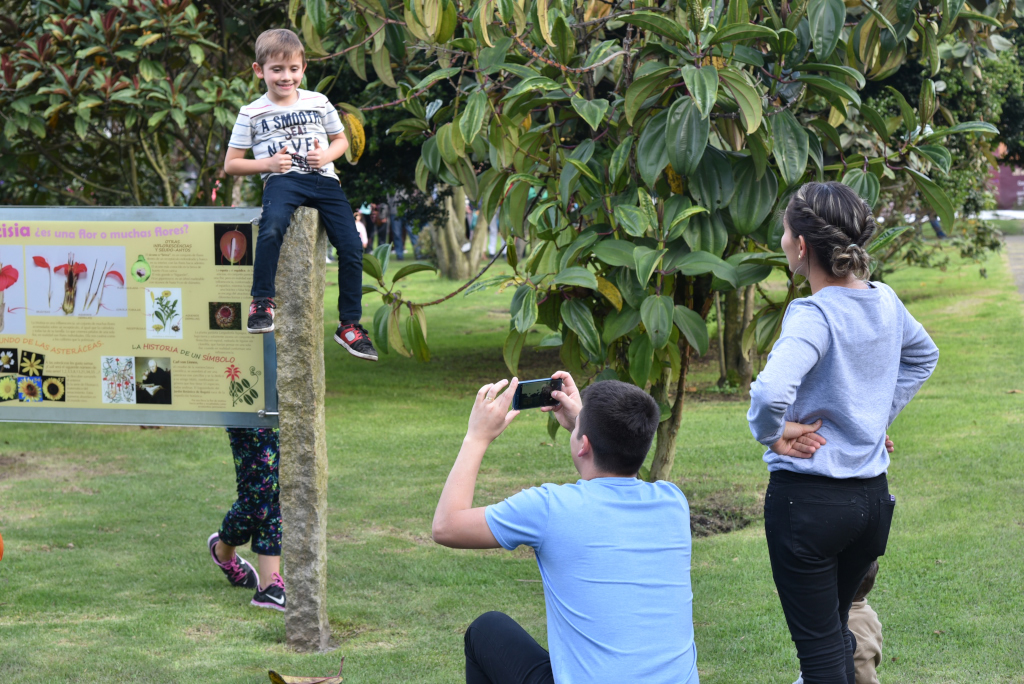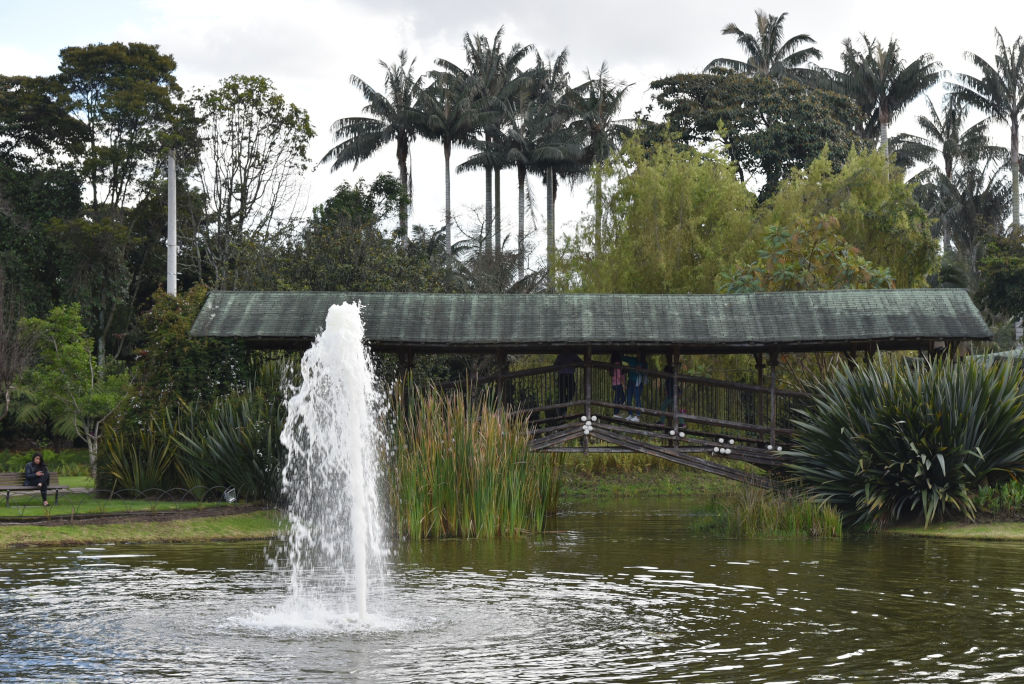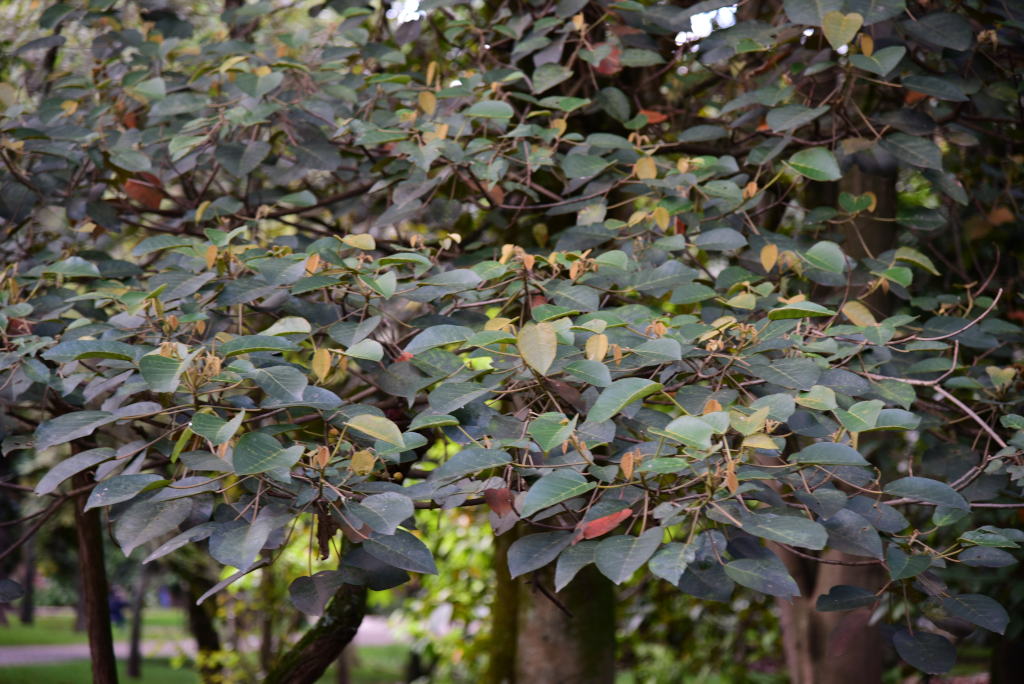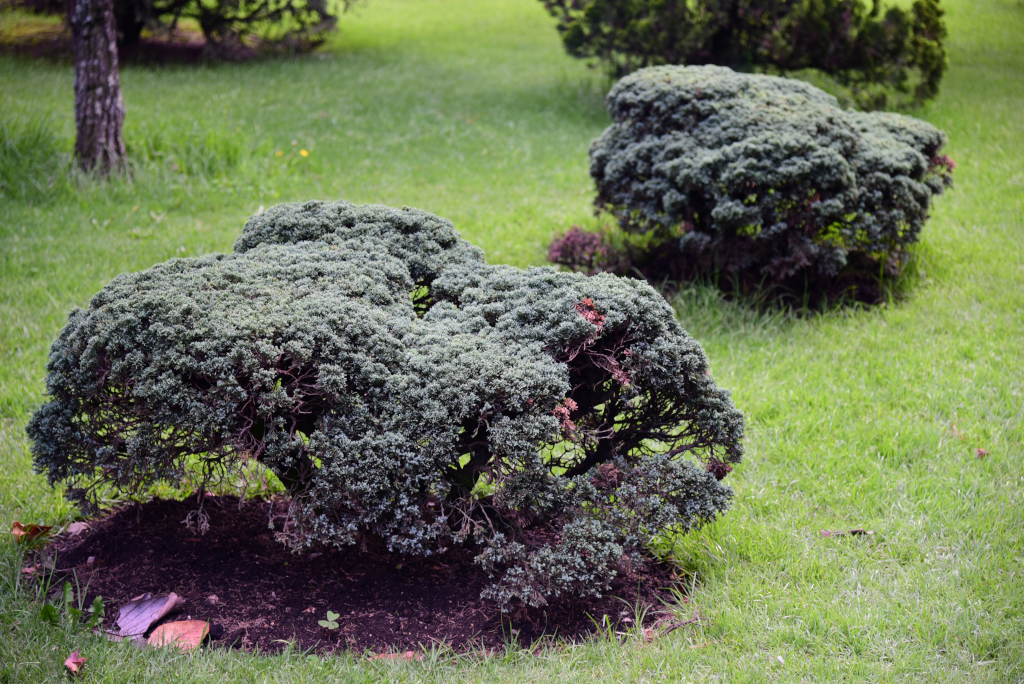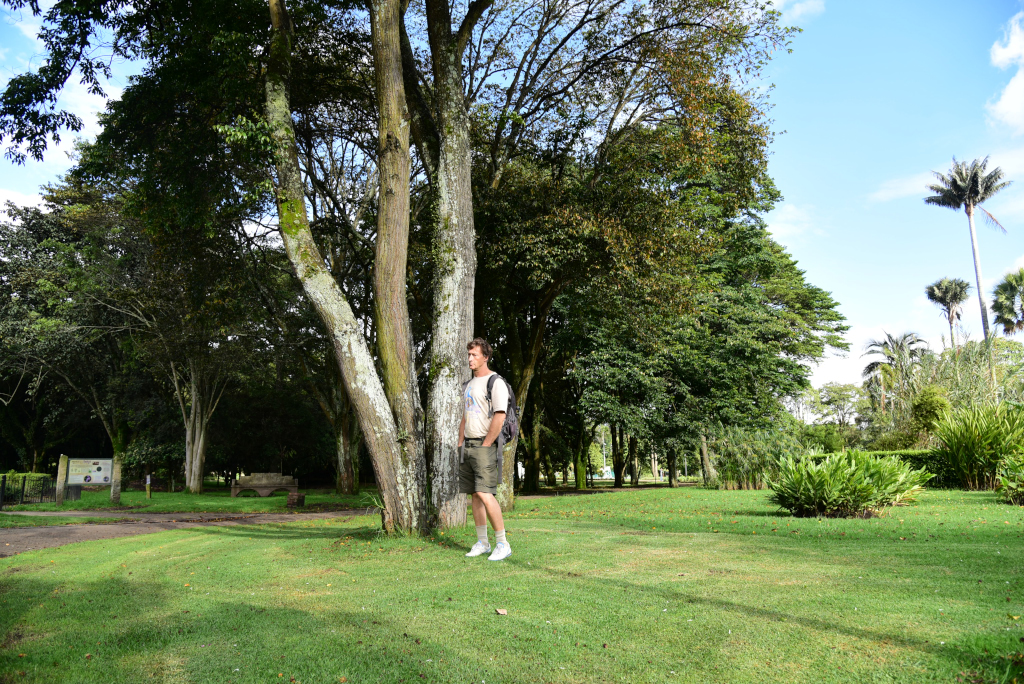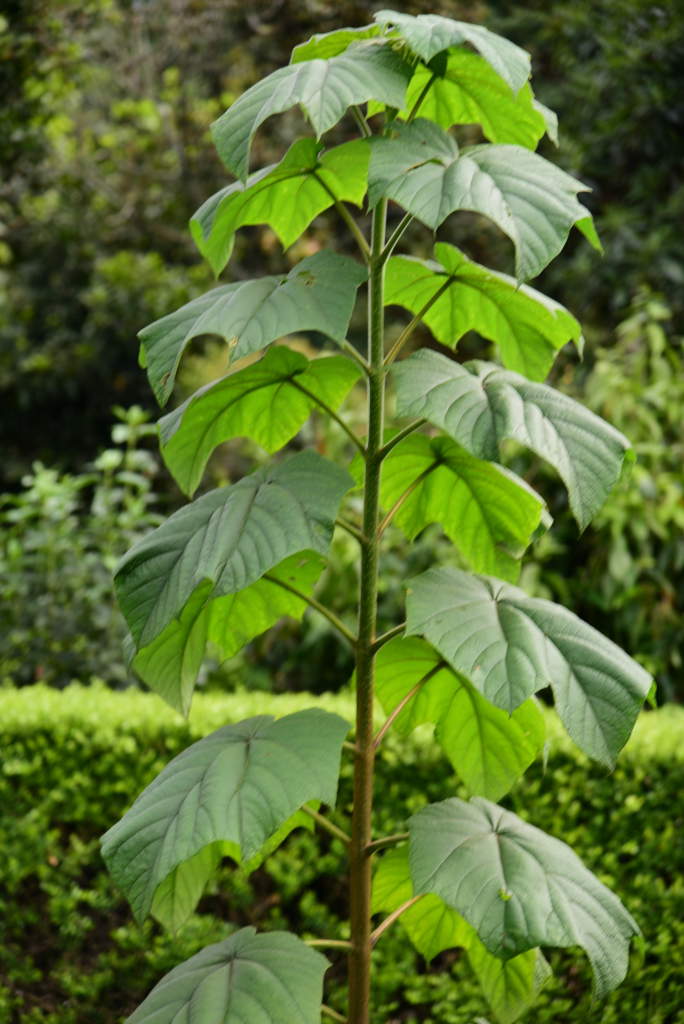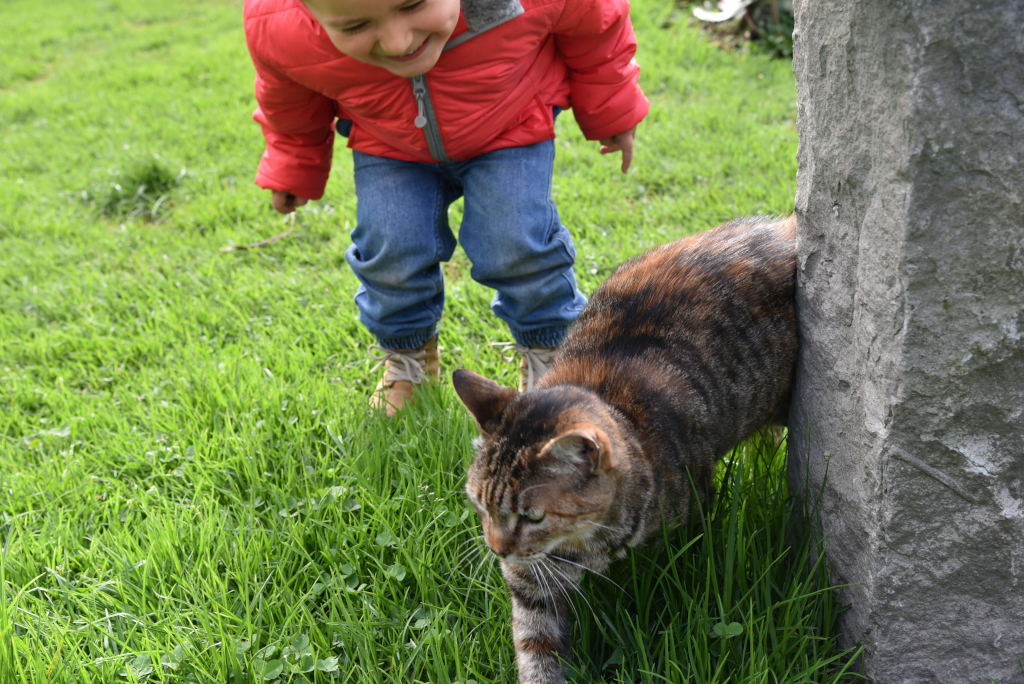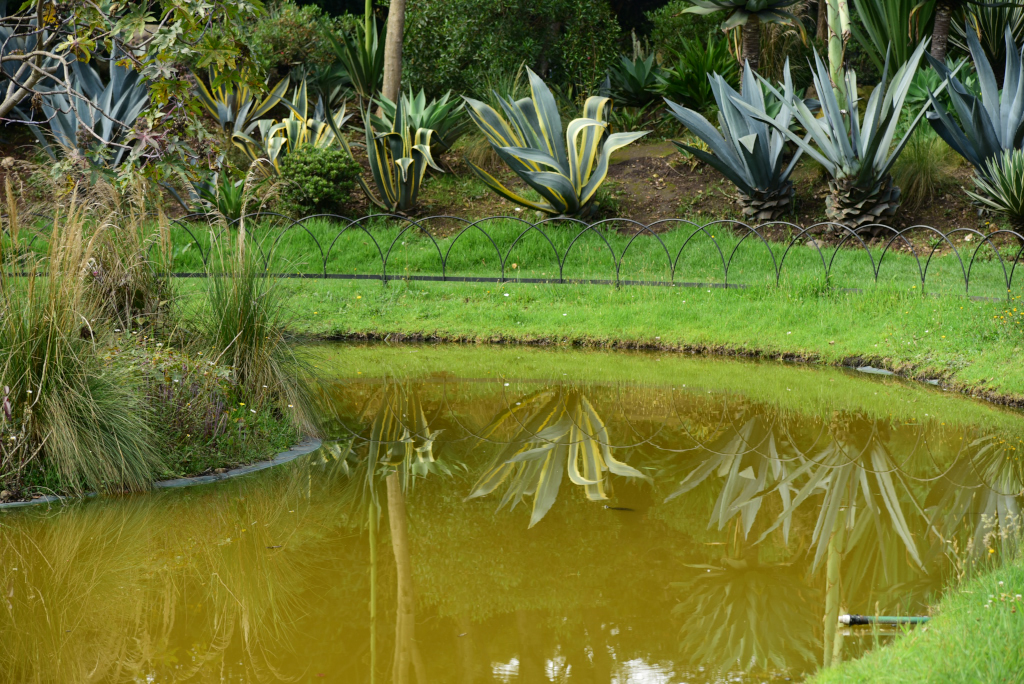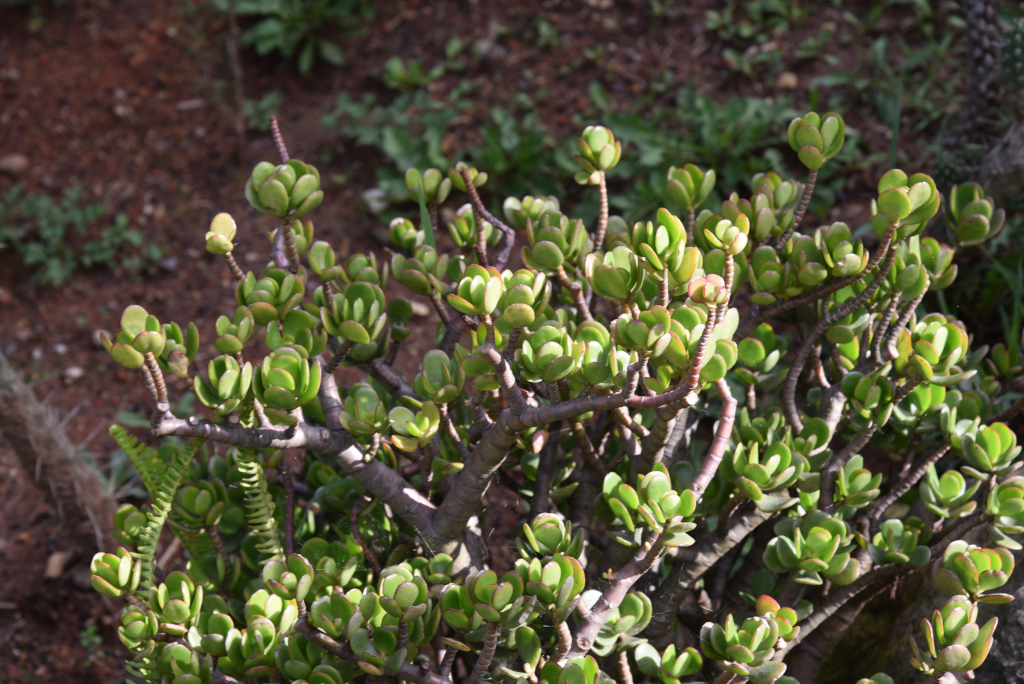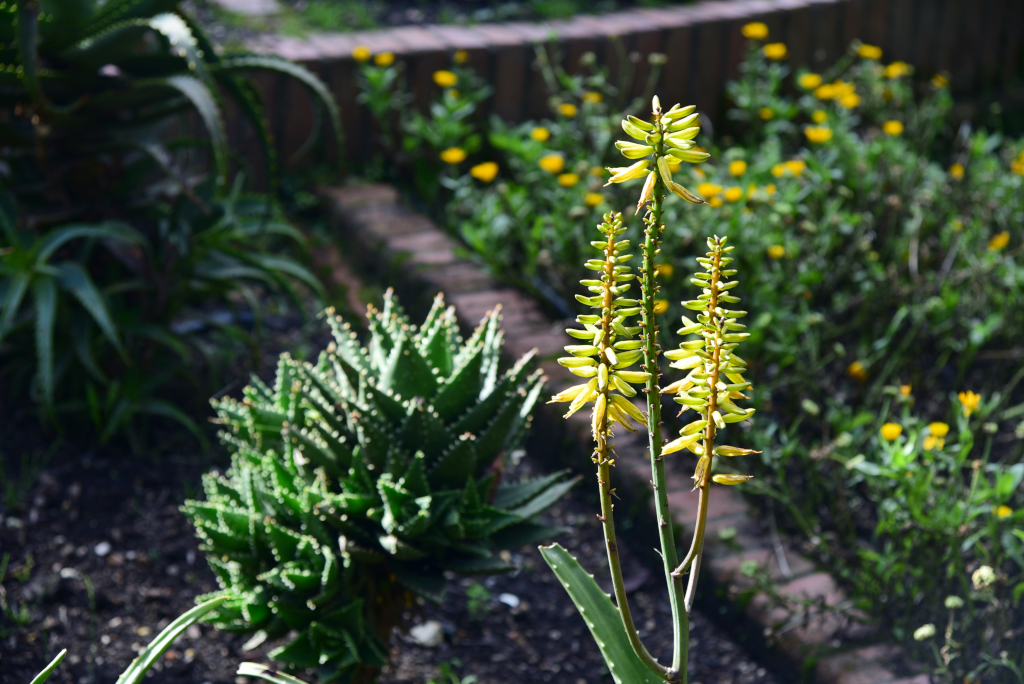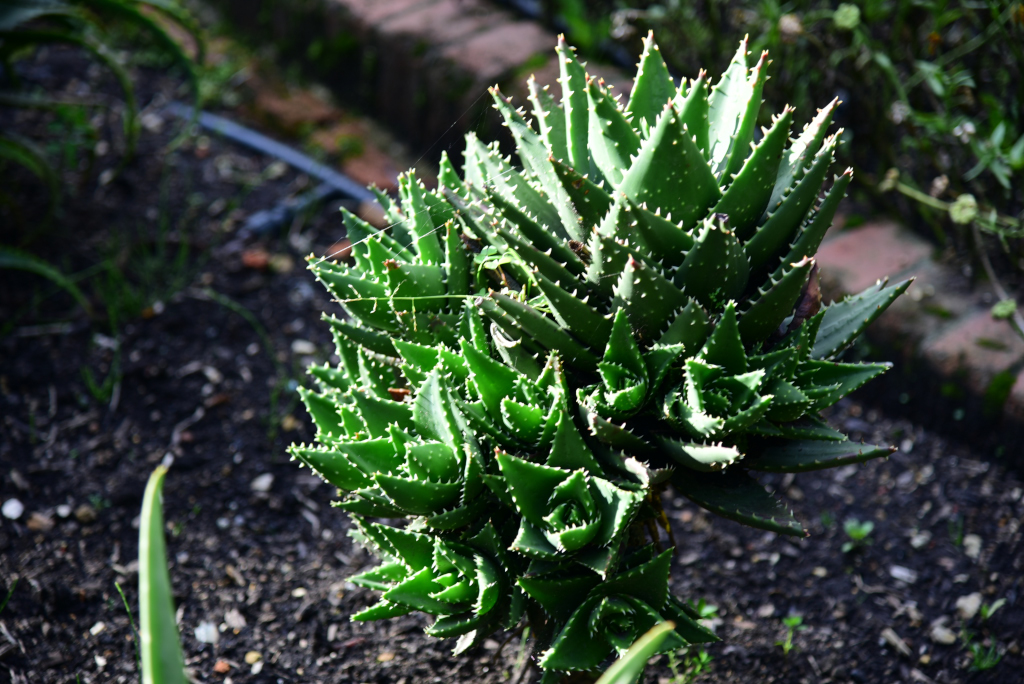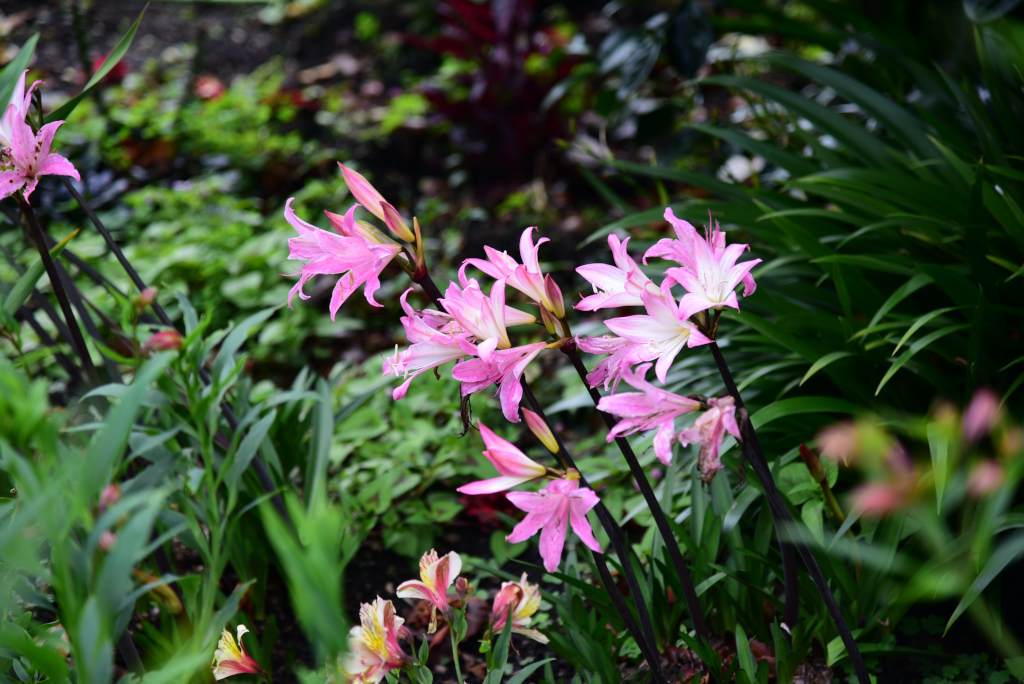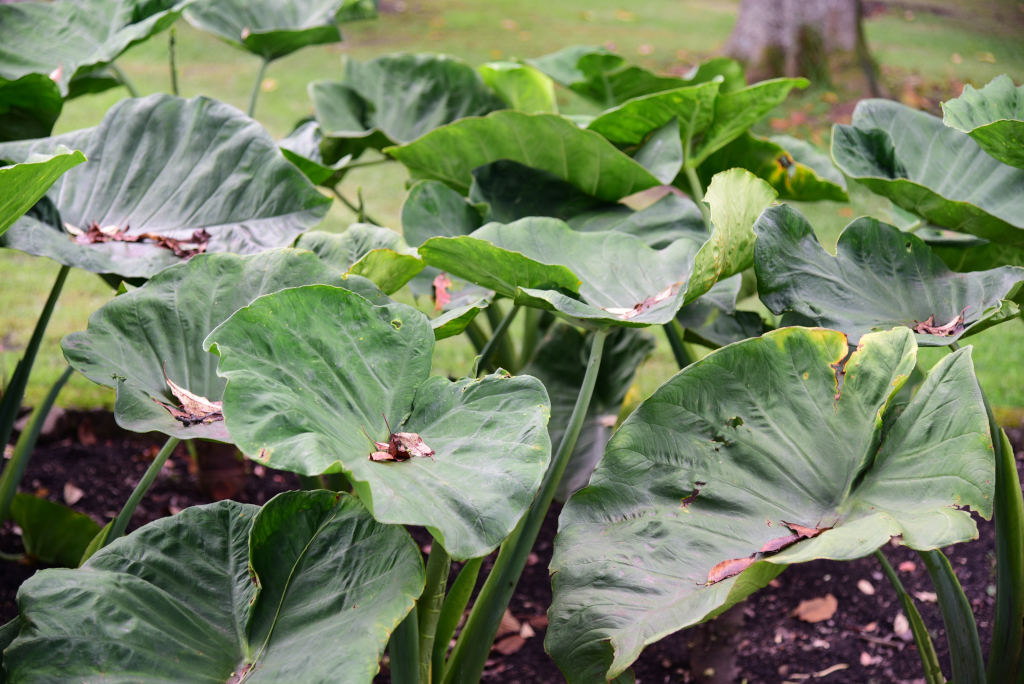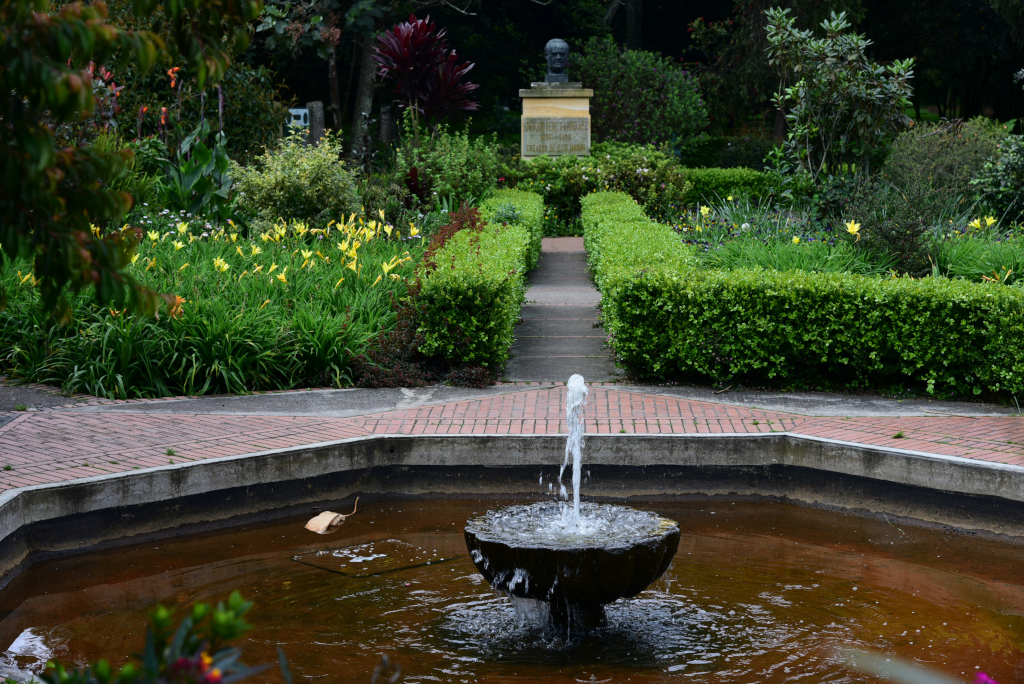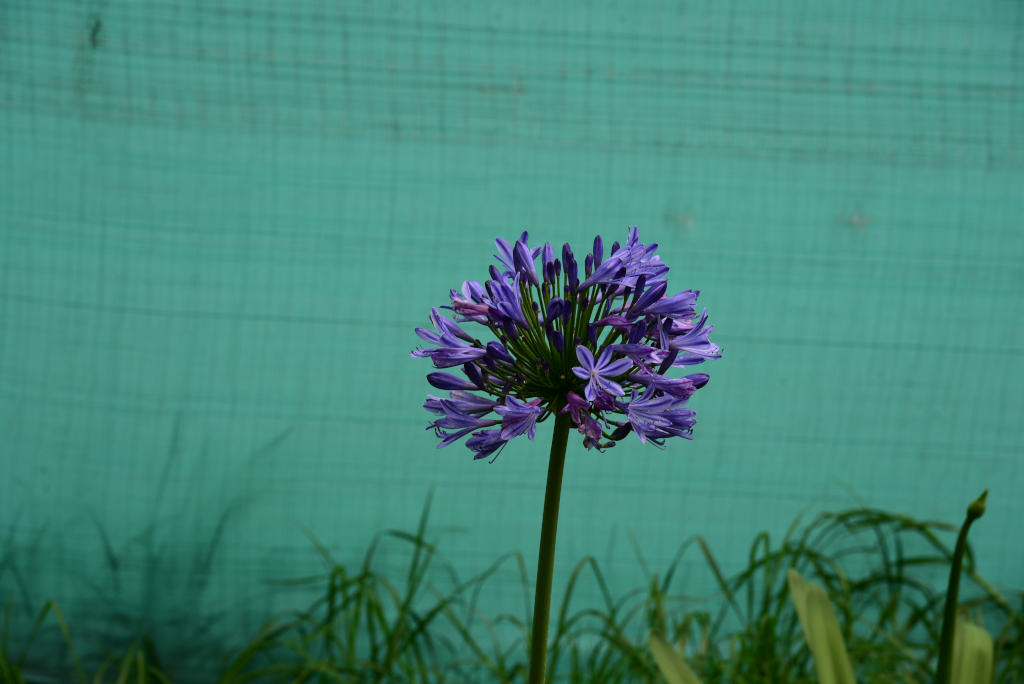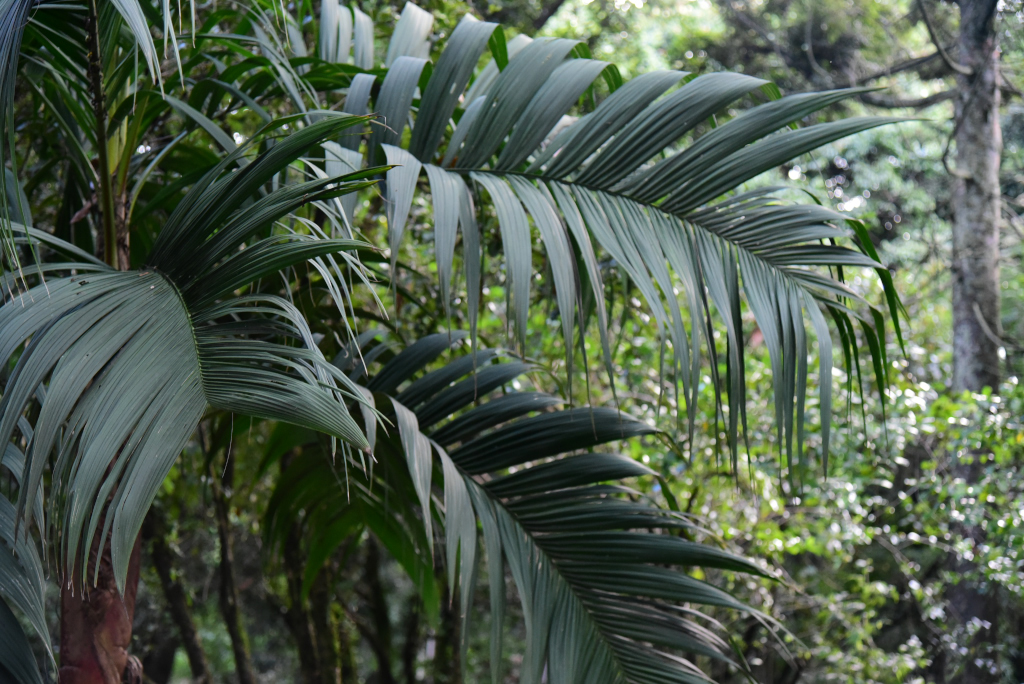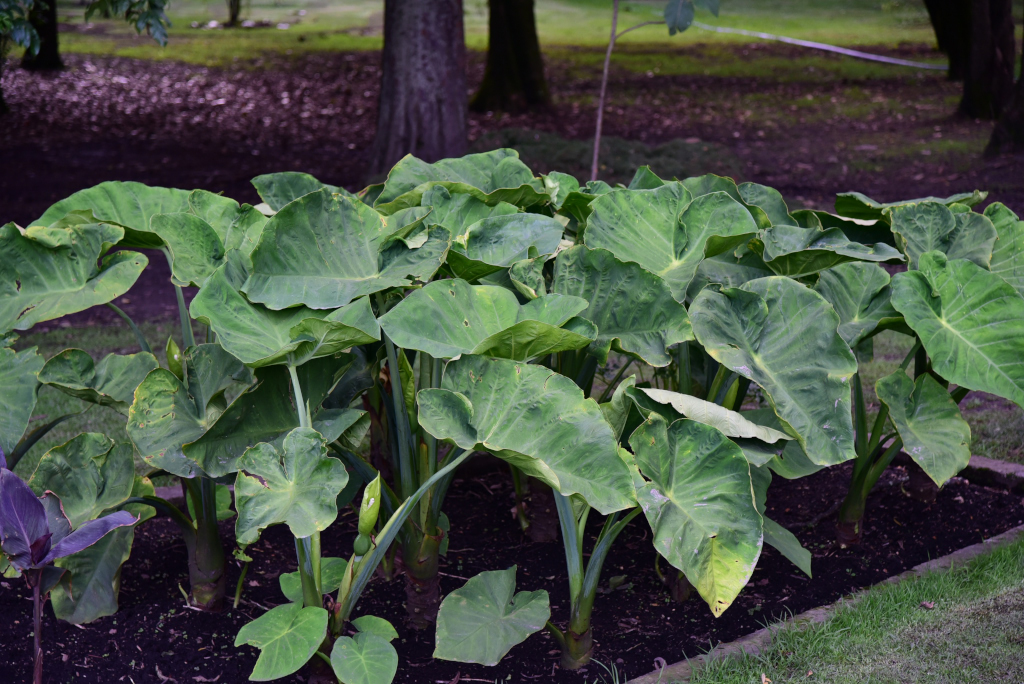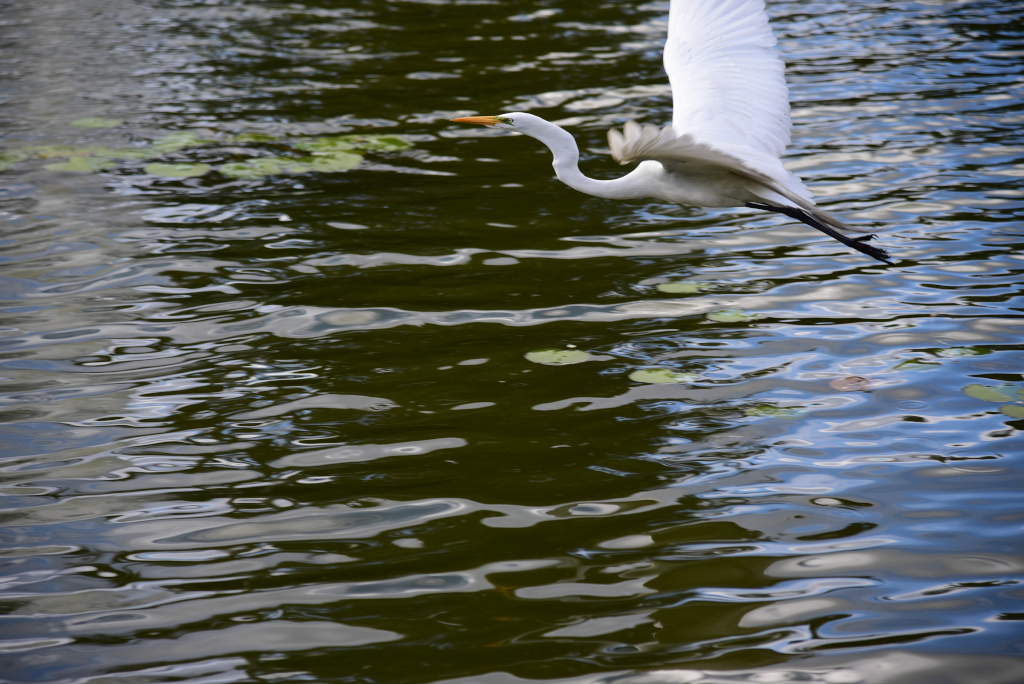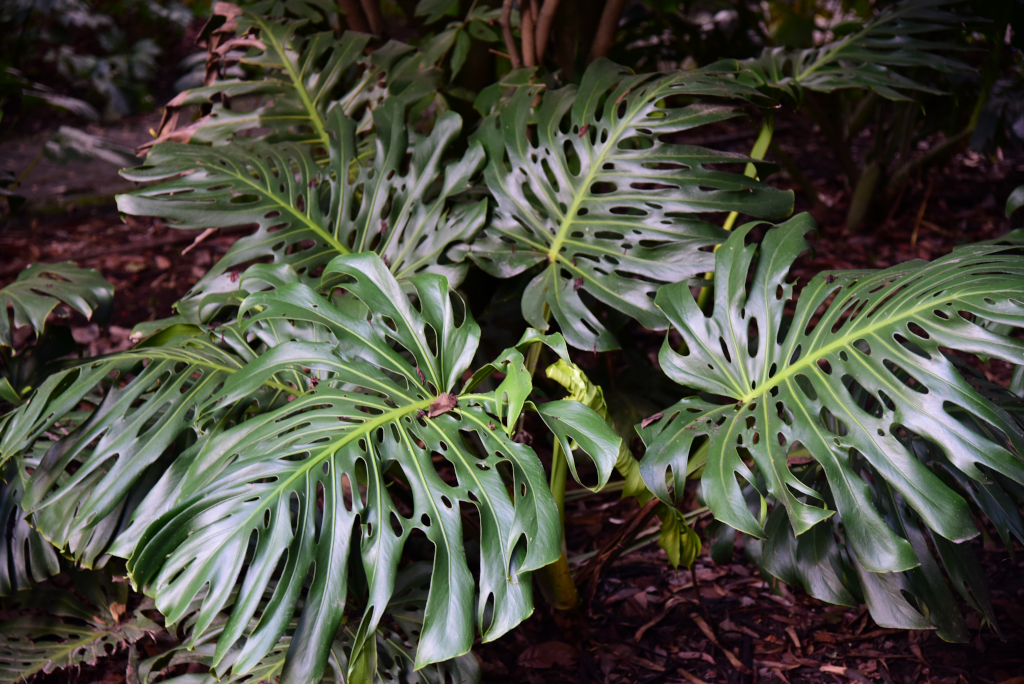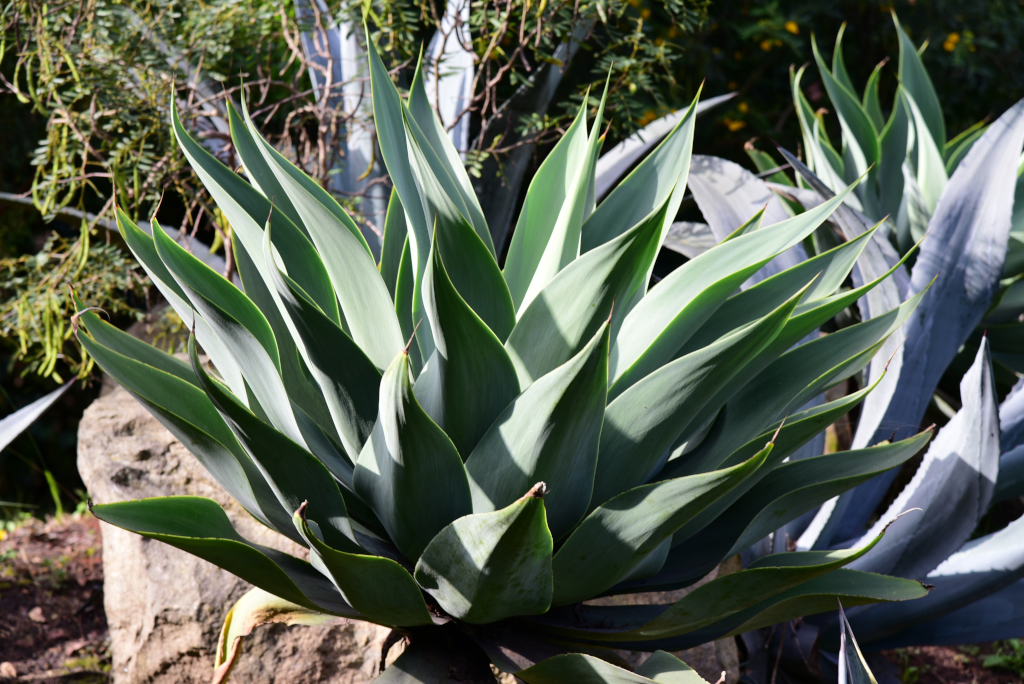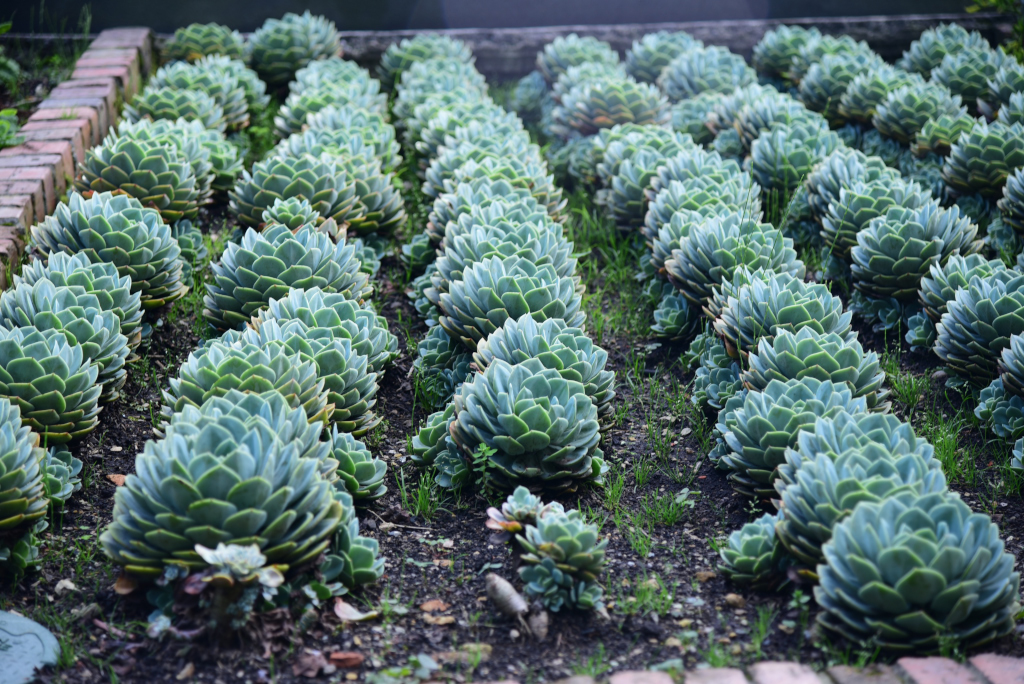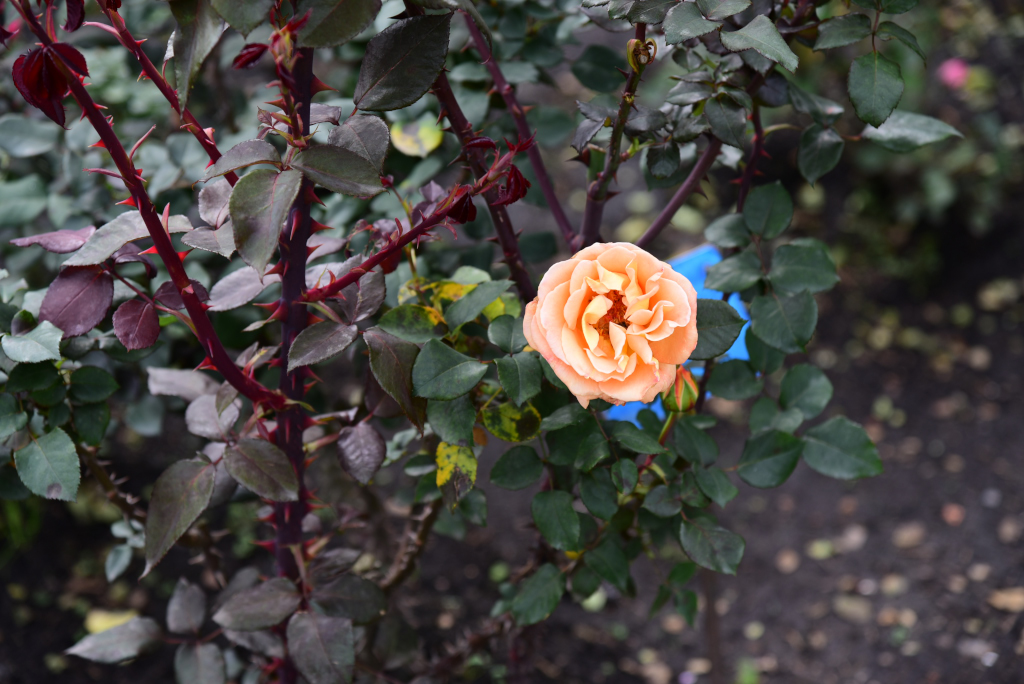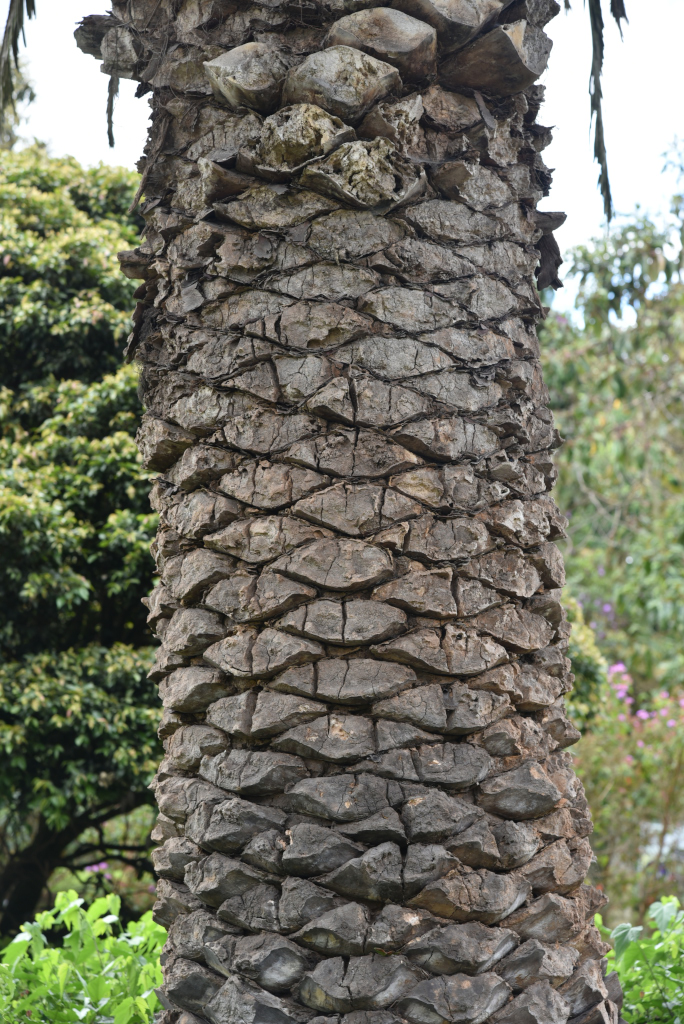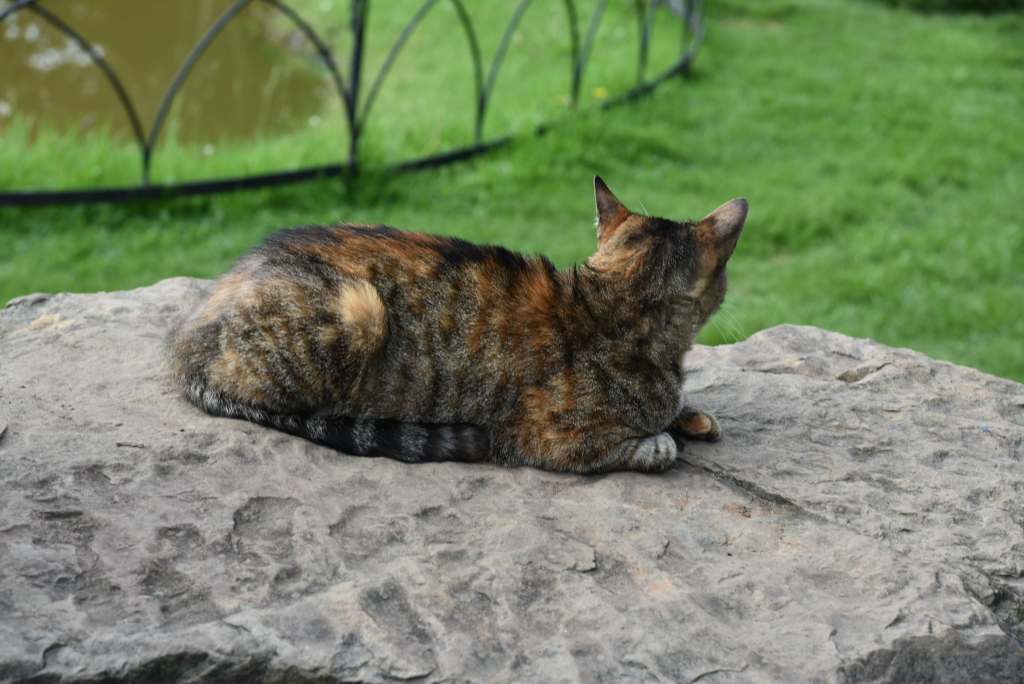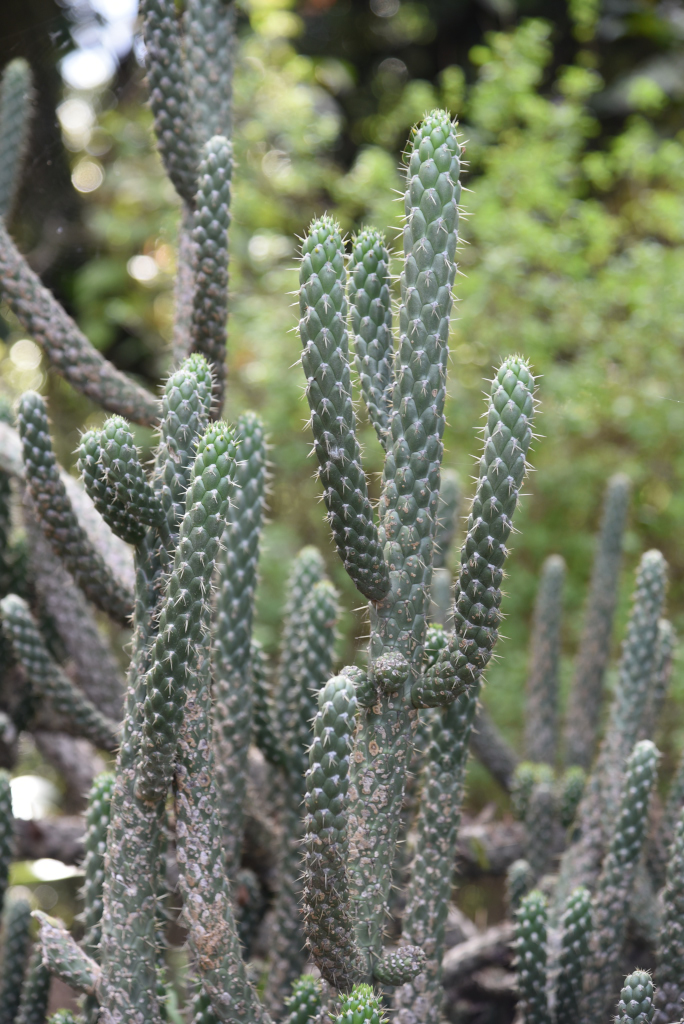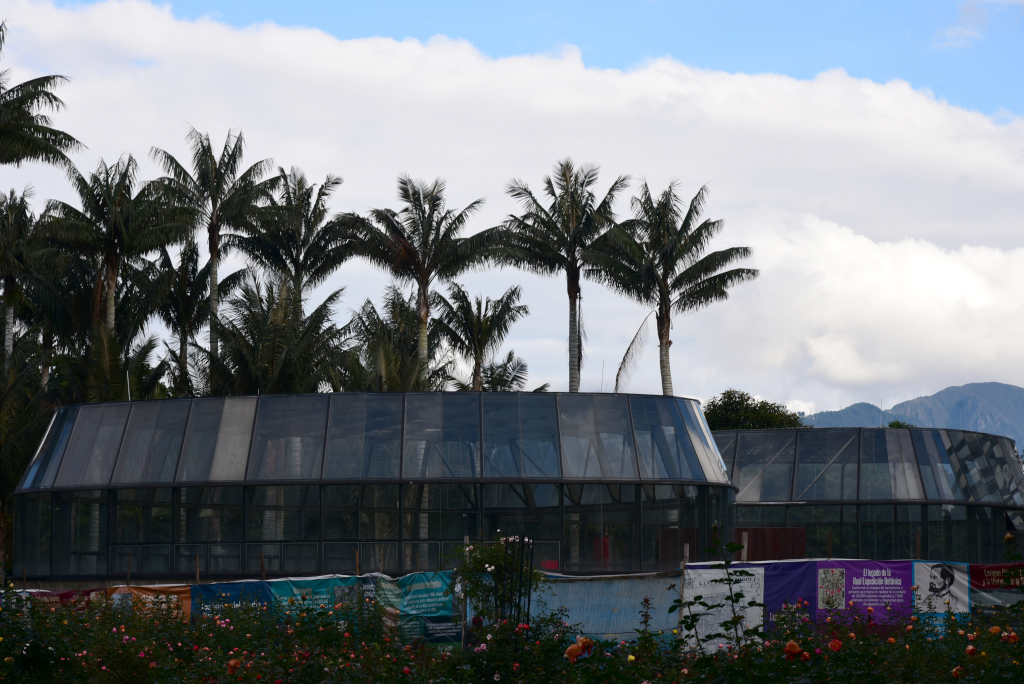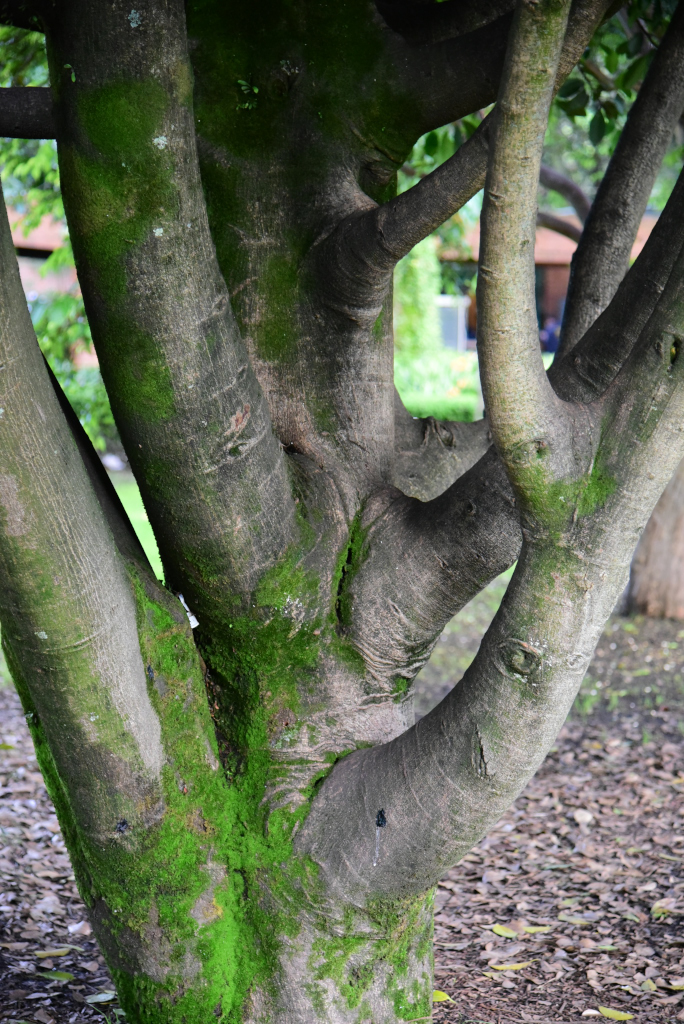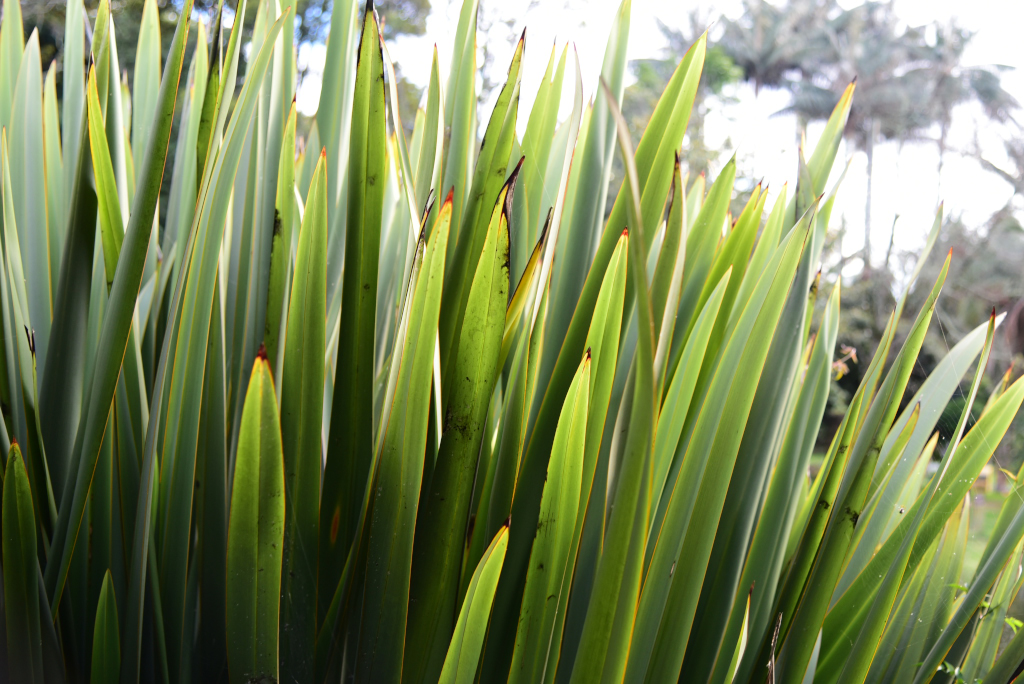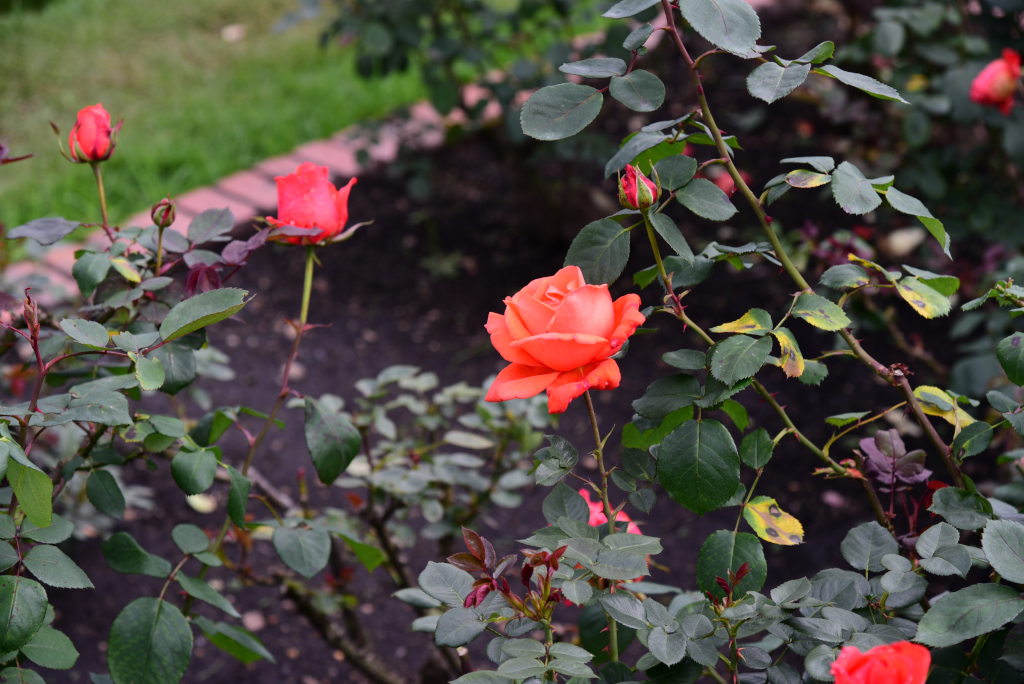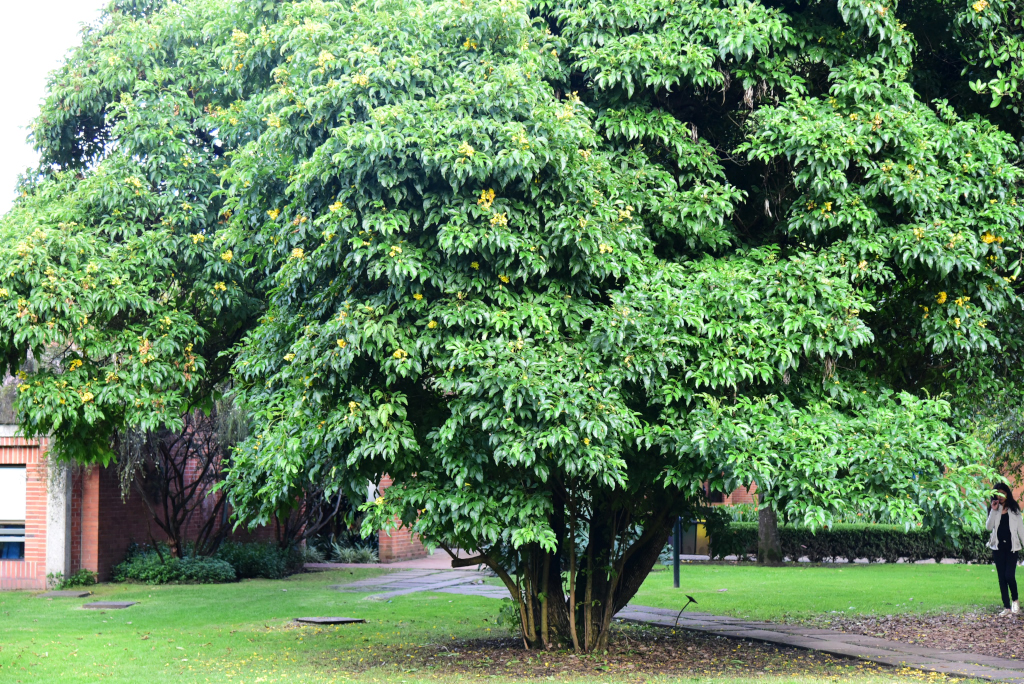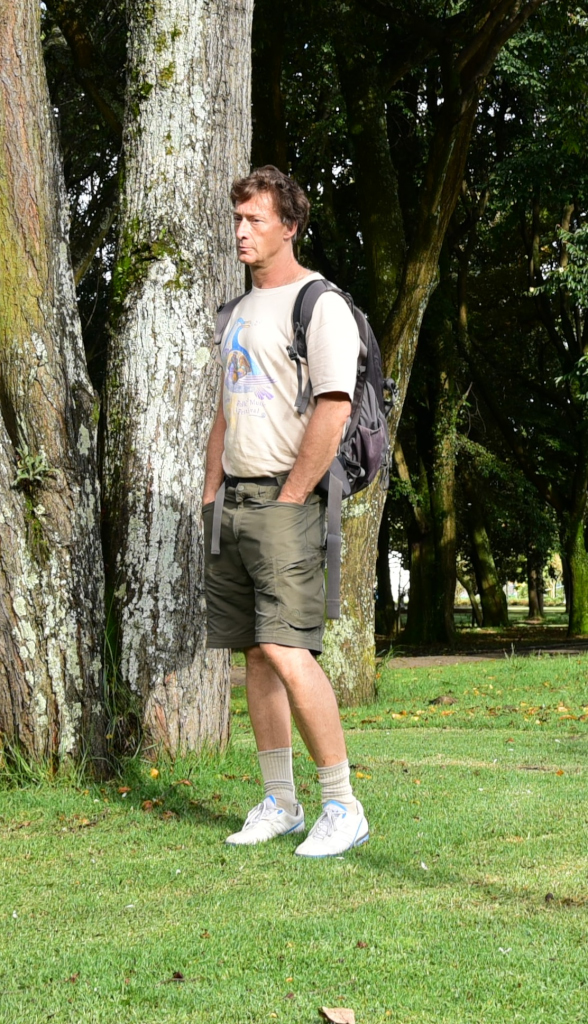April 15, 2018
I have big plans for my penultimate day in the city: a trip to the Botanical Gardens! I am not sure what to expect, but it does feel on the tail end of the smattering of obligatory excursions available to the itinerant tourist.
A comfortable morning waking up in the comfort of my overpriced AirBnB home on Calle 71. The knowledge that this area only represents the beginning of the city’s lavish enclave to the north is hardly perturbing, in fact, the somewhat hippie character of the modest apartment overlooking the quebrada is largely gratifying, and the proximity to all manner of indulgent eating establishments welcome as well, even if I would prefer not to pay their prices.
A breakfast of huevos revueltos, granola with banana, yogurt and outstanding black Exito coffee, and then out the door courtesy of the accommodating portero. Another espresso at the lavish Juan Valdez cafe on Calle 70, and into a taxi due west to the José Celestino Mutis botanical garden, apparently the country’s largest botanical garden.
Security is quite intense at the entrance, which would suggest that this popular attraction could be a possible target for people with unsavory intent. At either side of the entrance lie beds of what appear to be orange trumpet flowers.
The Botanical Gardens are divided into different types of vegetation, but any vegetation that occurs outdoors certainly must be able to tolerate the colder, rainier weather found in the capital region.
Plants reflect a wide array of not only flower shapes and sizes, but even more interesting, leaves with flat surfaces and in some cases needles, arranged in various patterns around branches, be it alternate, basal, whorled or in rows, the leaves divided into parallel segments or featuring mild indentation, with even edges, or edges that are dentate, sinuate, or with lobes, and ranging from tiny to half the size of a child. The possible variants range widely, what with the diverse biome Colombia’s climatic zones can support.
According to Wikipedia, the botanical garden houses ca. 19,000 live plants and around 2,346 taxons of cultivated plants. The plants presented to the public range from the Guajira to the highland páramos, to the heights of the Colombian Andes as well as the Amazon rainforest. The garden includes five collections dedicated to the conservation of Andean plants in danger of extinction, including the botanical families of Araceae, Bromeliaceae, Cactaceae, Lamiaceae y Orchidaceae.
The Botanical Garden has pedestrian and vehicle entries, a lake, a waterfall, laboratories, propagation tunnels, an environmental room, and an auditorium for conferences and concerts. It also offers services such as: library, video-forum, sales of publications, a restaurant, a cafeteria, and a commercial garden center. The organization carries out children workshops, environmental expeditions, technical consultancy, and temporal exhibitions of flowers and plants such as orchids, bromelias, roses, bonsai, and heliconias.
There are greenhouses climatized at different temperatures, where a variety of flora can be found from different regions in Colombia, although the greenhouses are closed at the time of my visit. In addition to displaying plants native to Colombia to the visiting public, they are also used as botanical research facility. The gardens include a “Sistemático”, a place where the plants are organized according to their evolution level.
The Botanical Garden is a world full of nature and colour, comprising a total area of 19 hectares (47 acres). Its name honors the memory of the wise man José Celestino Mutis, who was the director of the Botanical Expedition.
The organization that manages the botanical gardens promotes and performs preservation, environmental education, and research activities related to the Colombian flora, particularly that of the savannah. It was founded in 1955 by the Colombian scientist Enrique Pérez Arbeláez.
The following are some of the plant species that can be found in the Botanical Garden: Andean forest, oak forest, cloud forest, conifer zone, criptogamium (plants lacking of flowers), herbal (medicinal plants), rose gardens, and a set of greenhouses with plants from warm, dry and rainy climates.

